International Flower and Horticulture Exhibition Fresh cut flowers that you have seen but may not be able to name
We have collated pictures from the two exhibitions in 2017 and 2019. After the difficult process of determining the species, this issue will introduce to you the flowers that appeared at the exhibitions, which you may have seen but not necessarily recognized.
They are divided into four categories according to their commonness and usage, with a total of 77 types.
1. Basic class, the most common
1. Rosaceae, Rosa chinensis
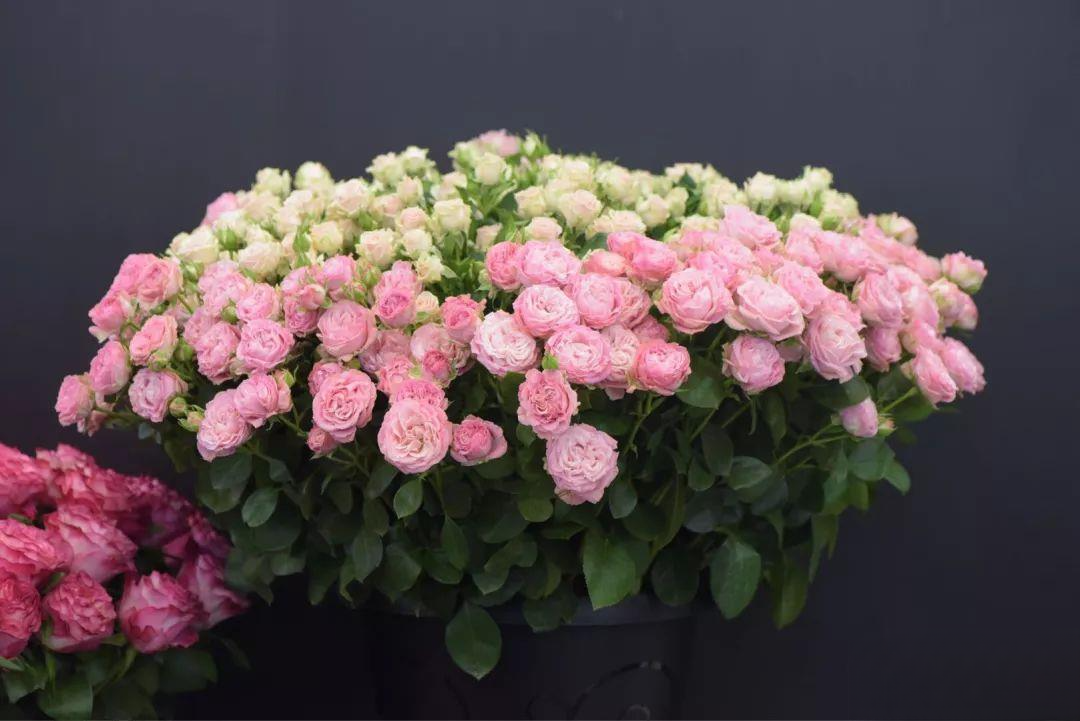
The "roses" used in fresh cut flowers are all roses in plant taxonomy, covering almost all colors except blue-black, and are generally divided into single-headed and multi-headed types.
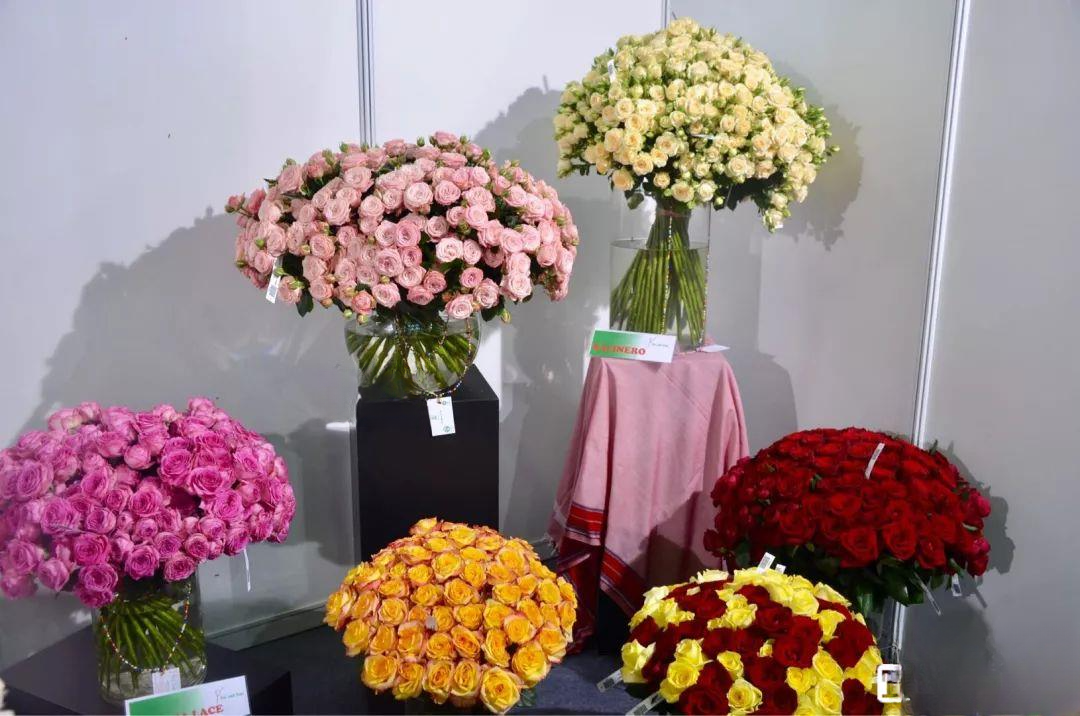
2. Asteraceae, Helianthus, Helianthusannuus
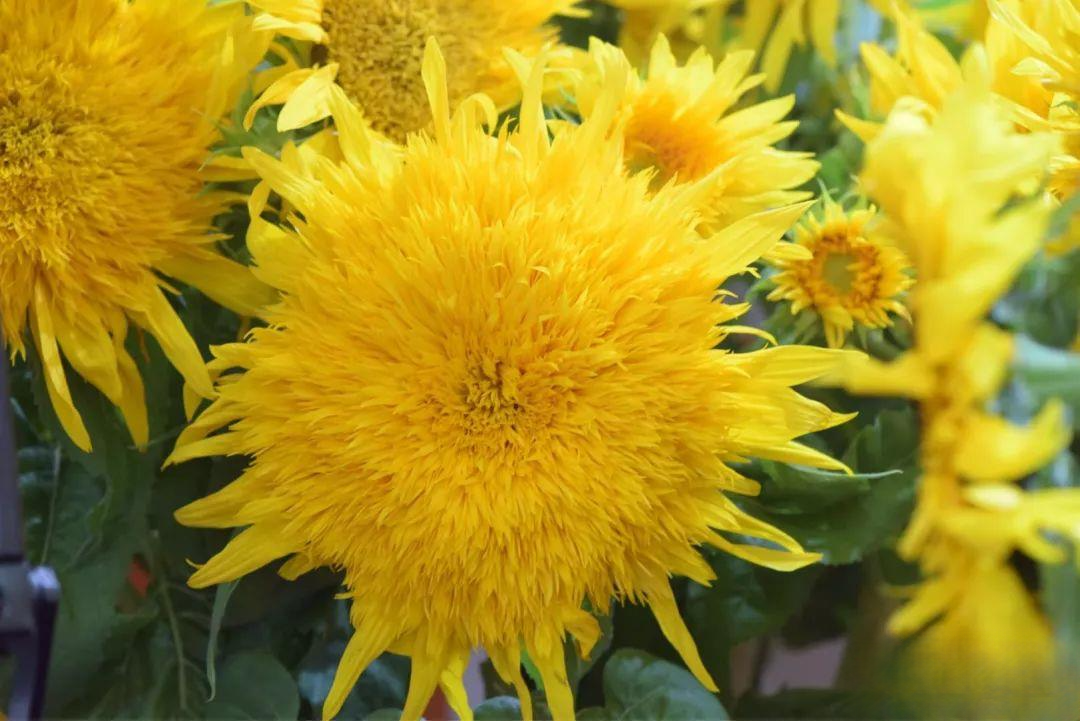
Different from edible sunflowers, cut sunflowers have smaller flowers and are mostly double-petaled varieties.
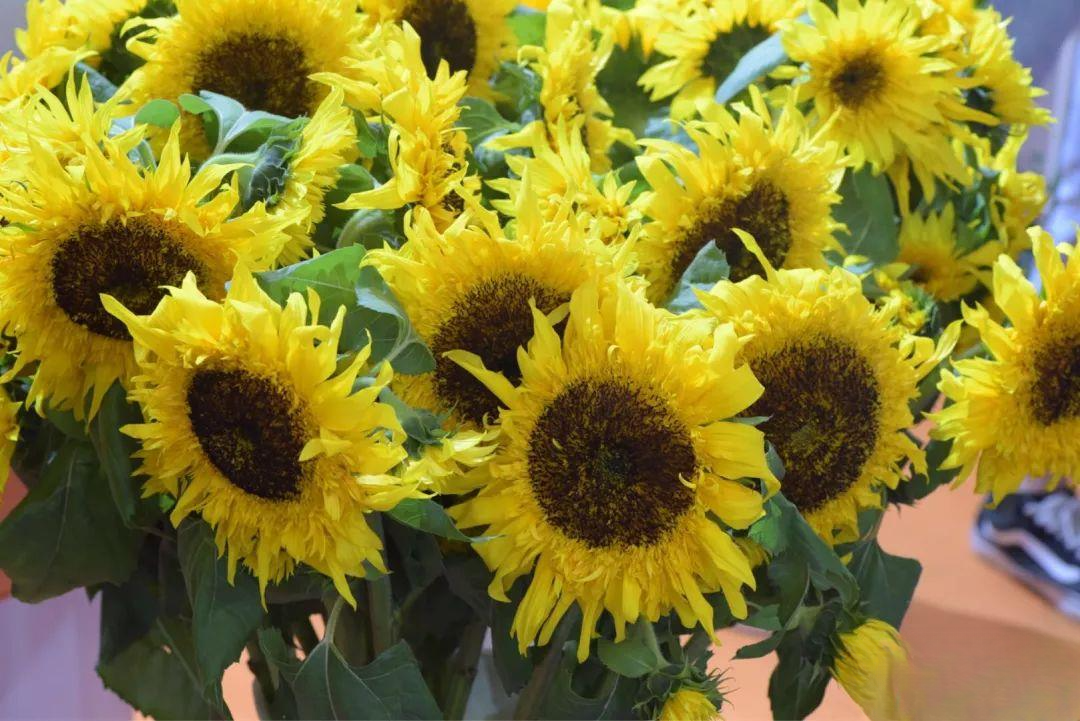
3. Asteraceae Chrysanthemum Chrysanthemum morifolium
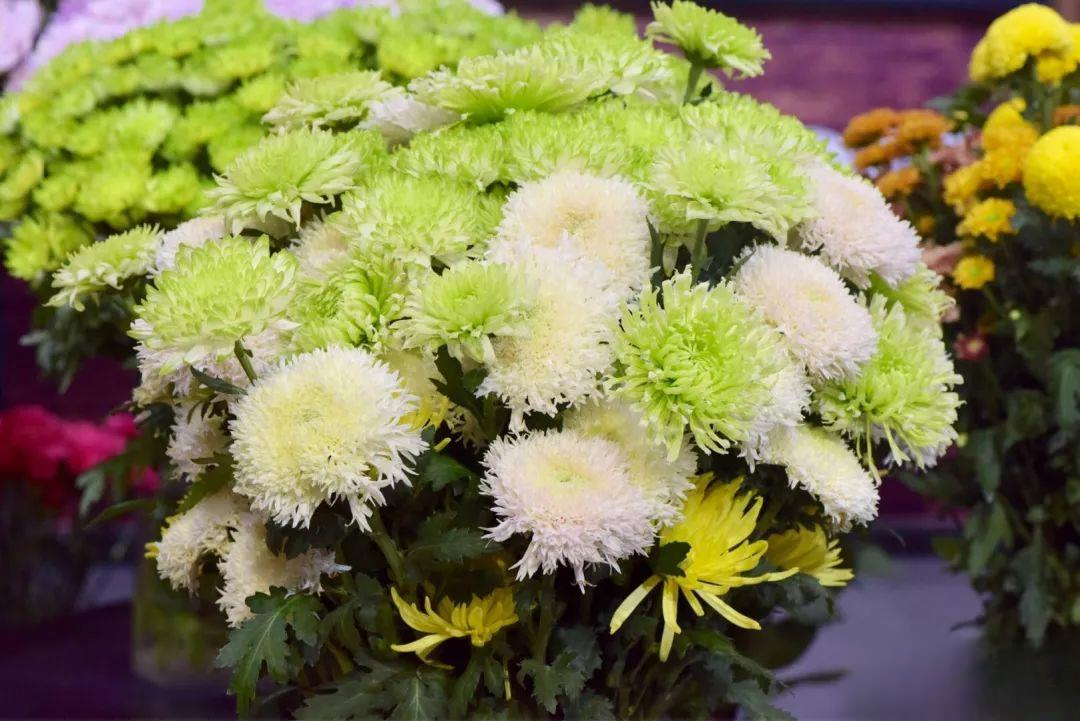 There are also many types of chrysanthemums among fresh cut flowers, which are divided into single-headed chrysanthemums and multi-headed chrysanthemums according to the number of flowers.
There are also many types of chrysanthemums among fresh cut flowers, which are divided into single-headed chrysanthemums and multi-headed chrysanthemums according to the number of flowers.
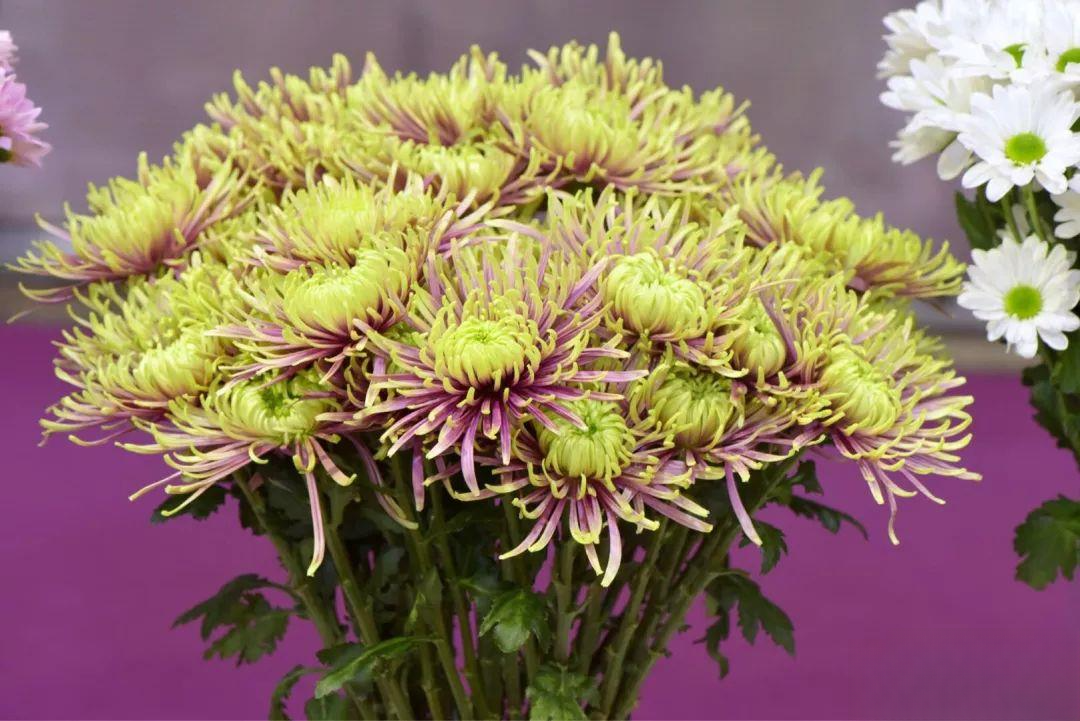
4. Caryophyllaceae Dianthus Dianthus caryophyllus
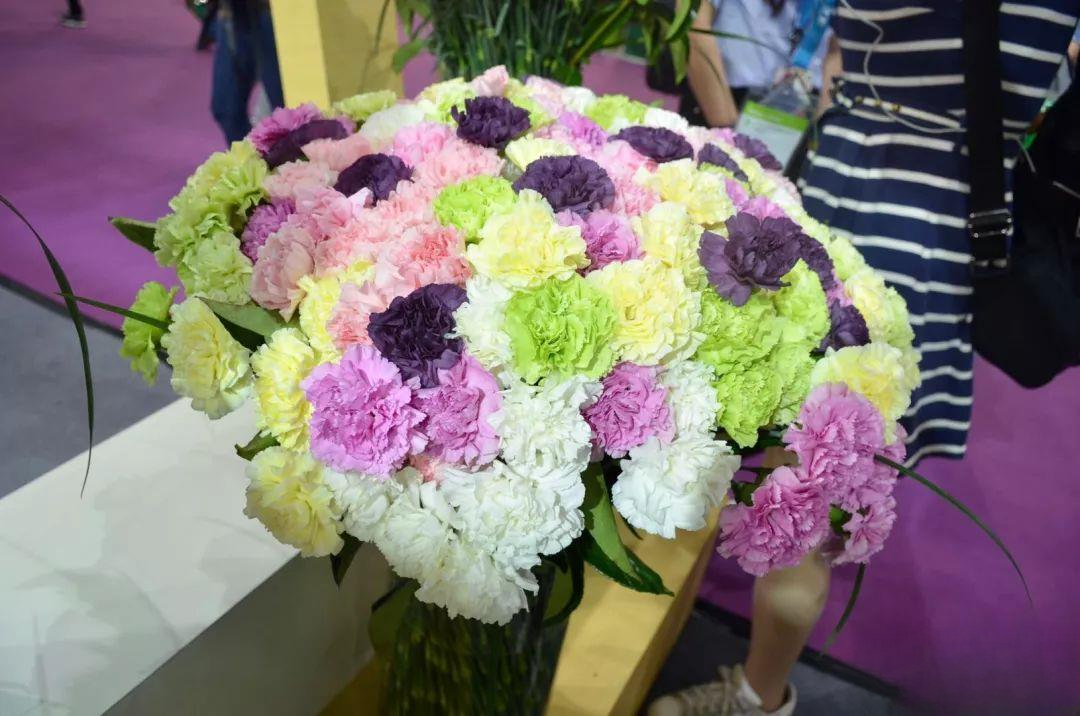
The double-petal variety of carnation is carnation .
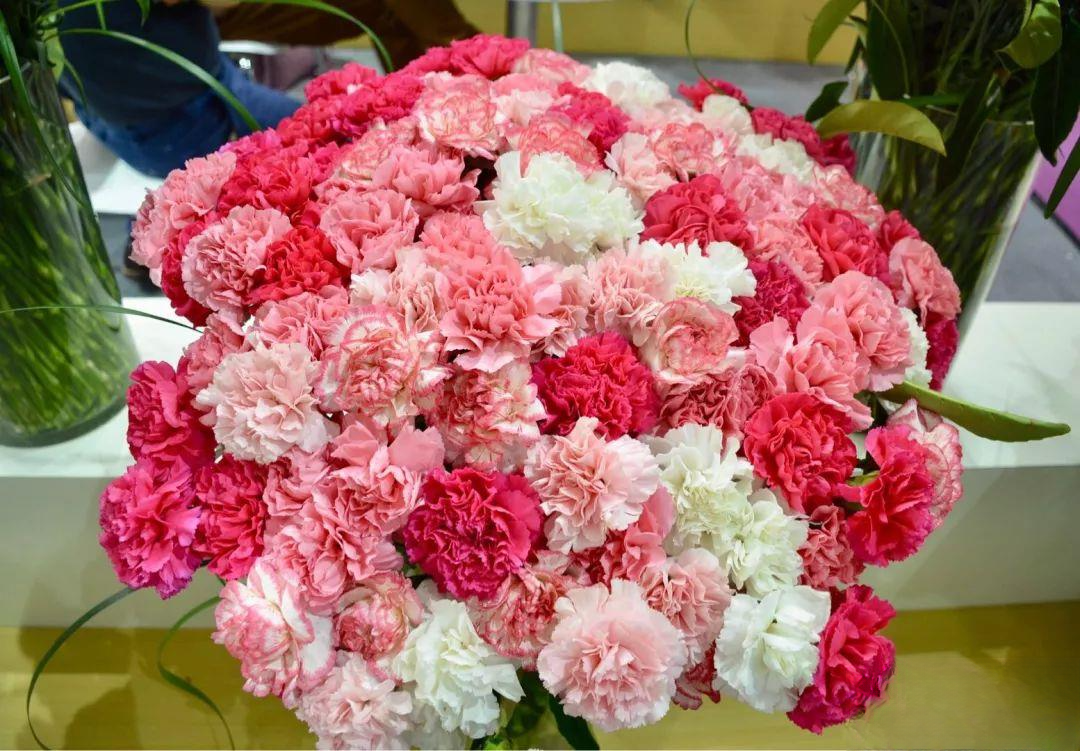
5. Liliaceae, Tulipa, Tulipa gesneriana
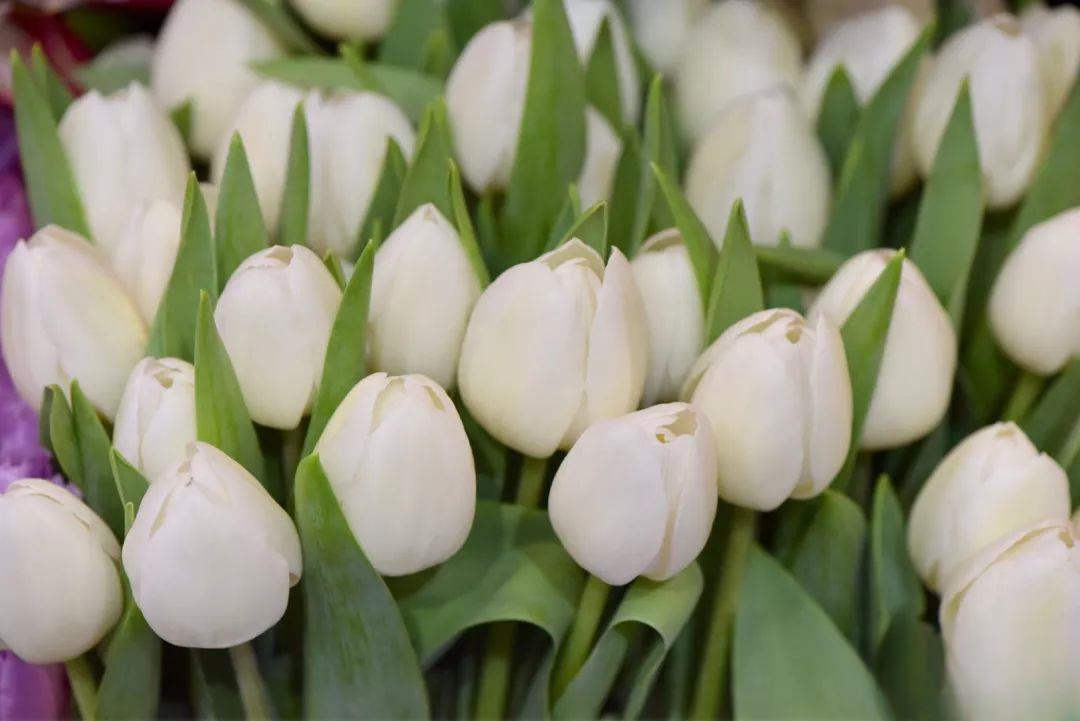
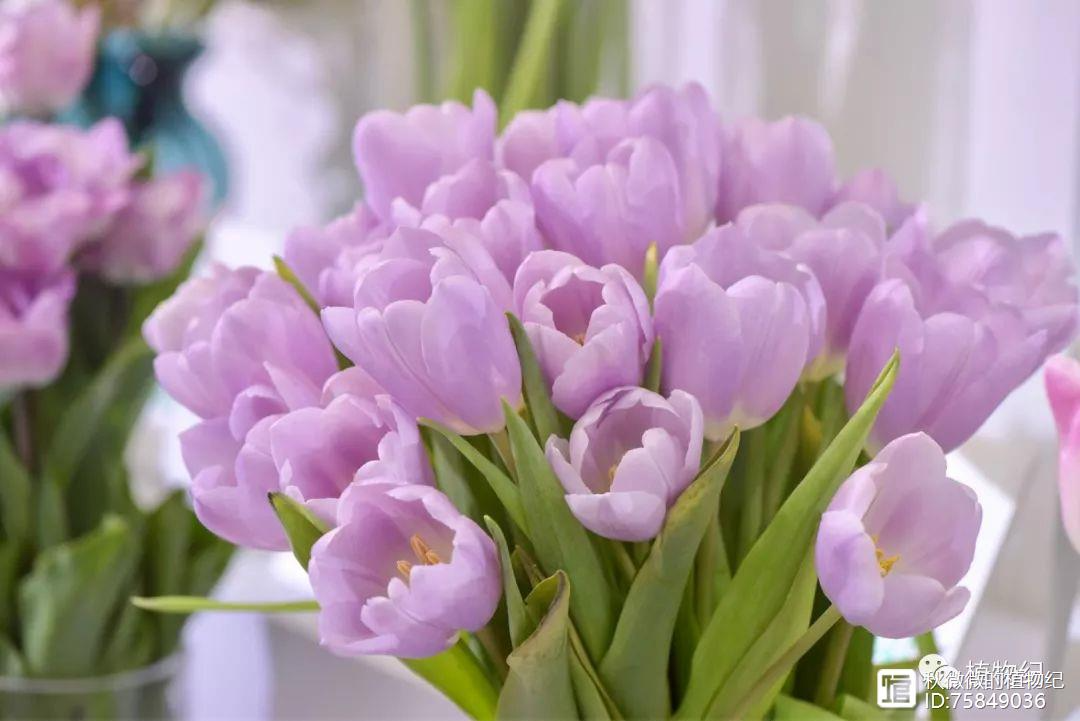 6. Liliaceae Lilium concolor var.
6. Liliaceae Lilium concolor var.
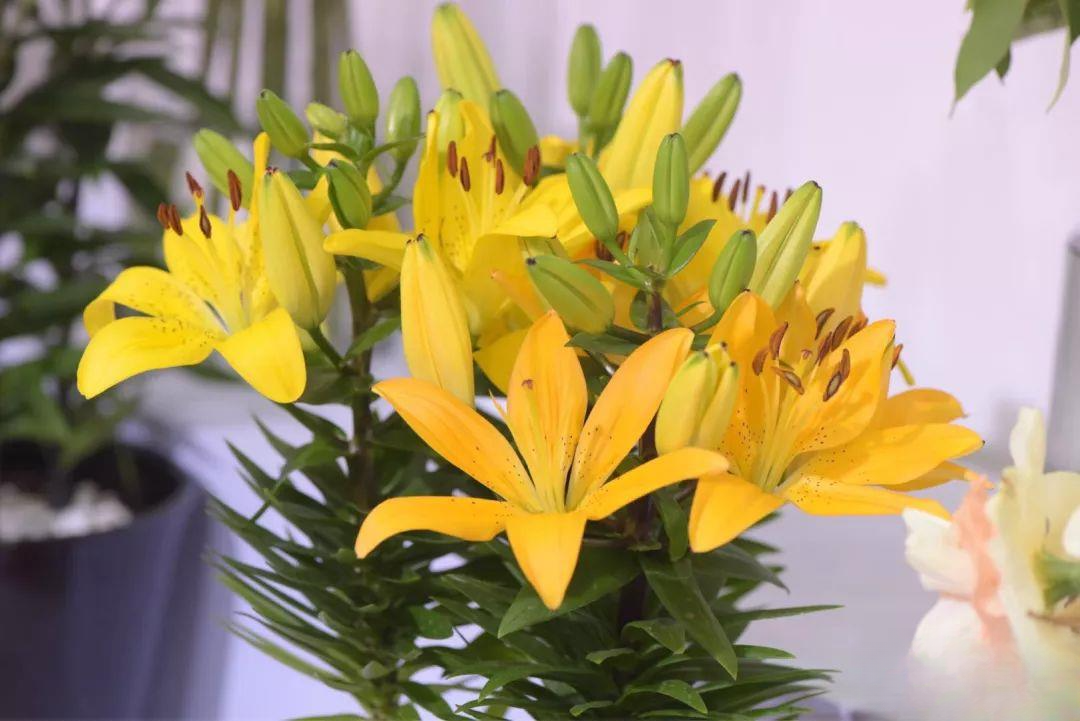
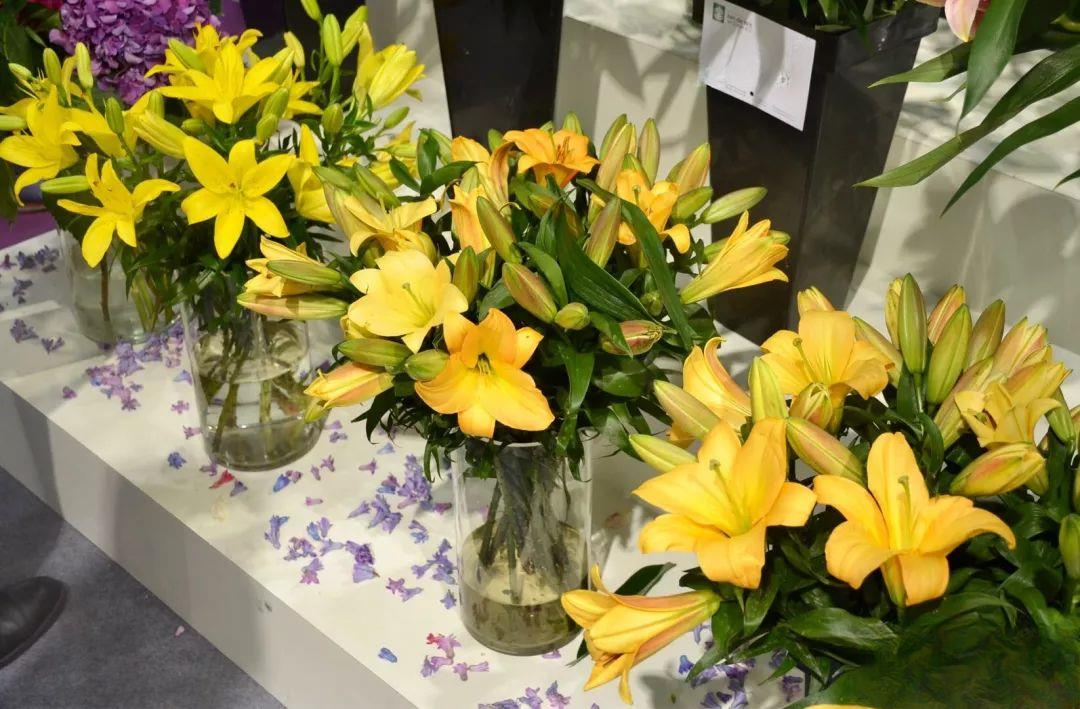
7. Amaryllidaceae Hippeastrum Hippeastrum rutilum
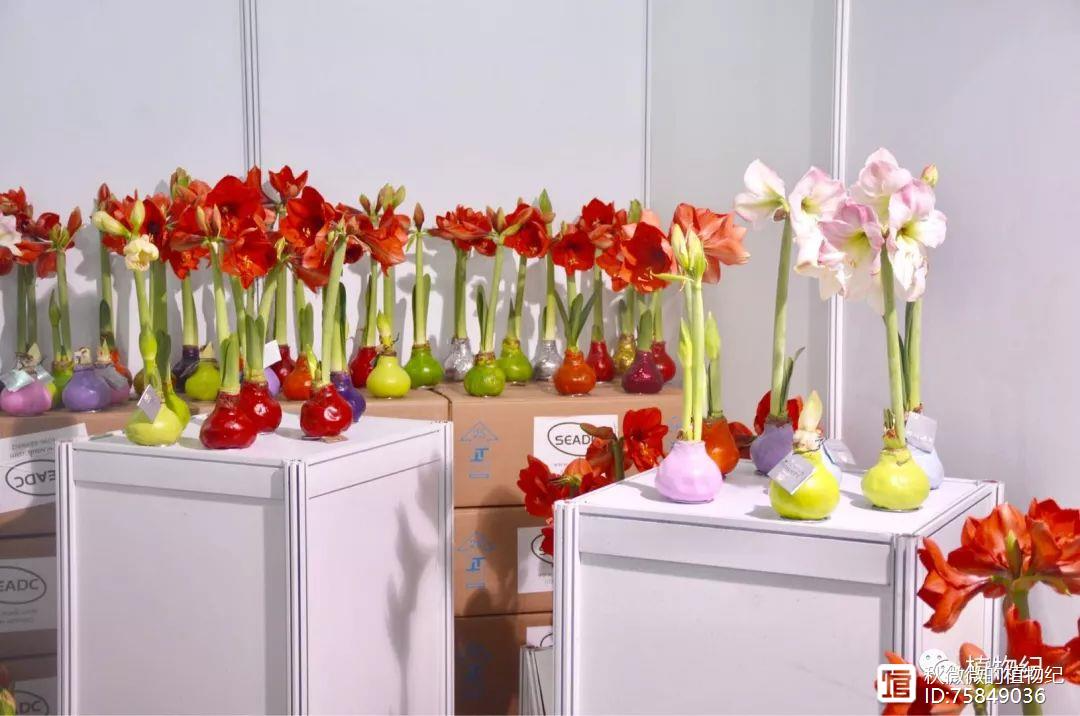 Also known as amaryllis, its flower shape is similar to lily, the difference is that there are 2-6 flowers in the terminal inflorescence, the flower stems are thick, and there are no leaves or a small number of leaves when flowering.
Also known as amaryllis, its flower shape is similar to lily, the difference is that there are 2-6 flowers in the terminal inflorescence, the flower stems are thick, and there are no leaves or a small number of leaves when flowering.
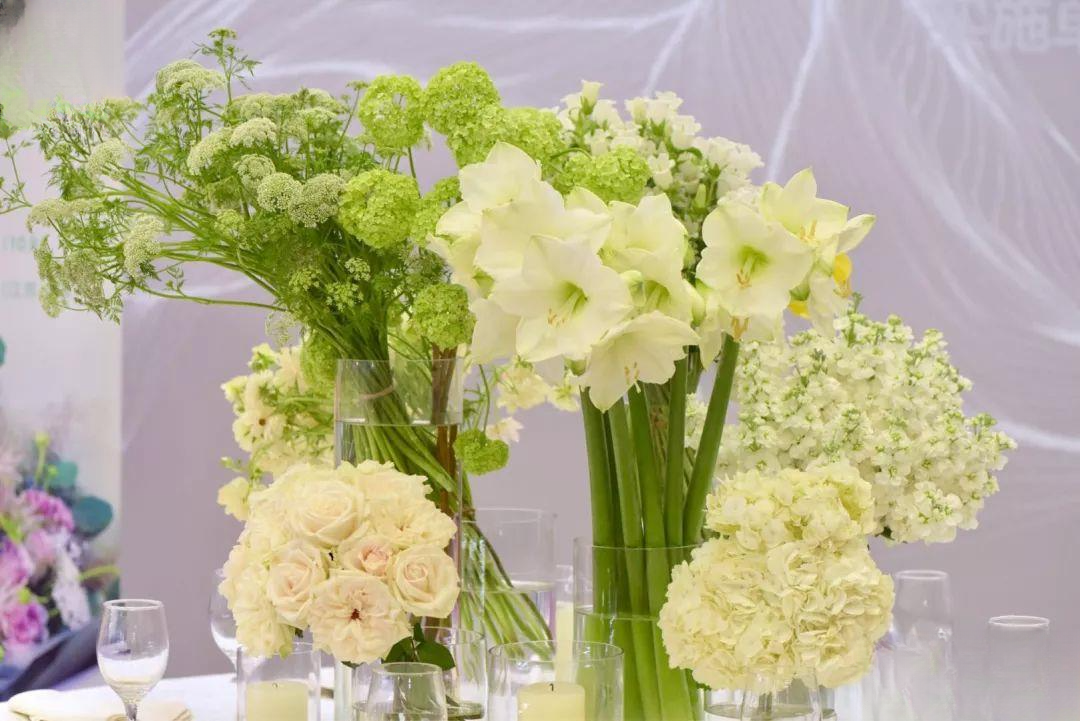
8. Amaryllidaceae Narcissus Narcissuspseudo-narcissus
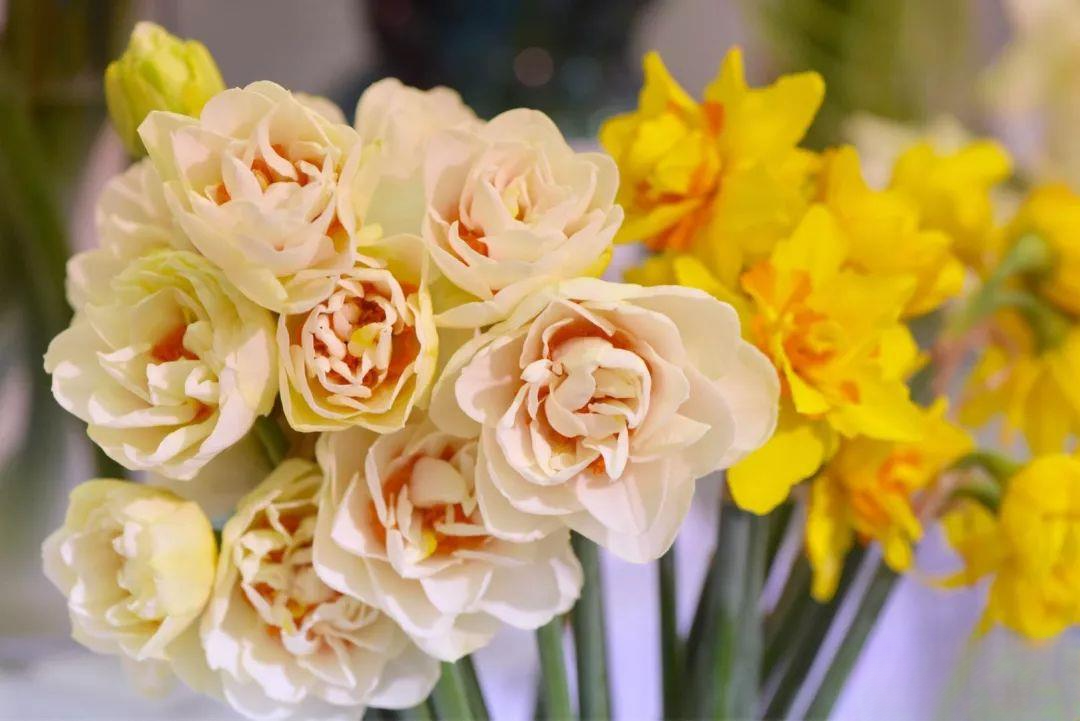 Daffodils are also known as daffodils . Compared with Chinese daffodils, daffodils have larger flowers and longer stems, and come in single and double petal varieties.
Daffodils are also known as daffodils . Compared with Chinese daffodils, daffodils have larger flowers and longer stems, and come in single and double petal varieties.
9. Gentianaceae Eustoma Eustoma grandiflorum
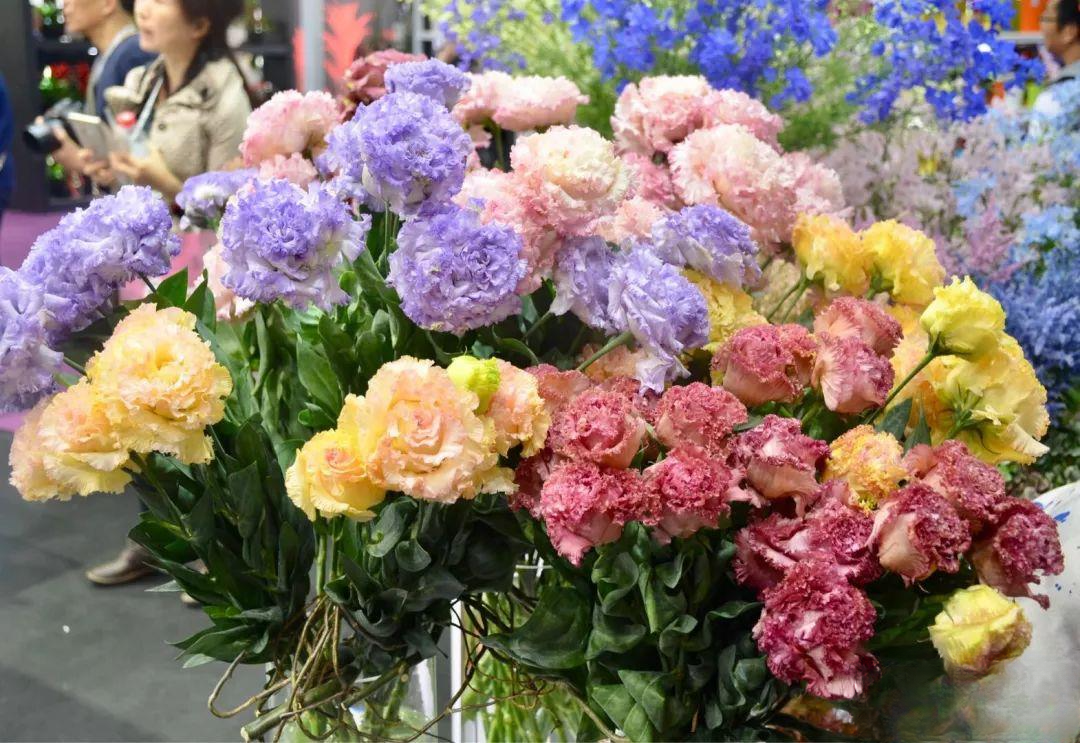
10. Asparagaceae Hyacinthus Hyacinthusorientalis
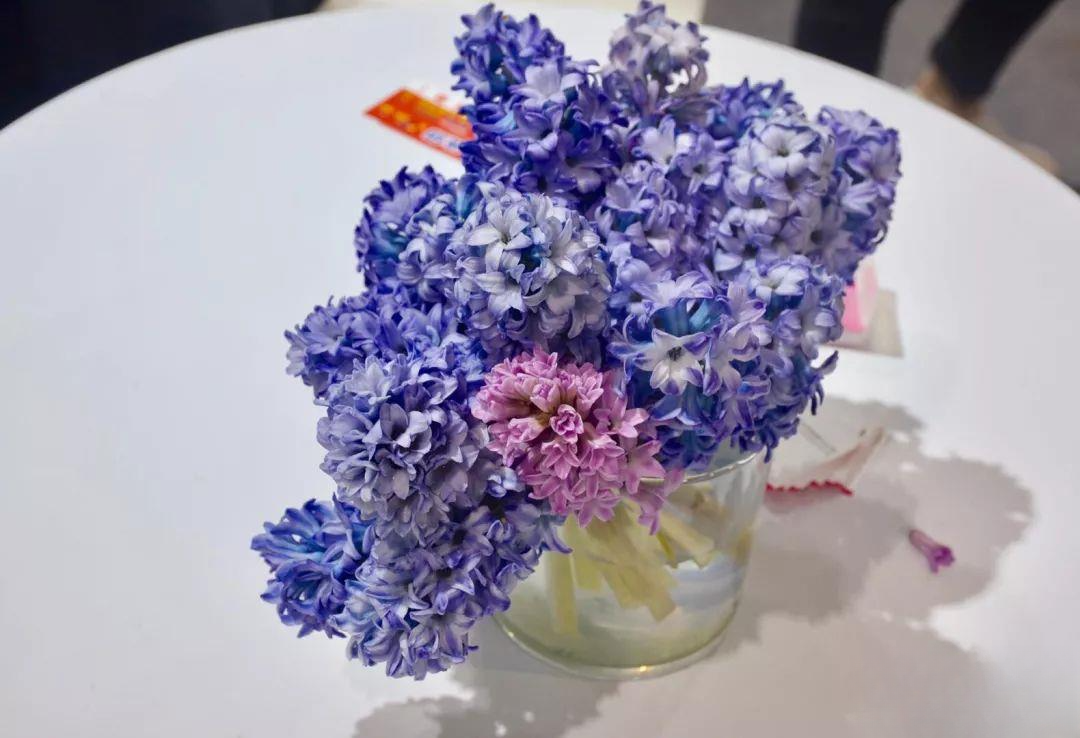
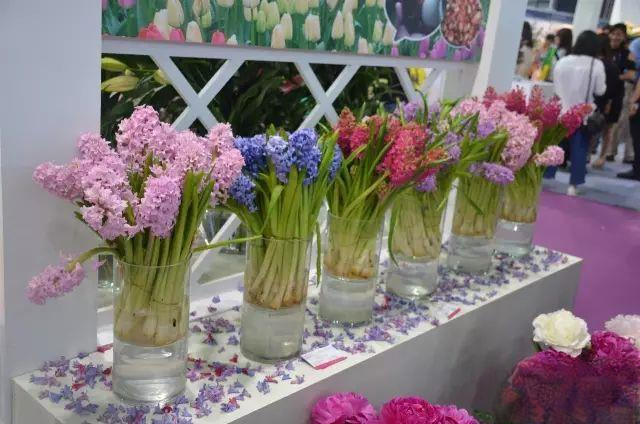
11. Asparagaceae, Muscari, Muscaribotryoides
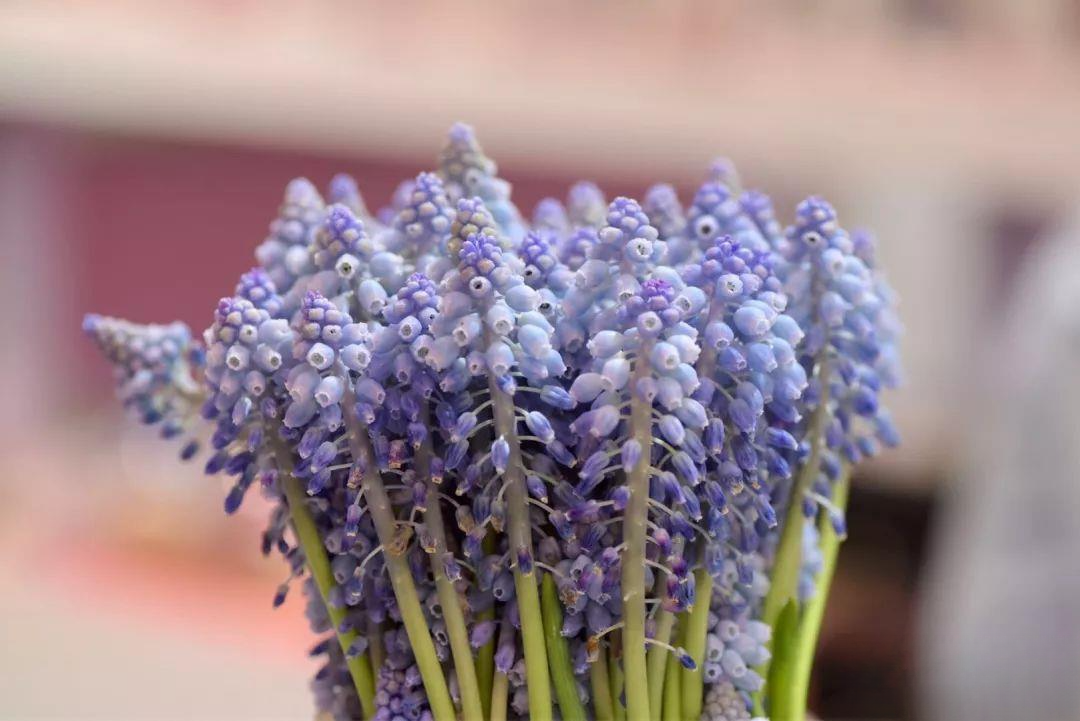 Hyacinths and grape hyacinths are often grown in potted plants. Because their flower stems are soft and easily lose water, they are rarely used as cut flowers. However, the blue-purple grape hyacinths that look like small grapes are really cute.
Hyacinths and grape hyacinths are often grown in potted plants. Because their flower stems are soft and easily lose water, they are rarely used as cut flowers. However, the blue-purple grape hyacinths that look like small grapes are really cute.
12. Araceae Zantedeschia Zantedeschiaaethiopica
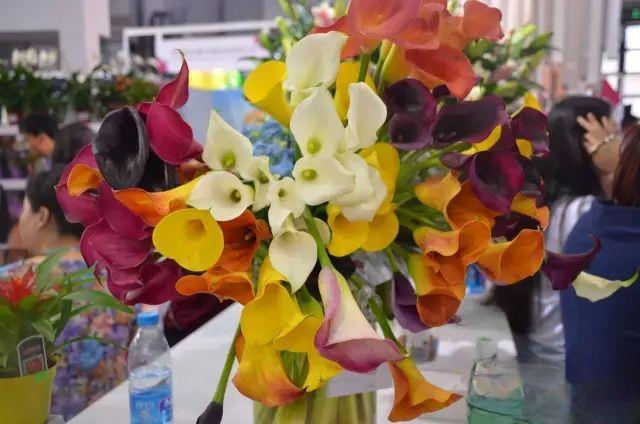
Calla lilies have a very strong linear dynamic. White, yellow and orange-red calla lilies are more common, and the black variety looks very cool.
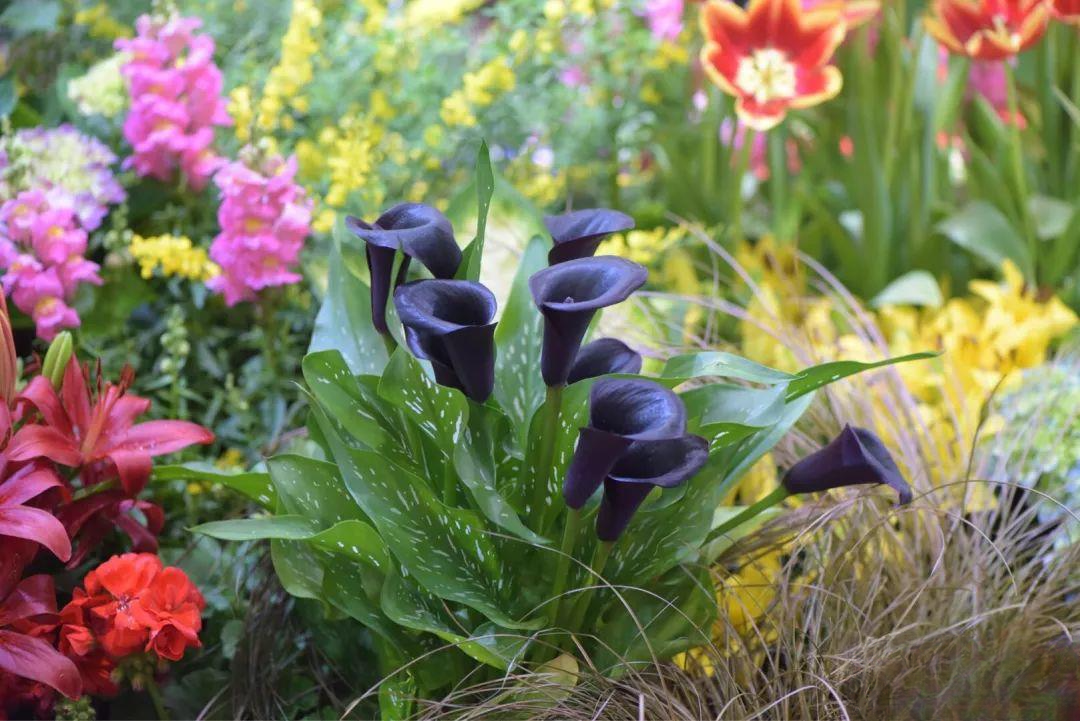 13. Ranunculaceae Ranunculus asiaticus
13. Ranunculaceae Ranunculus asiaticus
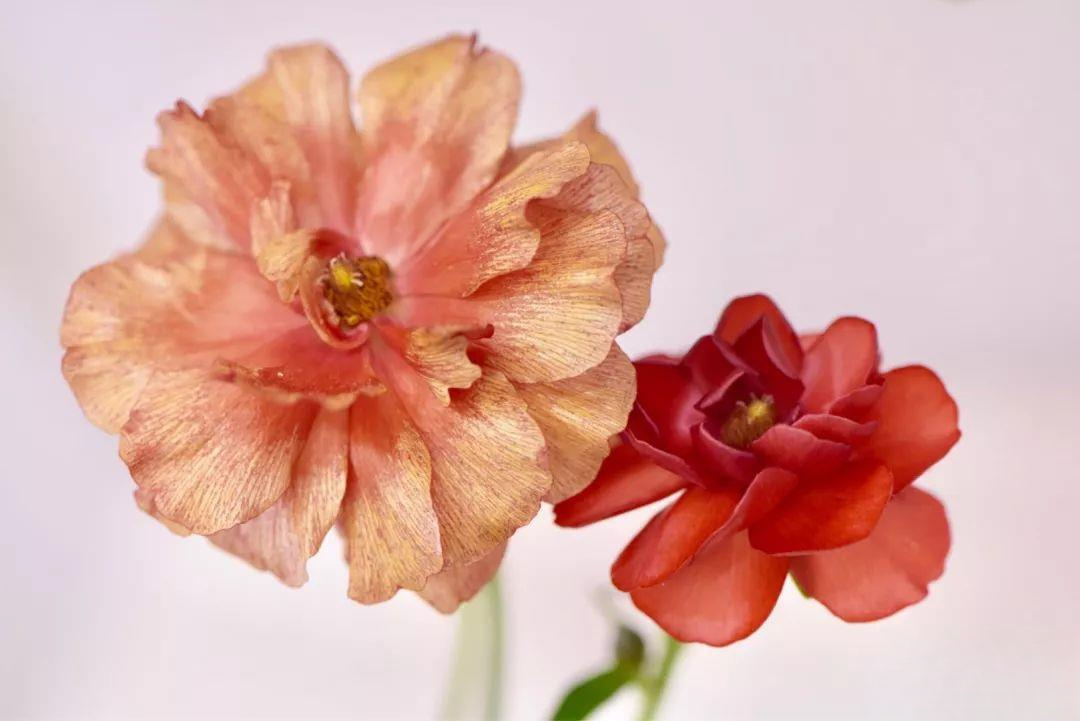
Ranunculus (gèn), because its leaves resemble celery and its flowers resemble peonies, is also called celery leaf peony and foreign peony. Most of the fresh cut flower varieties are double or semi-double petals, with fresh and elegant colors, and a full sense of girlishness.
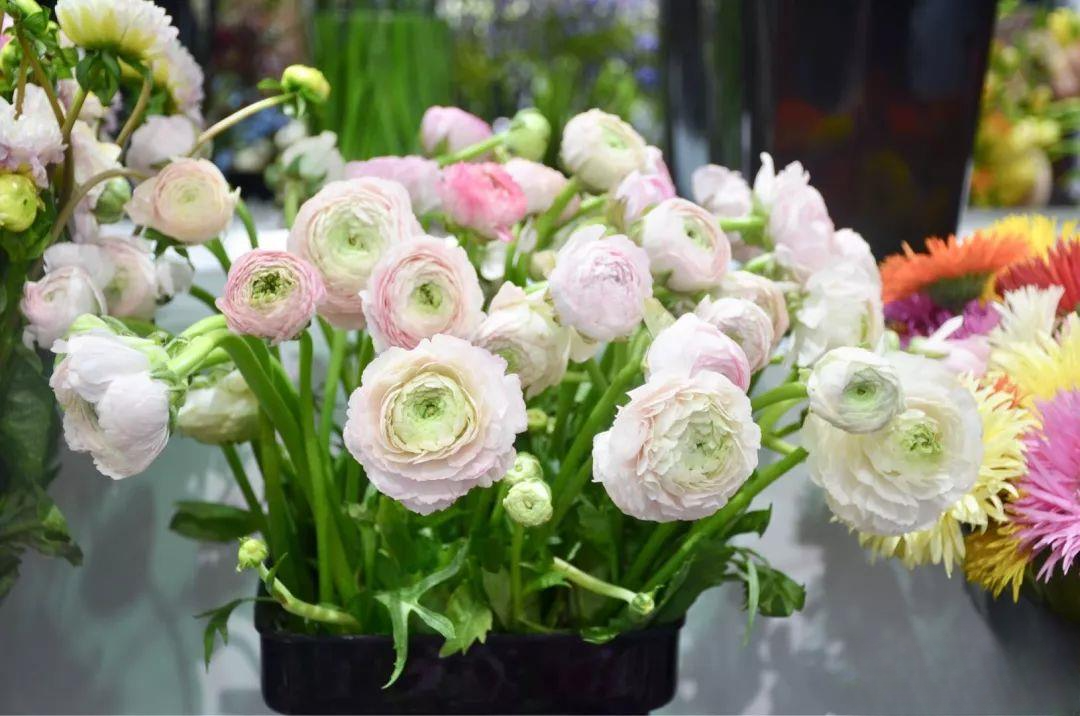
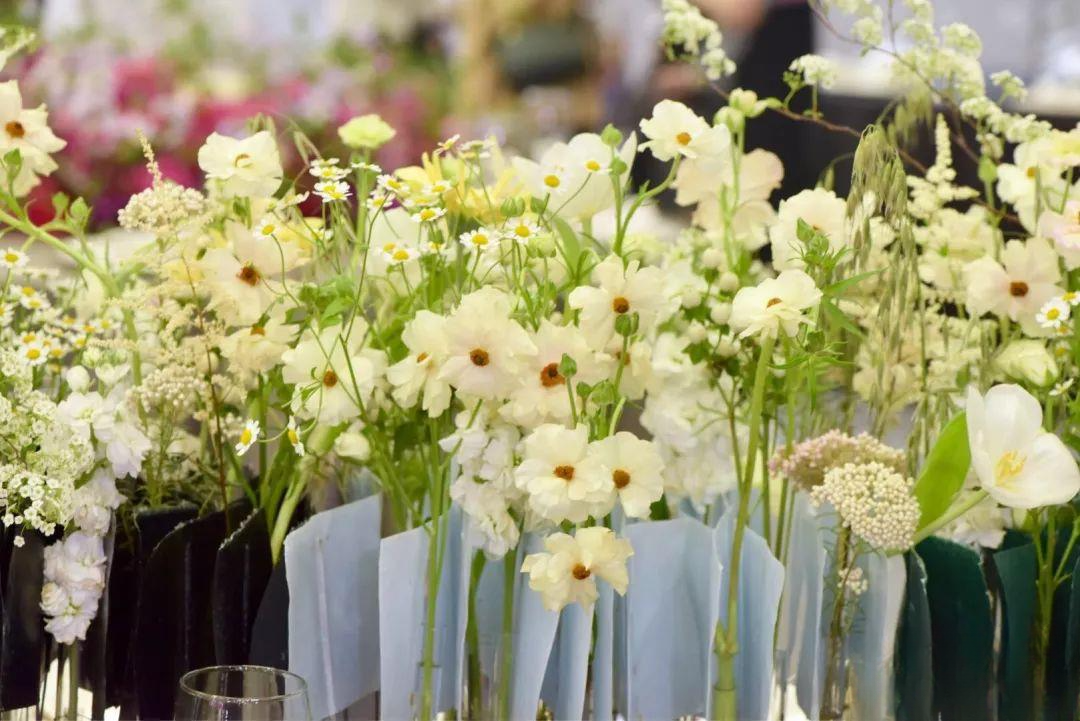
14. Crassulaceae, Kalanchoe, Kalanchoeblossfeldiana
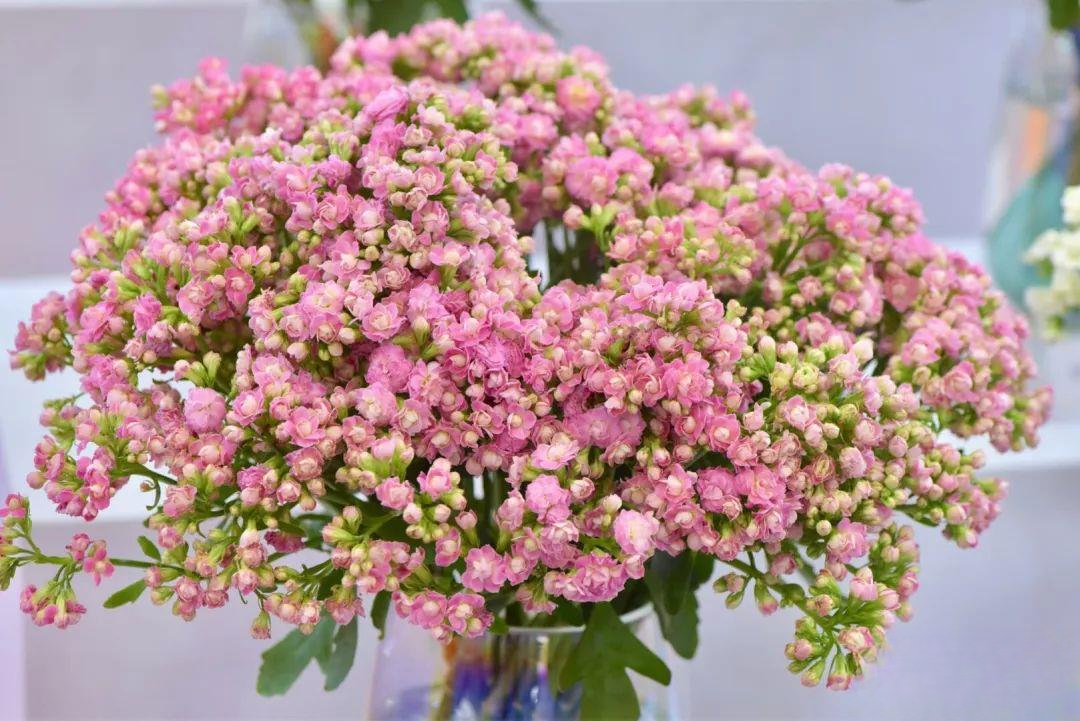
Potted Kalanchoe plants are common, but this is the first time I’ve seen them used as fresh cut flowers, and they look pretty good.
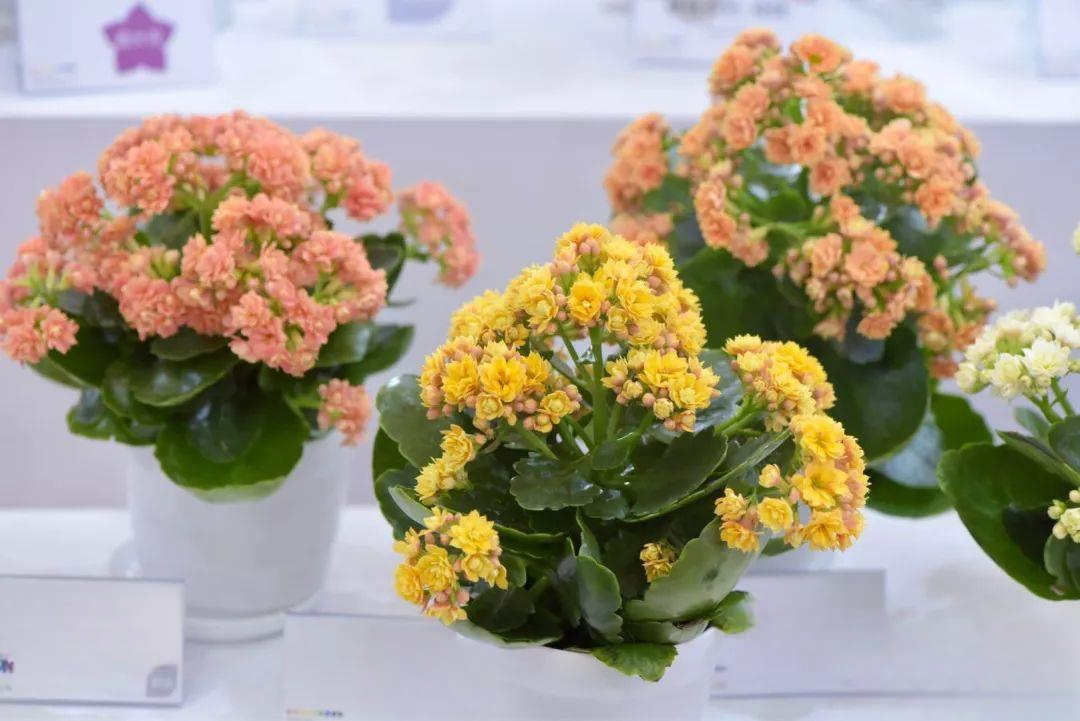
15. Paeoniaceae Paeonia lactiflora
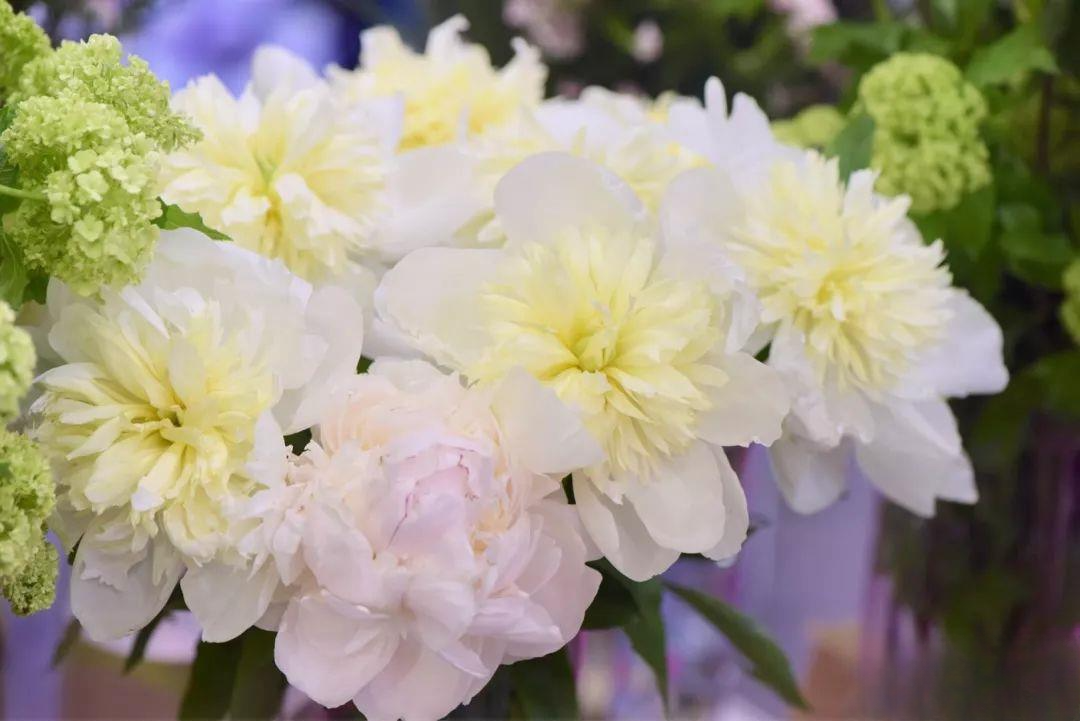 Peony is a traditional famous flower and a new favorite in wedding flower arrangement in recent years. With its elegant and soft girlish color and its flower language, it is no wonder that it is loved by more and more people.
Peony is a traditional famous flower and a new favorite in wedding flower arrangement in recent years. With its elegant and soft girlish color and its flower language, it is no wonder that it is loved by more and more people.
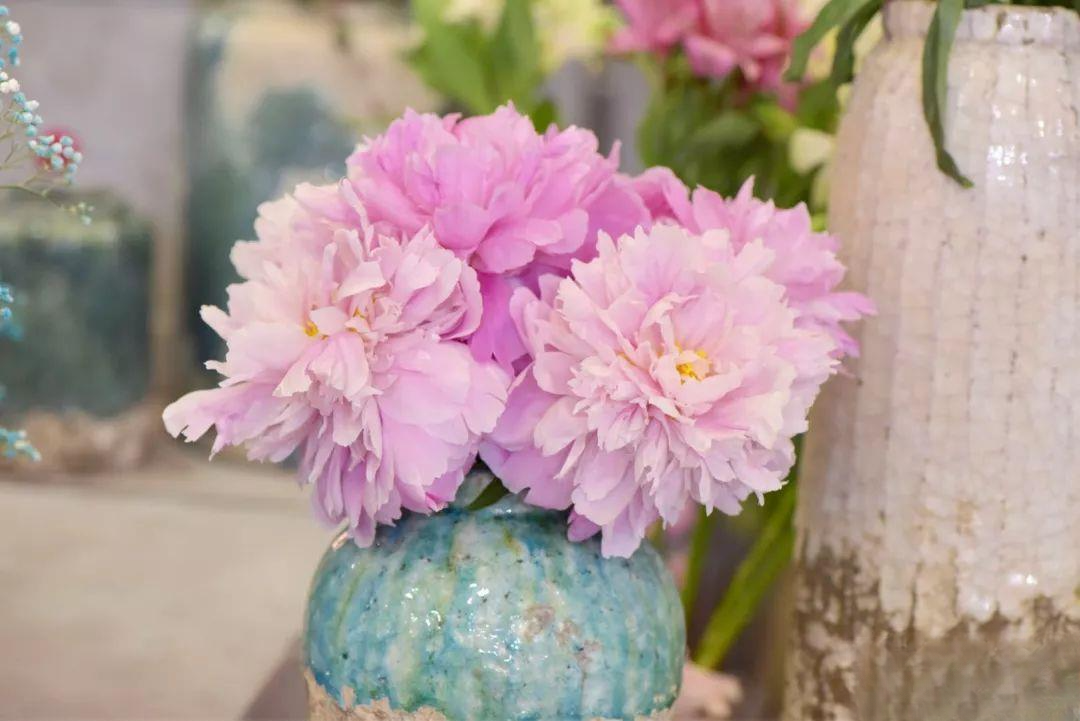
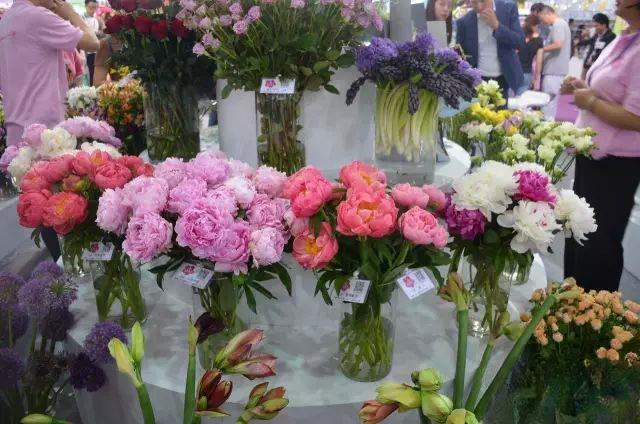
2. Advanced type, more common
16. Ranunculaceae, Consolida ajacis
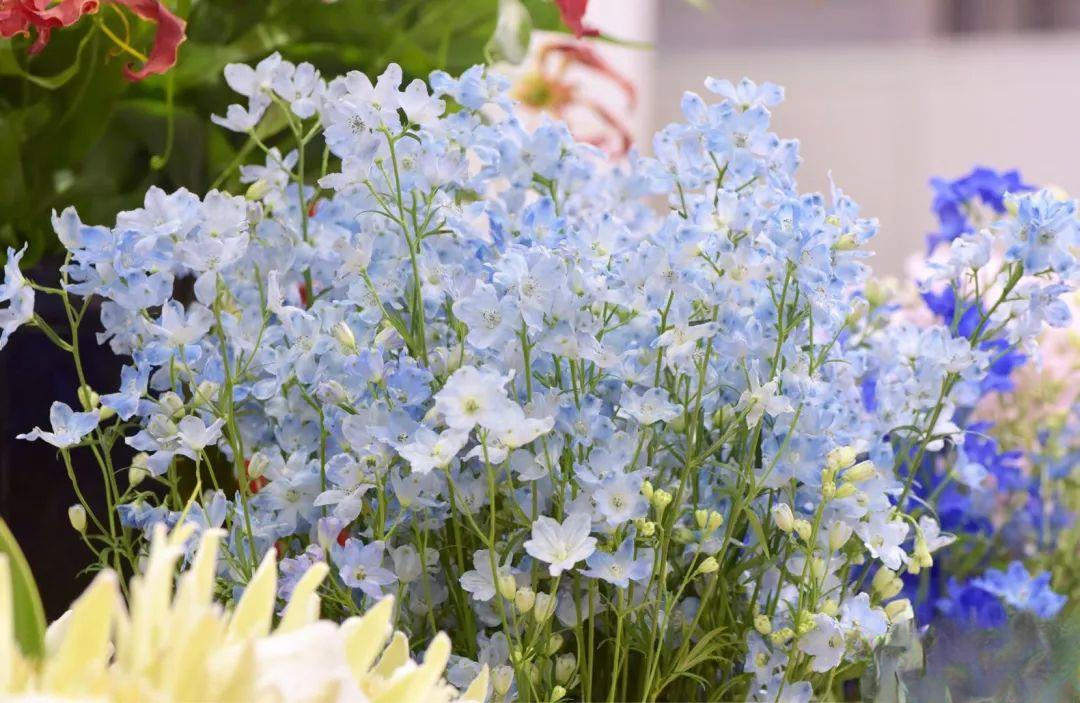 It is named because of its unique flower shape, which resembles a swallow. The pink and blue delphinium is light and transparent with a dreamy texture.
It is named because of its unique flower shape, which resembles a swallow. The pink and blue delphinium is light and transparent with a dreamy texture.
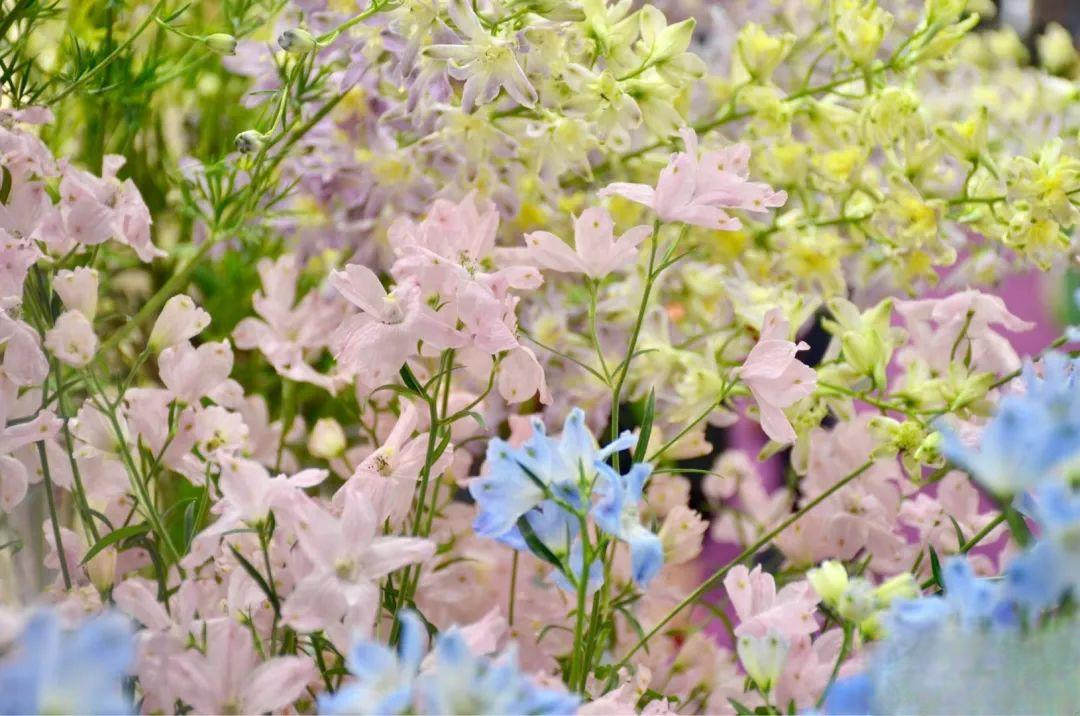
17. Ranunculaceae Delphinium Delphinium × cultorum
 It is also commonly known as large-flowered delphinium . The flowers are densely grown in double petals on the inflorescence. The racemes are up to 1-1.5 meters long and have a strong sense of lines.
It is also commonly known as large-flowered delphinium . The flowers are densely grown in double petals on the inflorescence. The racemes are up to 1-1.5 meters long and have a strong sense of lines.
18. Ranunculaceae Helleborus thibetanus
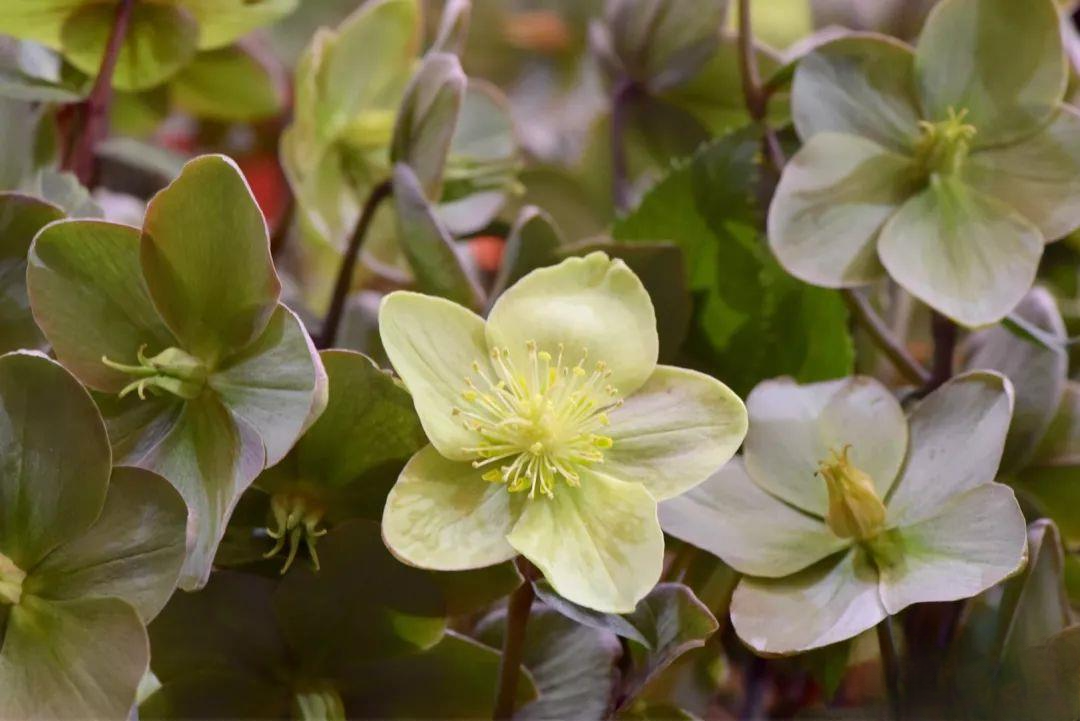 Because the flowers bloom in winter and their drooping shape resembles a rose, it has a very beautiful nickname called Christmas rose . The flowering period can last as long as 2-3 months.
Because the flowers bloom in winter and their drooping shape resembles a rose, it has a very beautiful nickname called Christmas rose . The flowering period can last as long as 2-3 months.
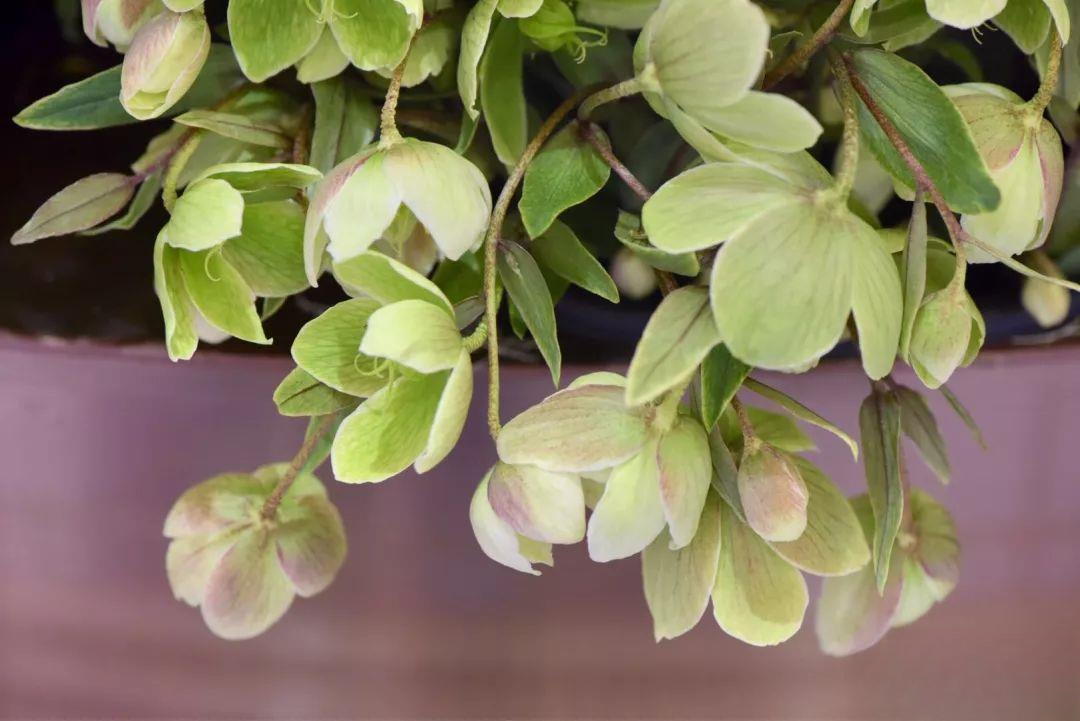
19. Alstroemeriaceae Alstroemeria Alstroemeriahybrida
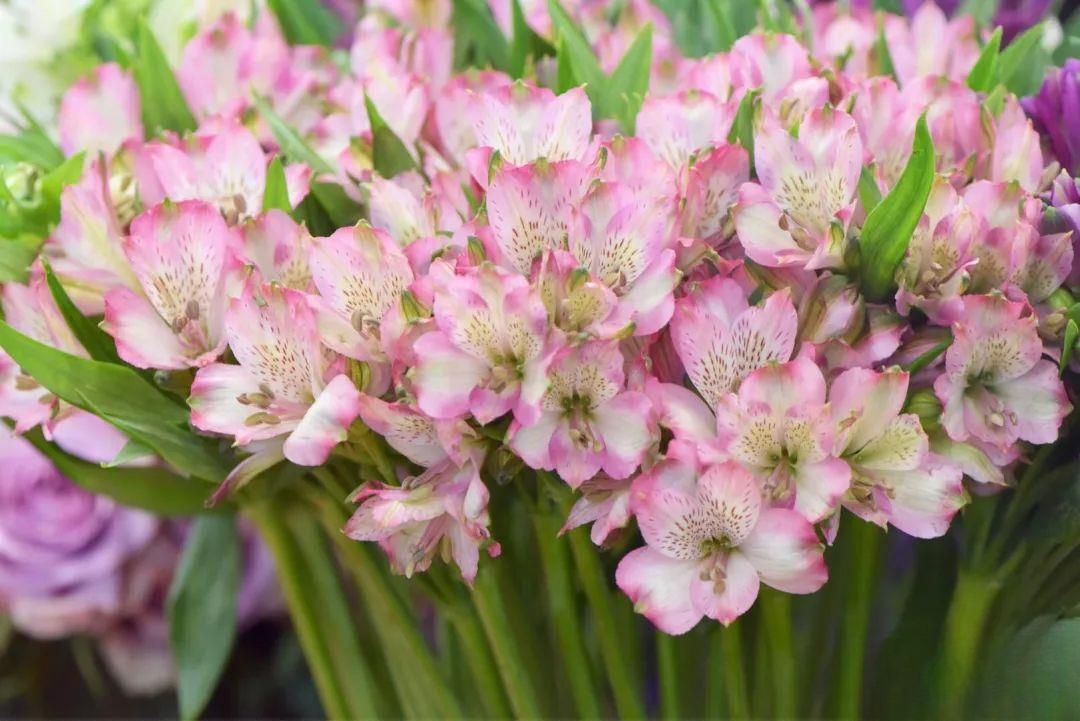 Alstroemeria is also known as Peruvian lily . Because its flowers resemble daffodils, and its stems and leaves resemble lilies, it is also known as daffodil lily. It has rich colors, soft and fresh, and has become a popular flower material in recent years.
Alstroemeria is also known as Peruvian lily . Because its flowers resemble daffodils, and its stems and leaves resemble lilies, it is also known as daffodil lily. It has rich colors, soft and fresh, and has become a popular flower material in recent years.
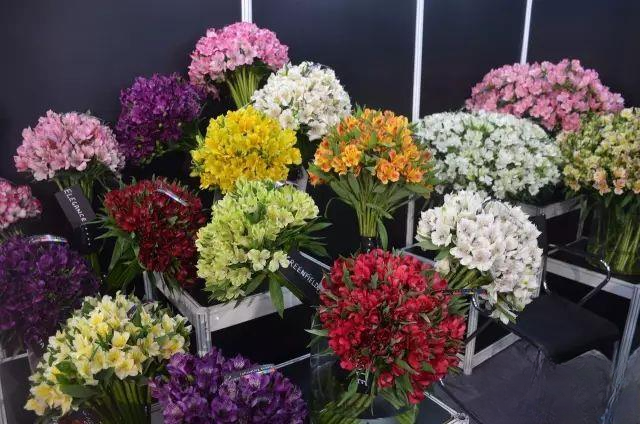
20. Asteraceae Dahlia Dahlia pinnata
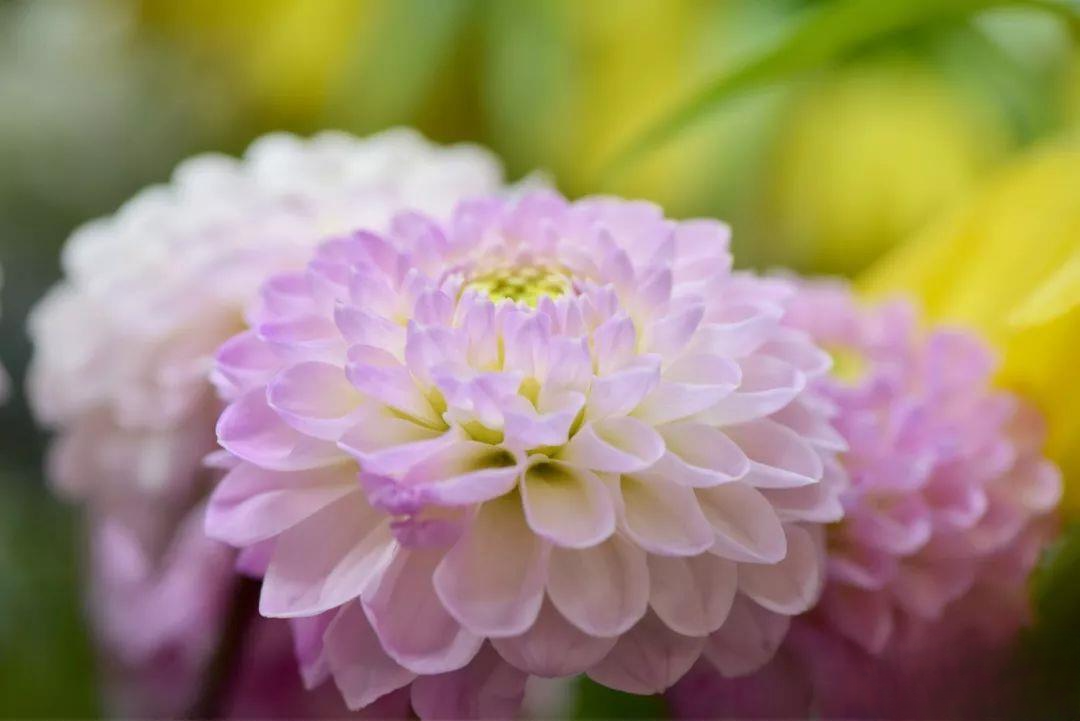
Dahlia, also known as dahlia , has a capitula, and is known for its complex flower shapes and gorgeous colors.
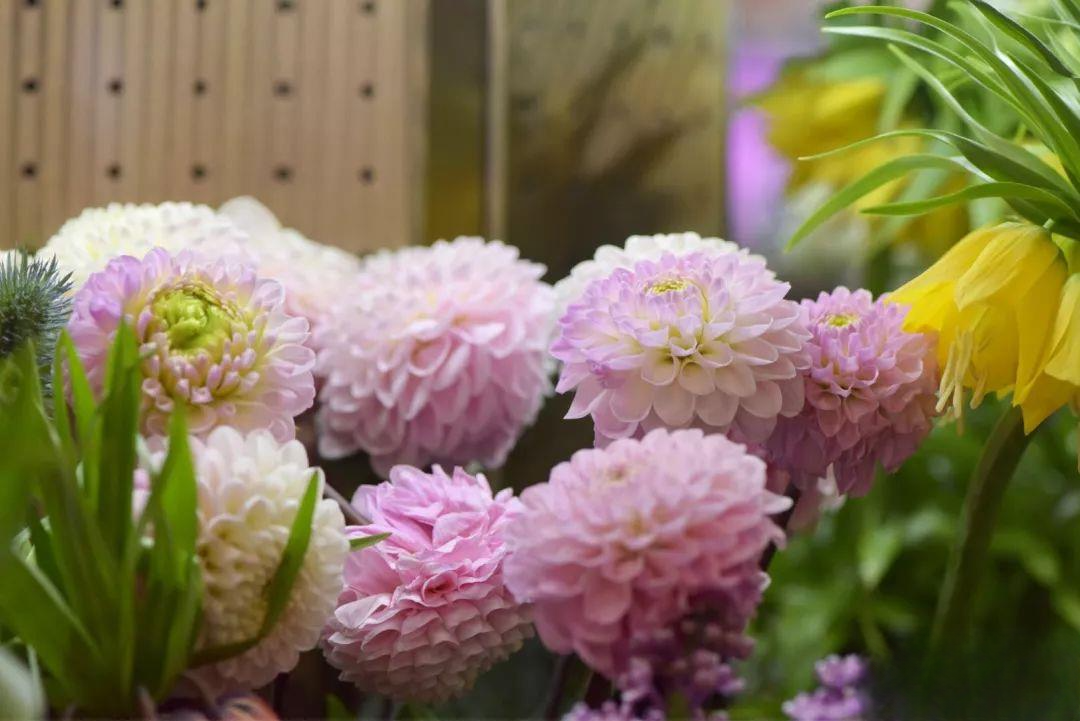
21. Asteraceae, Callistephus, Callistephus chinensis
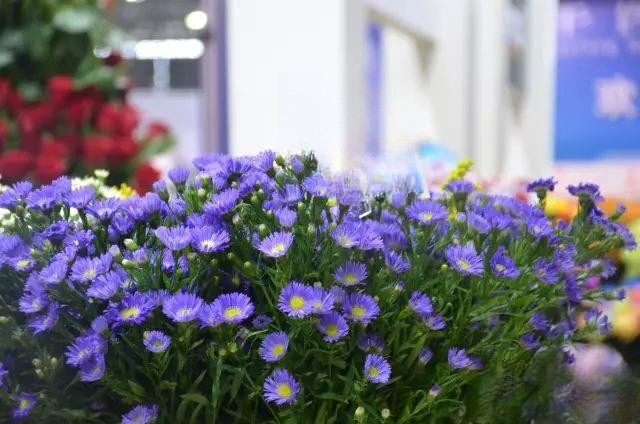 Asters have large flowers, rich colors, and a long flowering period, and can also be used to make dried flowers.
Asters have large flowers, rich colors, and a long flowering period, and can also be used to make dried flowers.
22. Asteraceae, Liatris, Liatris spicata
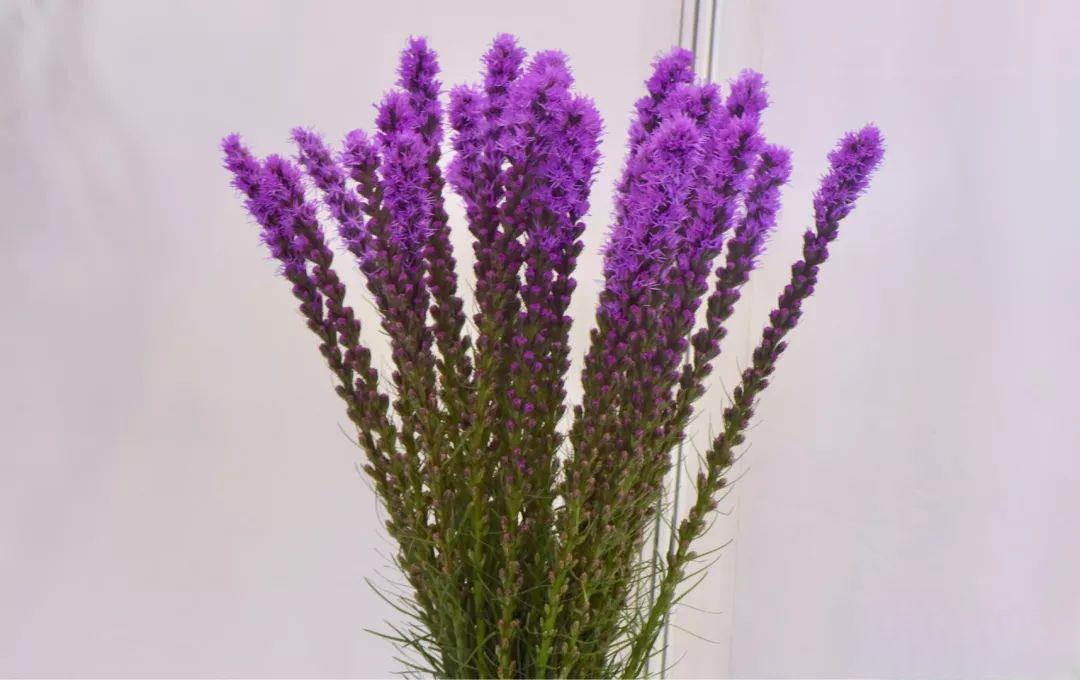 It is named because most of the small flower heads are gathered into dense and long spike inflorescences, and the small flowers open one after another from top to bottom, like the rustling tail of a rattlesnake, in a whip shape.
It is named because most of the small flower heads are gathered into dense and long spike inflorescences, and the small flowers open one after another from top to bottom, like the rustling tail of a rattlesnake, in a whip shape.
23. Asteraceae, Matricaria, Matricaria chamomilla
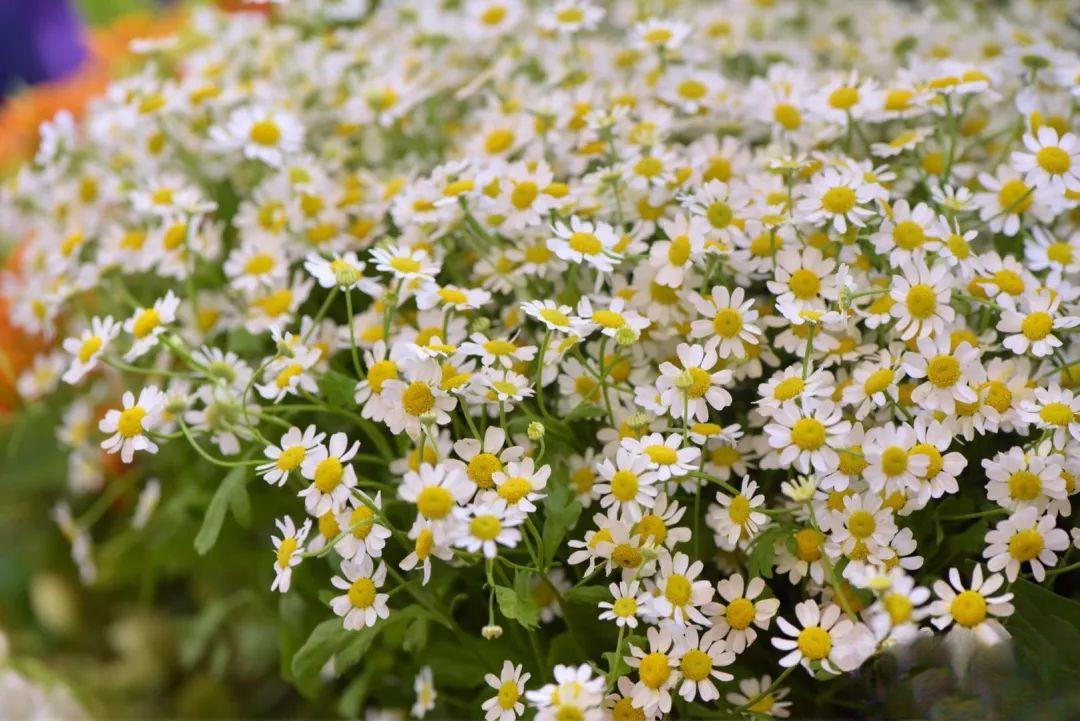
Chamomile flowers are fragrant and can be used to make scented tea or to extract essential oils .
24. Zingiberaceae Curcuma alismatifolia
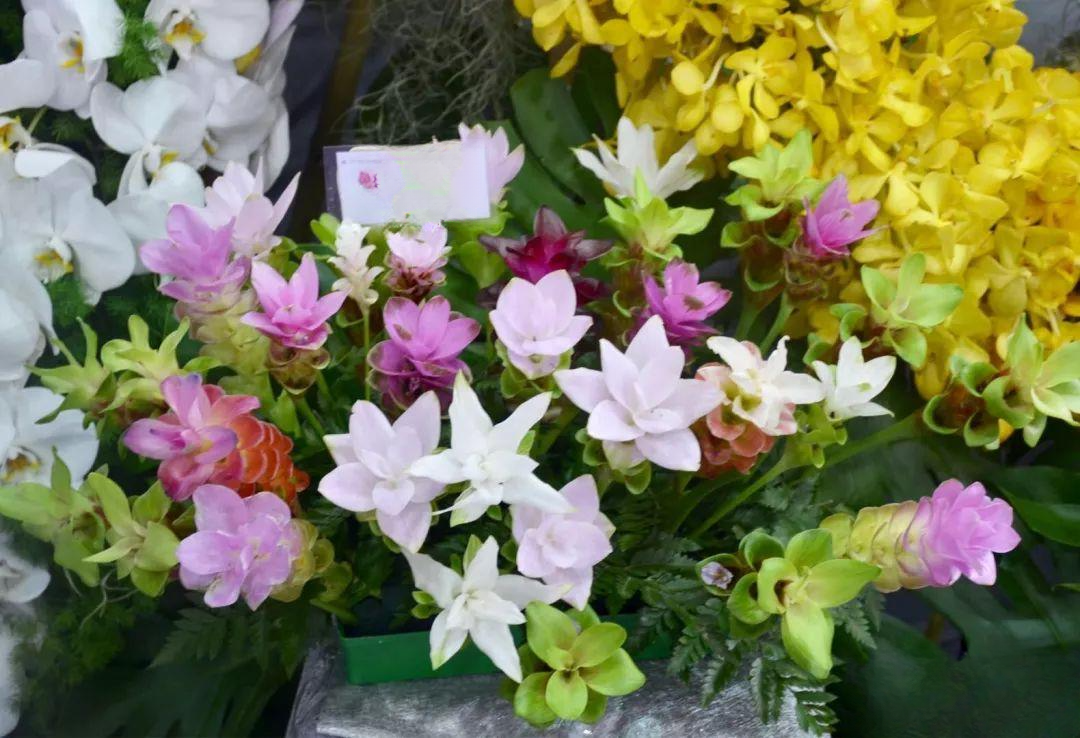
Because its pink bracts resemble lotus and it belongs to the ginger family, it is called ginger lotus. It is produced in tropical areas and can be used as a Buddhist flower.
25. Amaranthaceae Celosia Celosiacristata
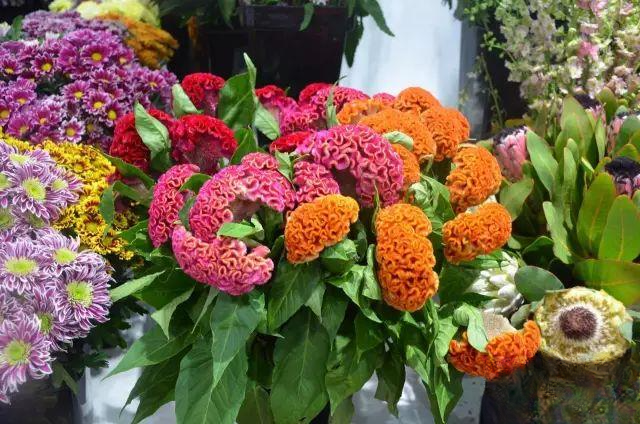
The colors are bright, with a strong rural flavor and a unique temperament. The species with a particularly tight and spherical corolla is called "Kurume Cockscomb" .
26. Plantaginaceae, Pseudolysimachion, Pseudolysimachion spicatum
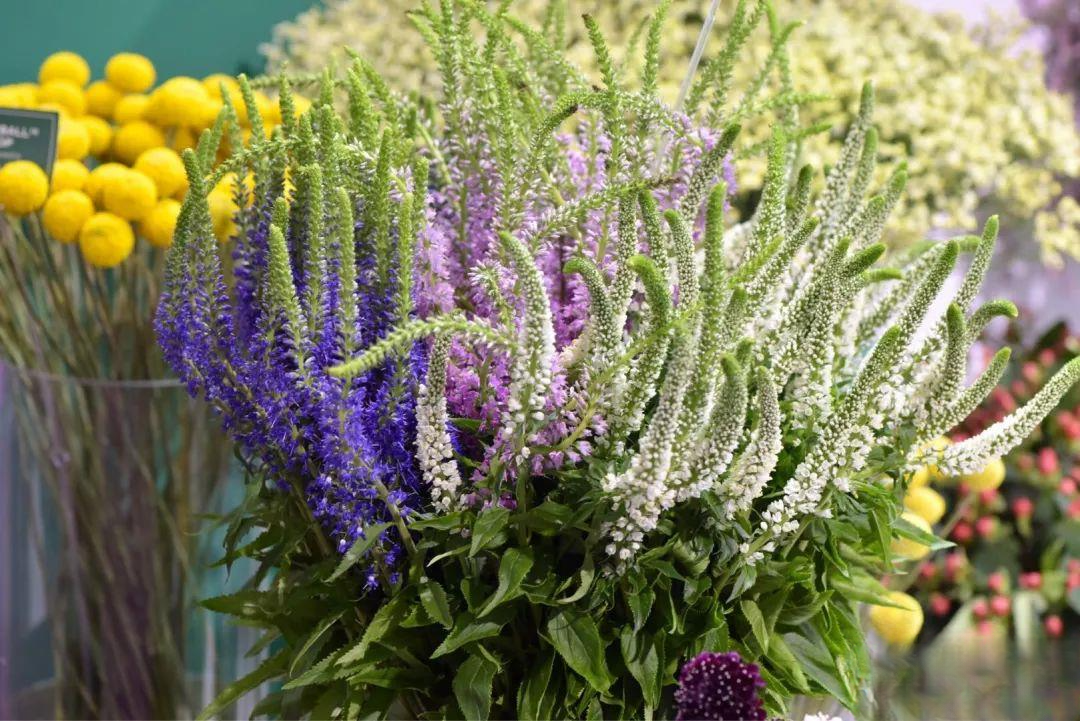
Also known as the spike-flowered Veronica , the inflorescence is upright, the flower color is commonly white and blue-purple, and the anther is blue-purple. Before the flower blooms, it looks like a string of pearls, with a soft line beauty.
27. Primulaceae Lysimachia barystachys Bunge
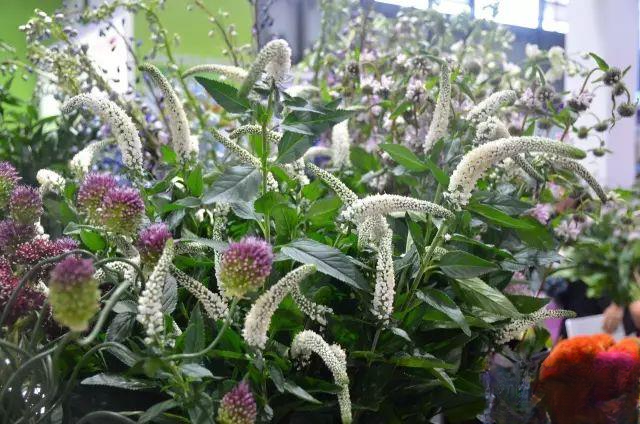 The raceme of Pennisetum droops and the anthers are yellow, which distinguishes it from the spike flowers above.
The raceme of Pennisetum droops and the anthers are yellow, which distinguishes it from the spike flowers above.
28. Colchicaceae Gloriosa Gloriosasuperba
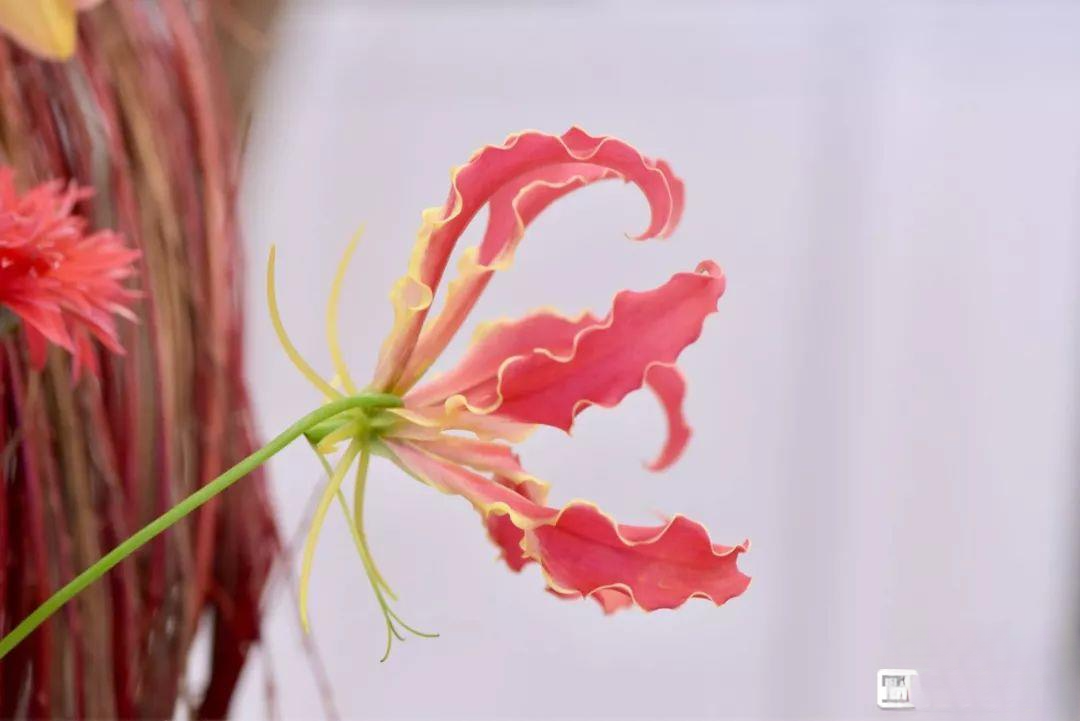
The flower shape of Gloriosa is peculiar, like a burning flame, so it is also called flame lily . The flower color is mainly warm. Its petals curl backwards, which is an important identification feature. The name of the flower comes from the Latin meaning of "amazement" and "beauty".
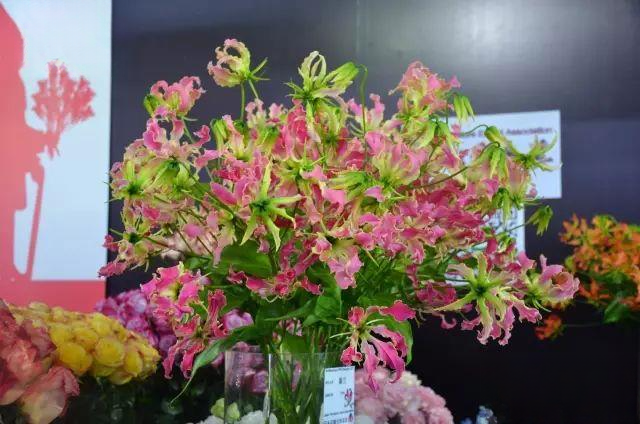
29. Amaryllidaceae Agapanthus Agapanthus africanus
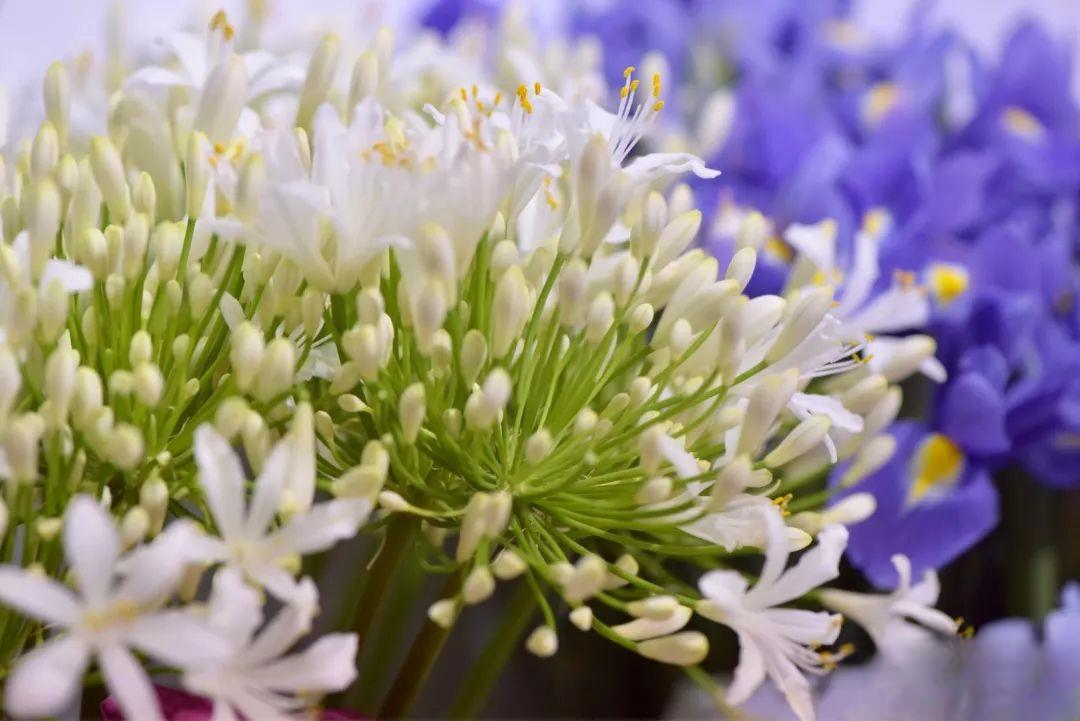
The dwarf agapanthus has two colors of flowers: white and dark blue. The inflorescence head is very elegant and the flower language is the arrival of love.
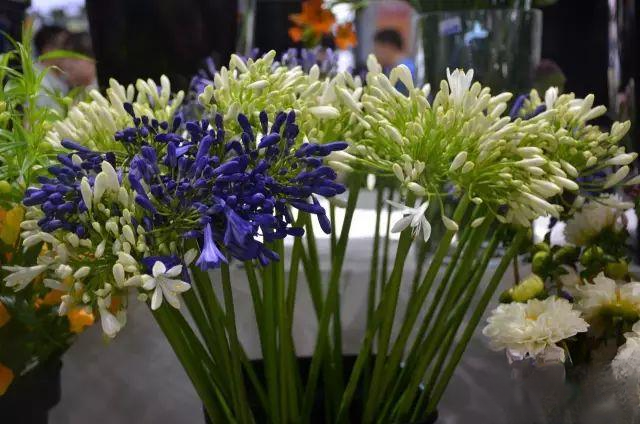
30. Amaryllidaceae Allium Allium giganteum

Allium grandiflorum, also known as Shuo Cong and Ji'an Flower , has a spherical inflorescence composed of thousands of flowers. The purple flowers are spread out in a star shape, and the flower balls gradually increase in size as the flowers open. The diameter of the flower balls of some varieties can reach more than 30 cm.

31. Amaryllidaceae, Allium, Allium 'sphaerocephalon'
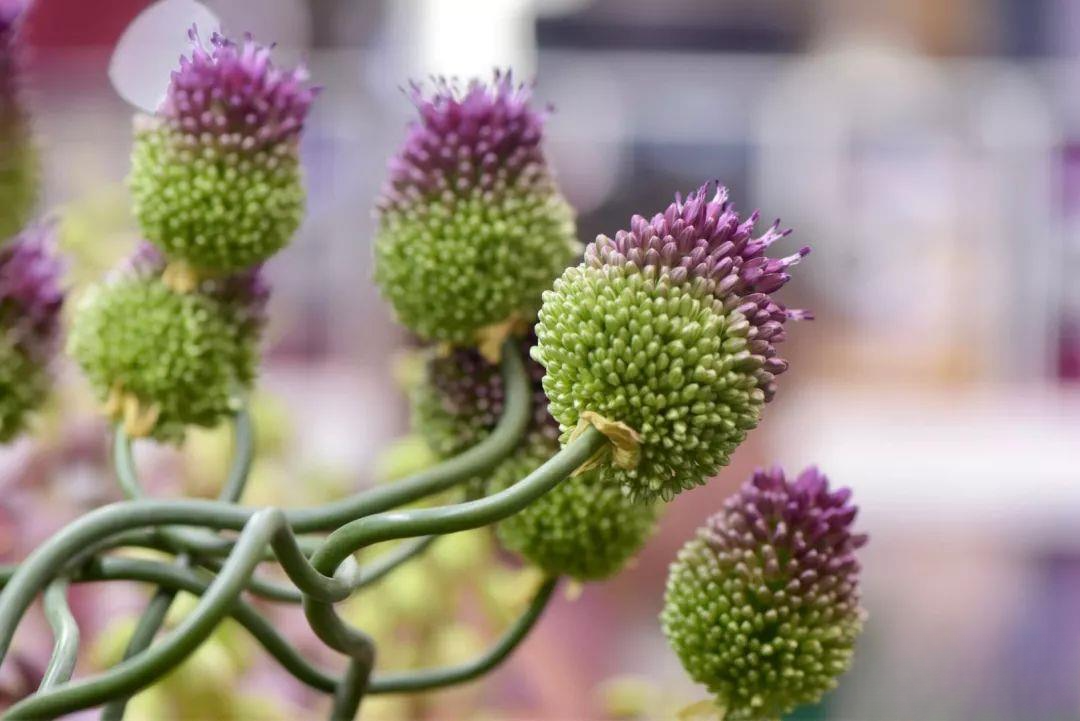 The round-headed allium, also known as DrumstickAllium, is of the same genus as the Allium grandiflorum . It is small, delicate and very cute.
The round-headed allium, also known as DrumstickAllium, is of the same genus as the Allium grandiflorum . It is small, delicate and very cute.
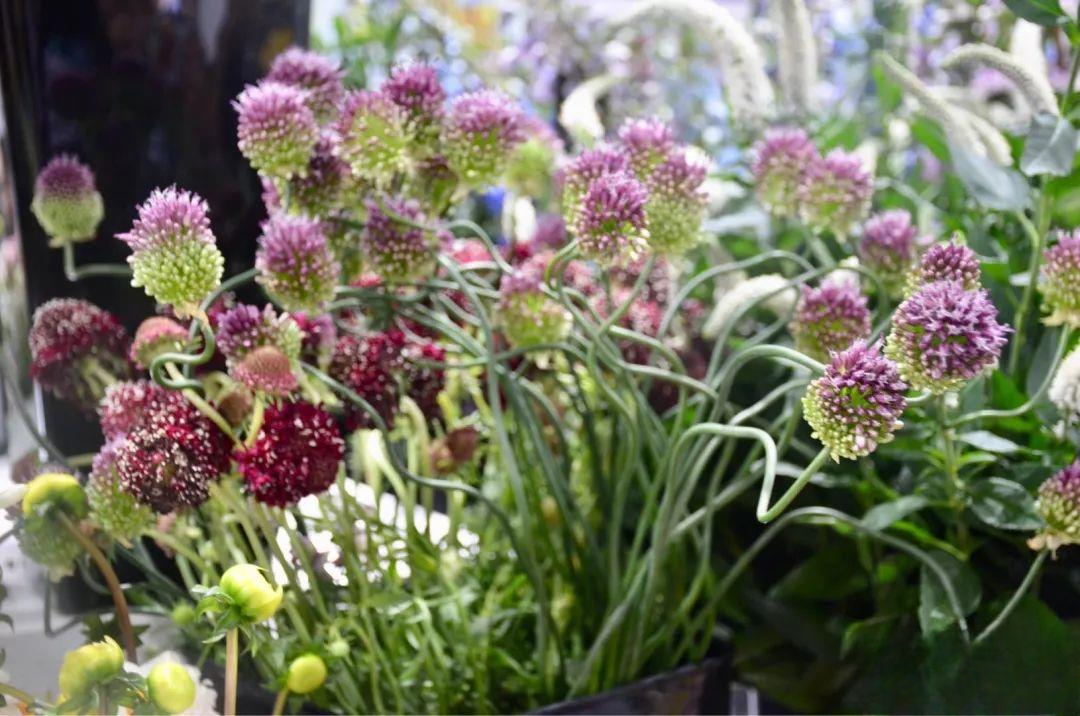
32. Amaryllidaceae Lycoris Lycoris × rosea
 Rose Lycoris is a natural hybrid of Lycoris radiata and Lycoris radiata. The tepals are rose red, the petals have wrinkled edges, and the corolla is bilaterally symmetrical.
Rose Lycoris is a natural hybrid of Lycoris radiata and Lycoris radiata. The tepals are rose red, the petals have wrinkled edges, and the corolla is bilaterally symmetrical.
33. Caprifoliaceae, Scabiosa, Scabiosacomosa
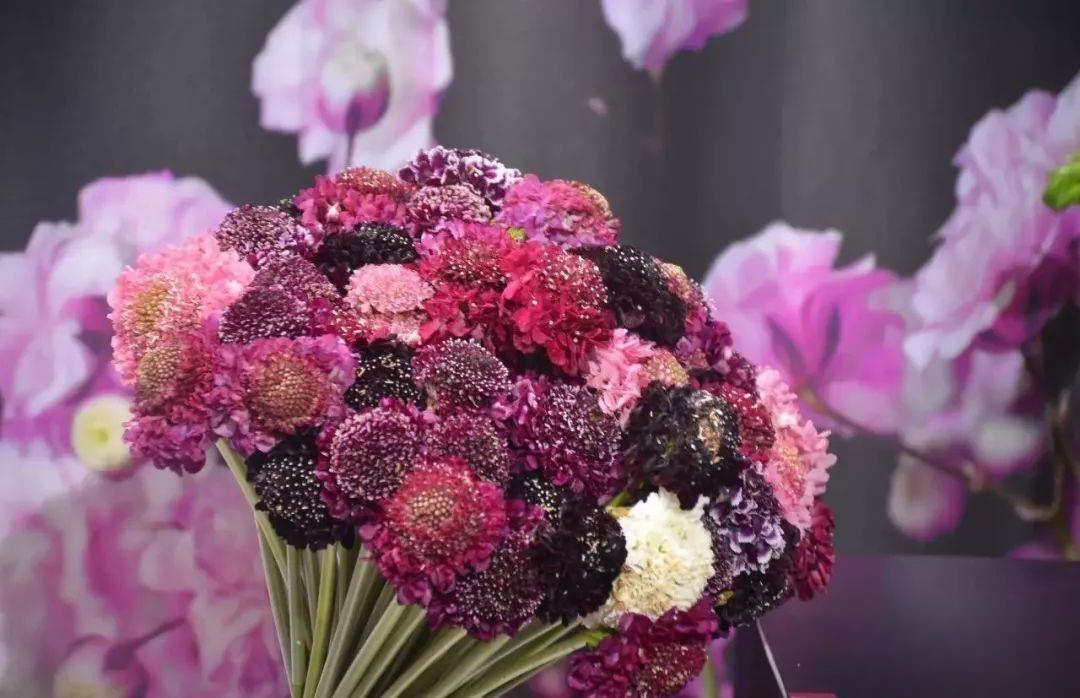 The blue blue pot flower is common in landscaping. The red and purple-black varieties of fresh cut flowers are more mysterious. Because the receptacle swells into a round stick shape after the fruit falls off, it is also called pine cordyceps .
The blue blue pot flower is common in landscaping. The red and purple-black varieties of fresh cut flowers are more mysterious. Because the receptacle swells into a round stick shape after the fruit falls off, it is also called pine cordyceps .
34. Iridaceae Freesia Freesiarefracta
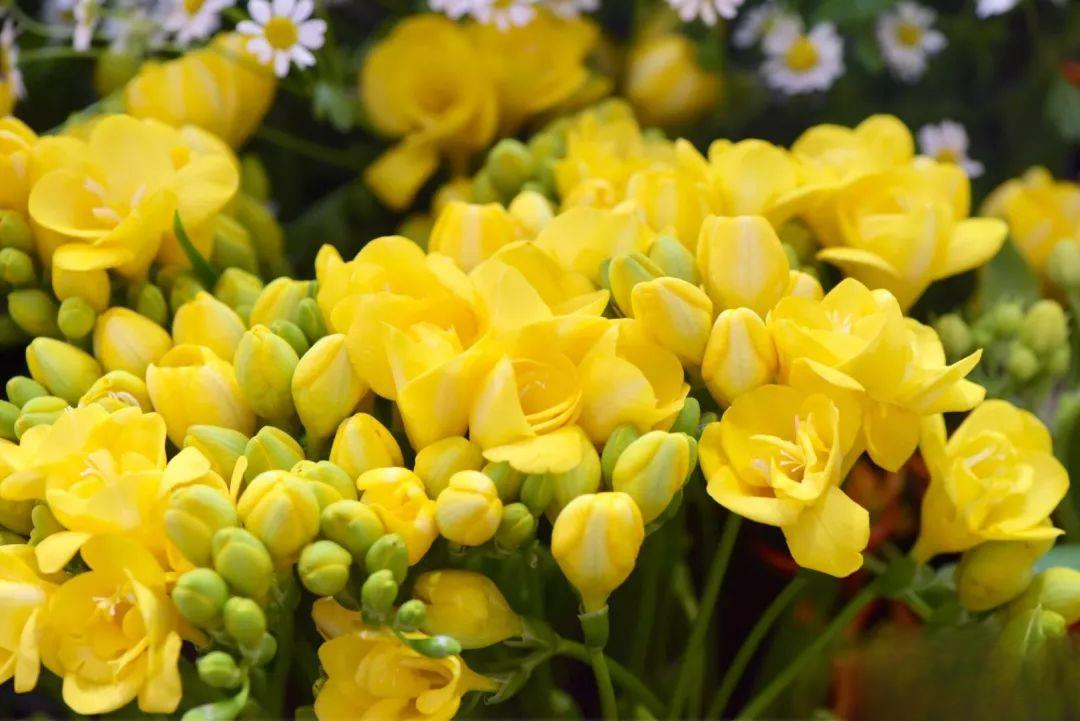 Freesia, also known as Freesia , blooms early and can be put on the market in spring. Its flowers are trumpet-shaped, colorful and fragrant. The flower language is pure heart.
Freesia, also known as Freesia , blooms early and can be put on the market in spring. Its flowers are trumpet-shaped, colorful and fragrant. The flower language is pure heart.
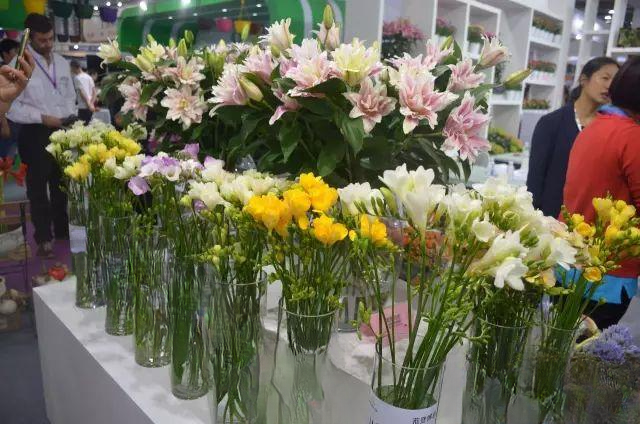
35. Campanulaceae Campanula Campanulamedium
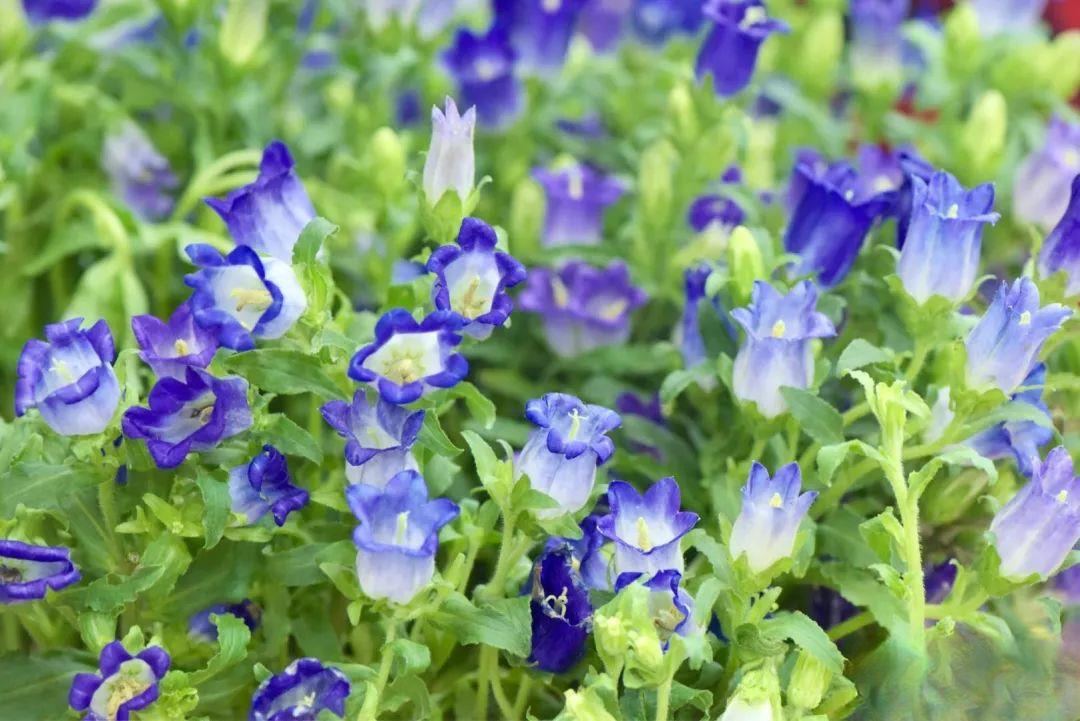 The flowers are bell-shaped, which is named after the wind chime. The color is elegant and the temperament is gentle. However, the petals are relatively fragile and need to be carefully preserved.
The flowers are bell-shaped, which is named after the wind chime. The color is elegant and the temperament is gentle. However, the petals are relatively fragile and need to be carefully preserved.
36. Asparagaceae, Polygonatum, Polygonatum odoratum
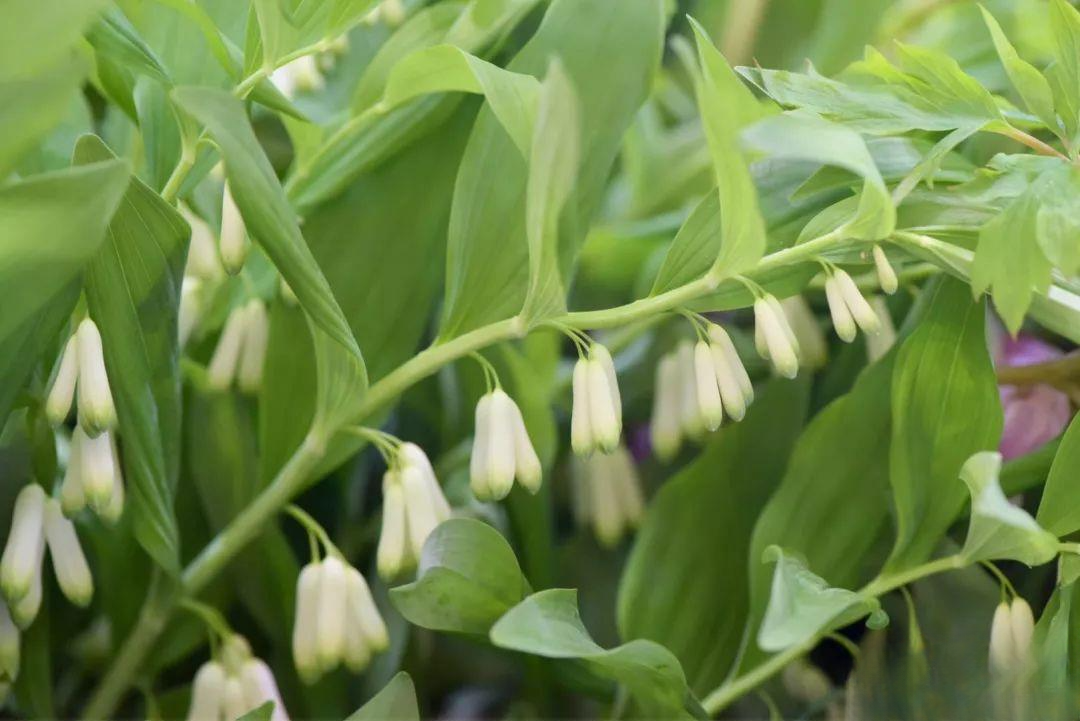 The drooping flowers are like a string of small white pearls, with a soft line beauty. Commonly found in the wild, it has medicinal value. This is the first time I have seen it as a cut flower.
The drooping flowers are like a string of small white pearls, with a soft line beauty. Commonly found in the wild, it has medicinal value. This is the first time I have seen it as a cut flower.
37. Fabaceae Lathyrus Lathyrus odoratus

The thin petals have a hint of transparency, and the color of the petals is a gentle pink-purple color, like the shape of butterfly wings, light and unique, with a faint fragrance, making sweet peas quickly become the favorite of flower lovers. "
38. Ranunculaceae Nigella damascene
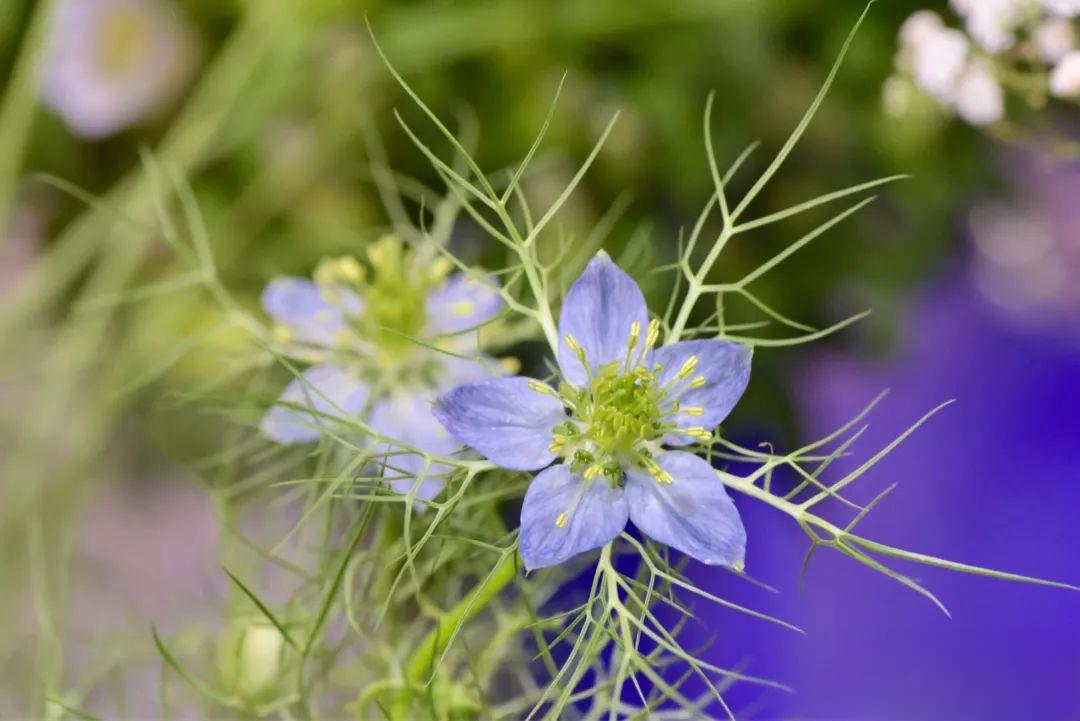
Black seed is also known as the Persian gem . Although the name is not very pleasant, it does not stop people from liking it. The linear bracts are set against the pink and blue petals, which are elegant and fresh. Its English name is Love-in-a-mist, which can be translated as lover in the mist. It can be planted in most parts of the country and its flowering period is from May to July.
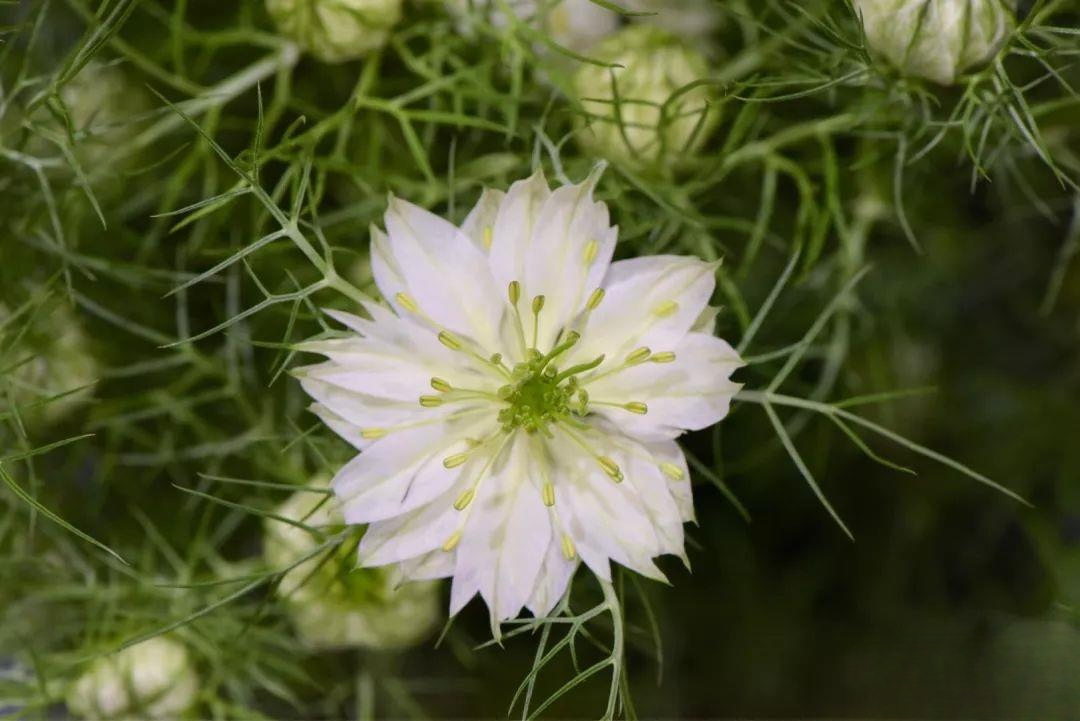
39. Apiaceae, Astrantia, Astrantia major
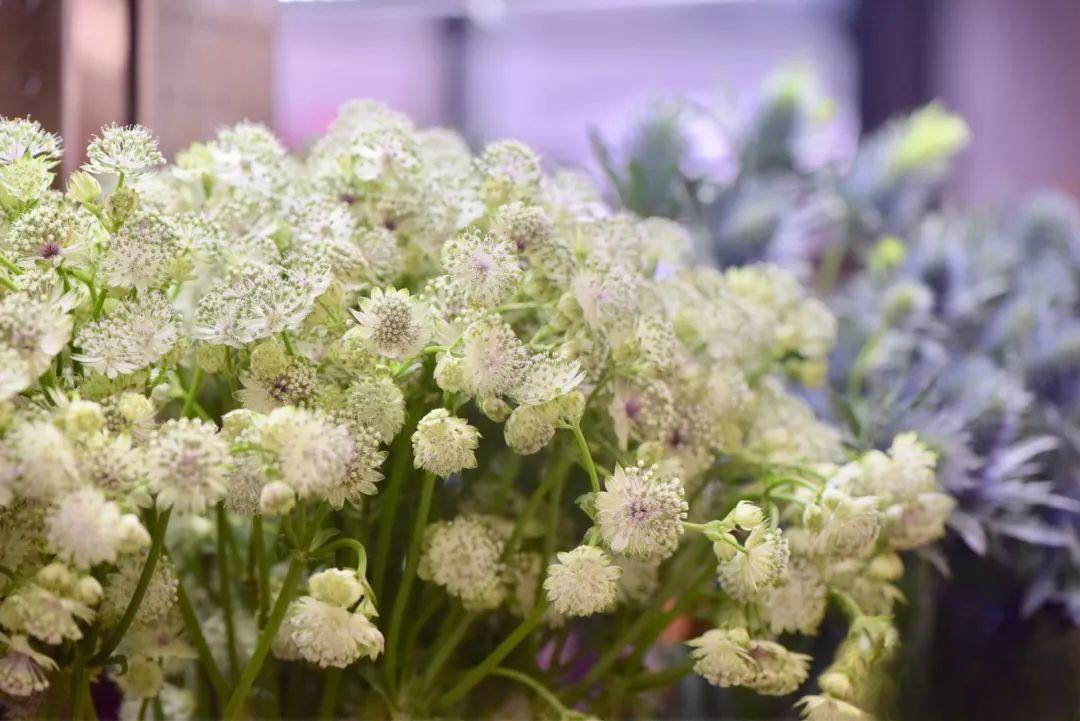
The word "star celery" sounds like a mood, which sounds very beautiful. It is worth mentioning that the part we admire is not the flower of the star celery, but the round radial bracts, which are like a jade plate and very eye-catching.
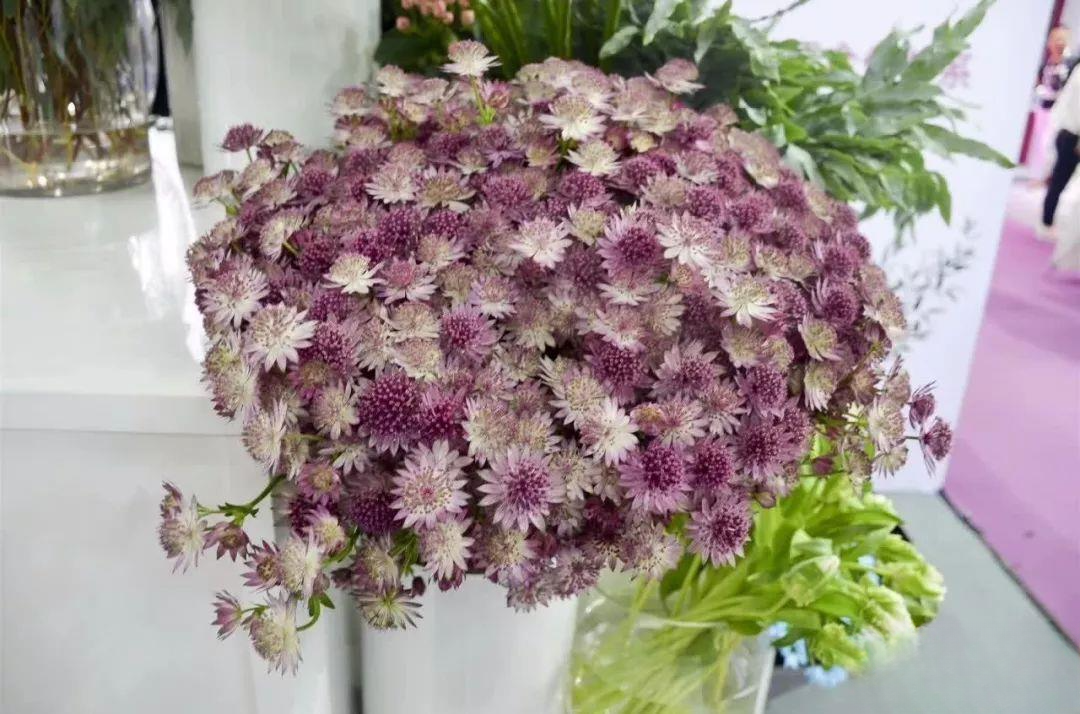
40. Apiaceae, Actinotus, Actinotushelianthi
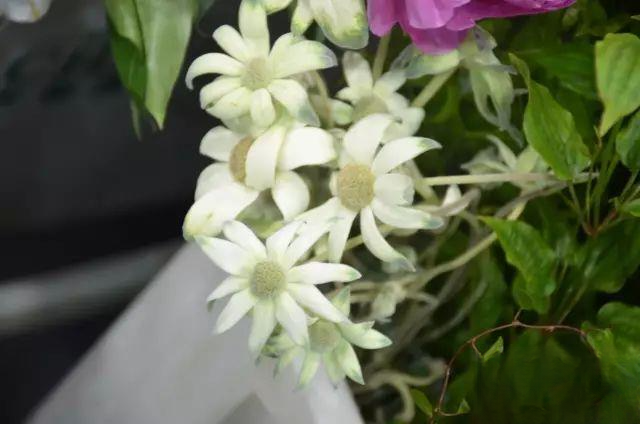 The leaves and flowers are covered with white fuzz, and the flowers are as soft as their name suggests. It is native to southeastern Australia and blooms in spring.
The leaves and flowers are covered with white fuzz, and the flowers are as soft as their name suggests. It is native to southeastern Australia and blooms in spring.
41. Asclepiadaceae Asclepias Asclepiascurassavica
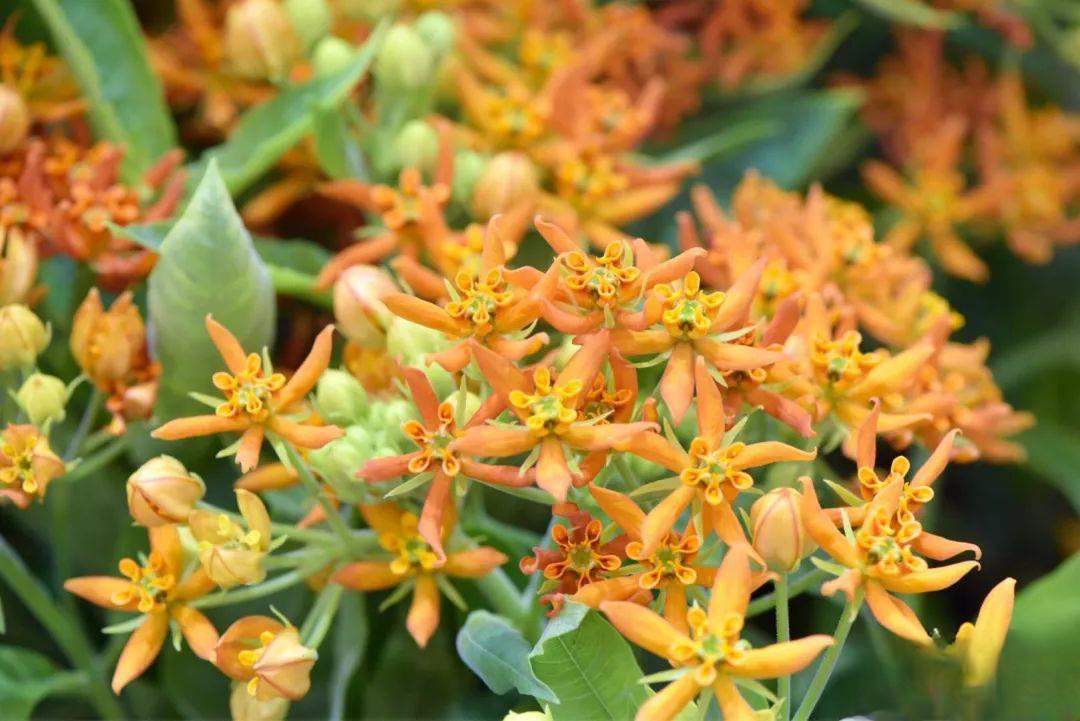 In floriculture, it is called "Lotus Osmanthus Flower" . It is not commonly used because the latex that flows out when its stems and leaves are damaged is poisonous.
In floriculture, it is called "Lotus Osmanthus Flower" . It is not commonly used because the latex that flows out when its stems and leaves are damaged is poisonous.
42. Apocynaceae Tweedia caerulea
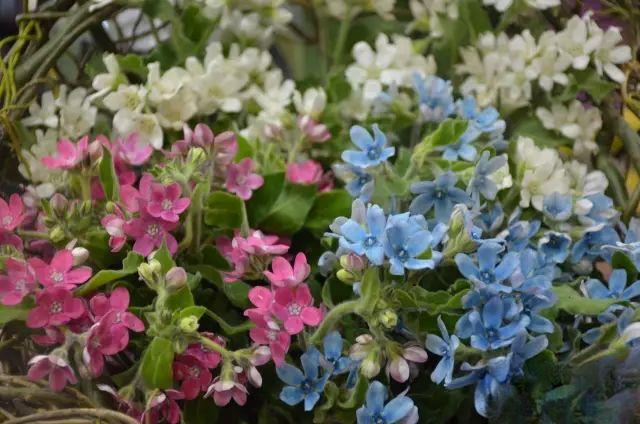 It is generally called blue star flower or Japanese blue star flower . It has elegant five-petal flowers, which are usually blue, but also available in white and pink varieties. A large cluster of dotted flowers is very beautiful and is used as a bridal bouquet in combination with other main flowers such as roses and peonies.
It is generally called blue star flower or Japanese blue star flower . It has elegant five-petal flowers, which are usually blue, but also available in white and pink varieties. A large cluster of dotted flowers is very beautiful and is used as a bridal bouquet in combination with other main flowers such as roses and peonies.
43. Papaveraceae, Lamprocapnos, Lamprocapnos spectabilis
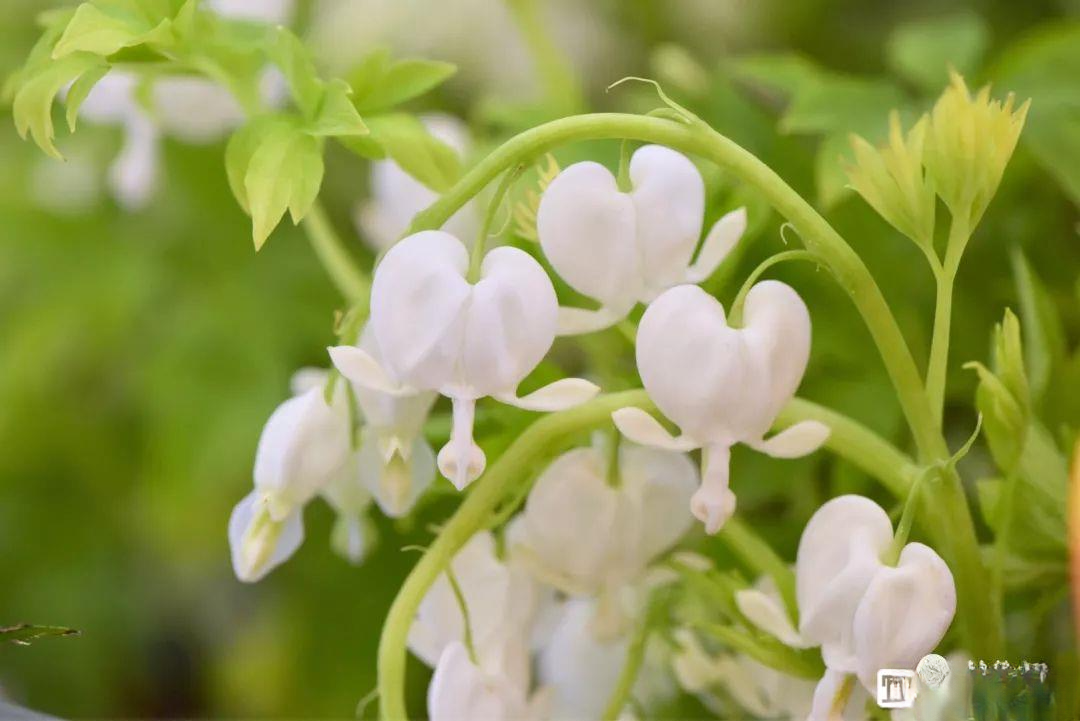 Although the name of the peony contains the word "peony", it has nothing to do with peony. The flower is like a heart-shaped purse, and the common colors are purple and white. The English name is "bleeding heart".
Although the name of the peony contains the word "peony", it has nothing to do with peony. The flower is like a heart-shaped purse, and the common colors are purple and white. The English name is "bleeding heart".
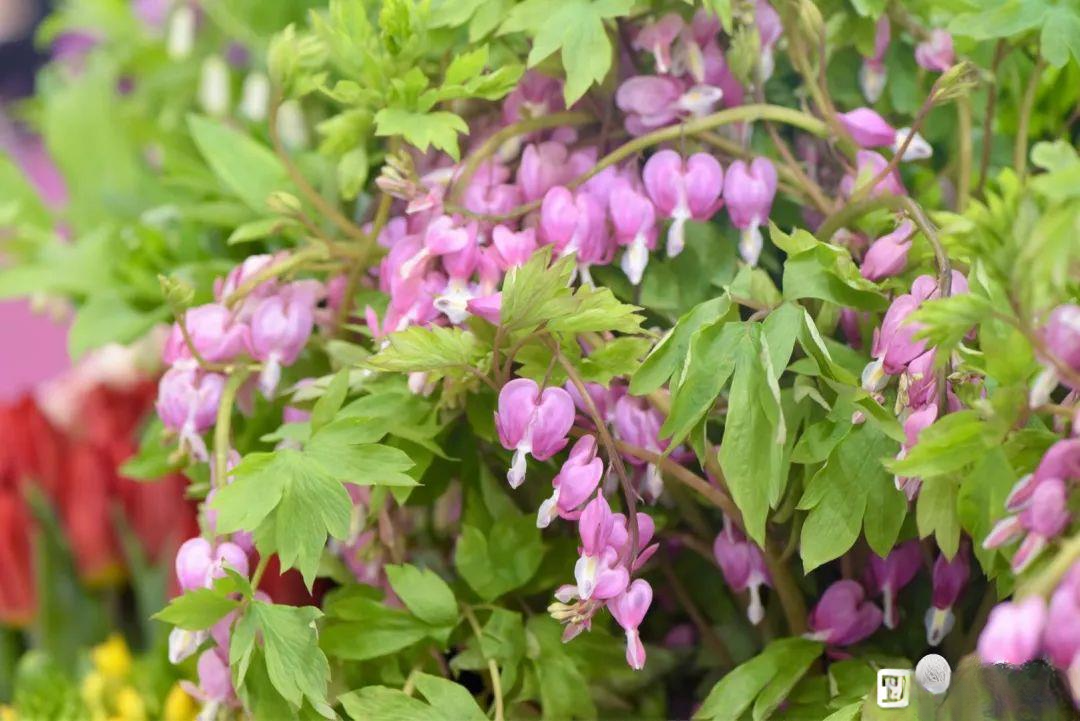
44. Oleaceae, Syringa, Syringa meyeri
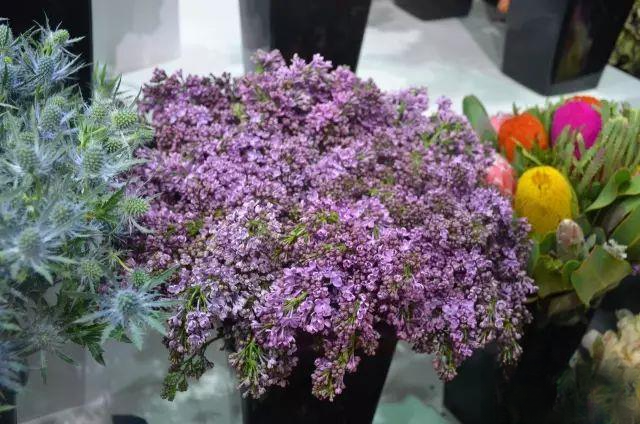
The light purple cymes are like a purple waterfall of flowers, very eye-catching. It is often seen in gardening and greening, and the flowering period is from April to May.
45. Oleaceae Syringa vulgaris
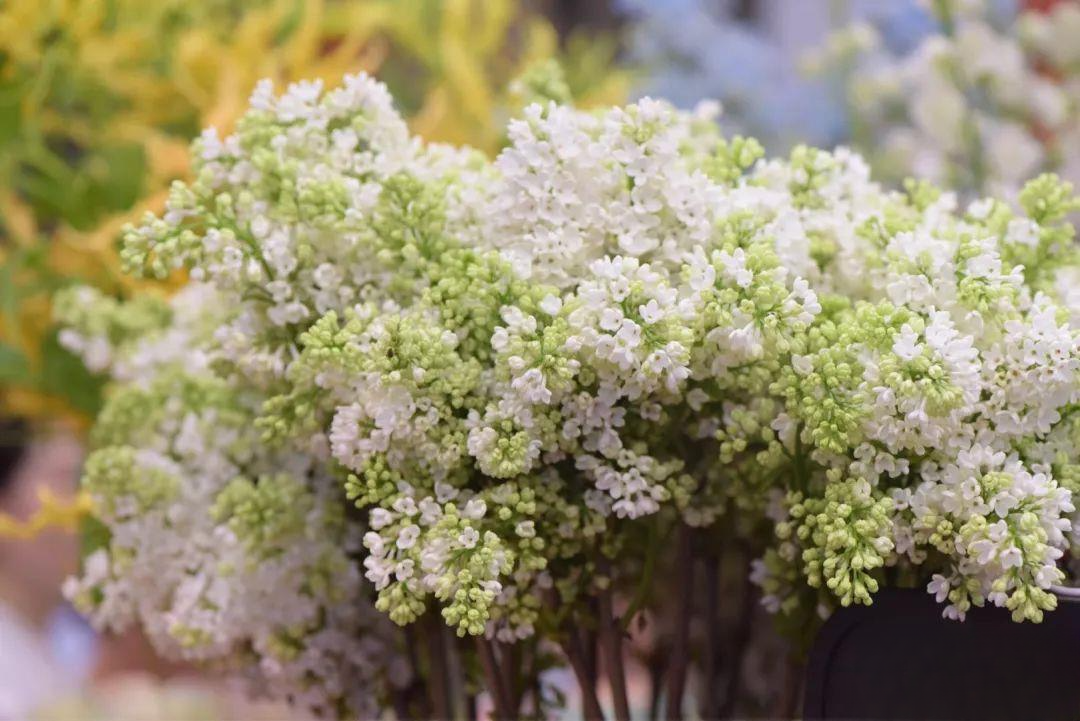 46. Rosaceae Spiraea Spiraea × vanhouttei
46. Rosaceae Spiraea Spiraea × vanhouttei
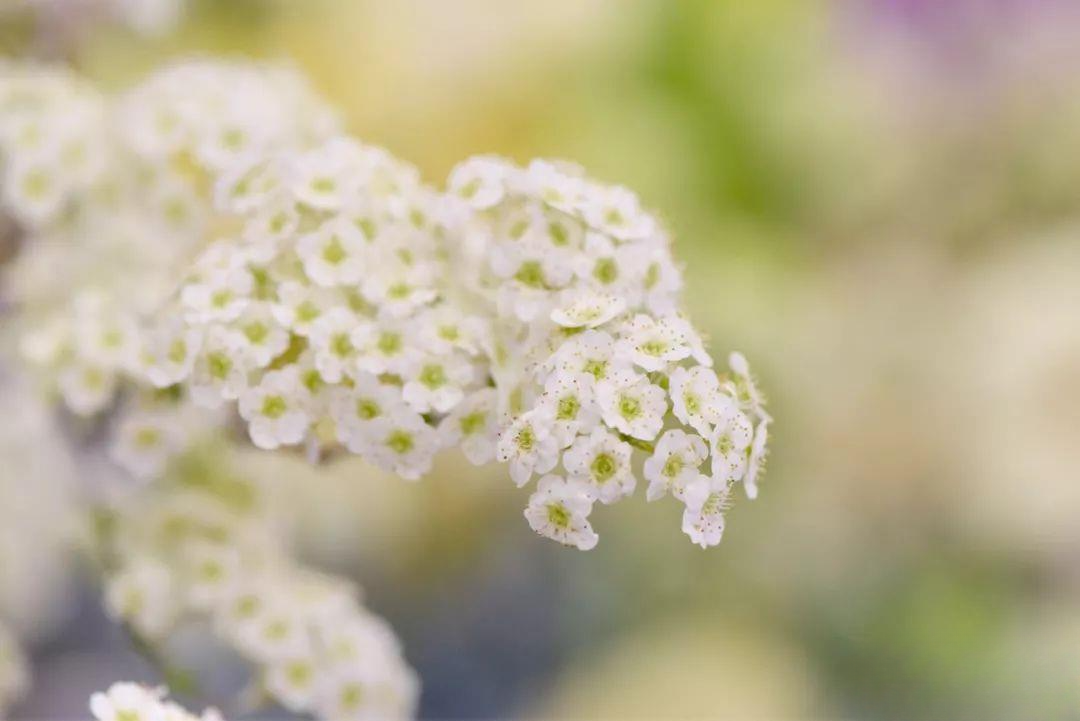
A hybrid of Spiraea hemp-leaved and Spiraea trilobata, it has white umbels densely distributed on the branches and is often seen in garden cultivation. It is currently in bloom.
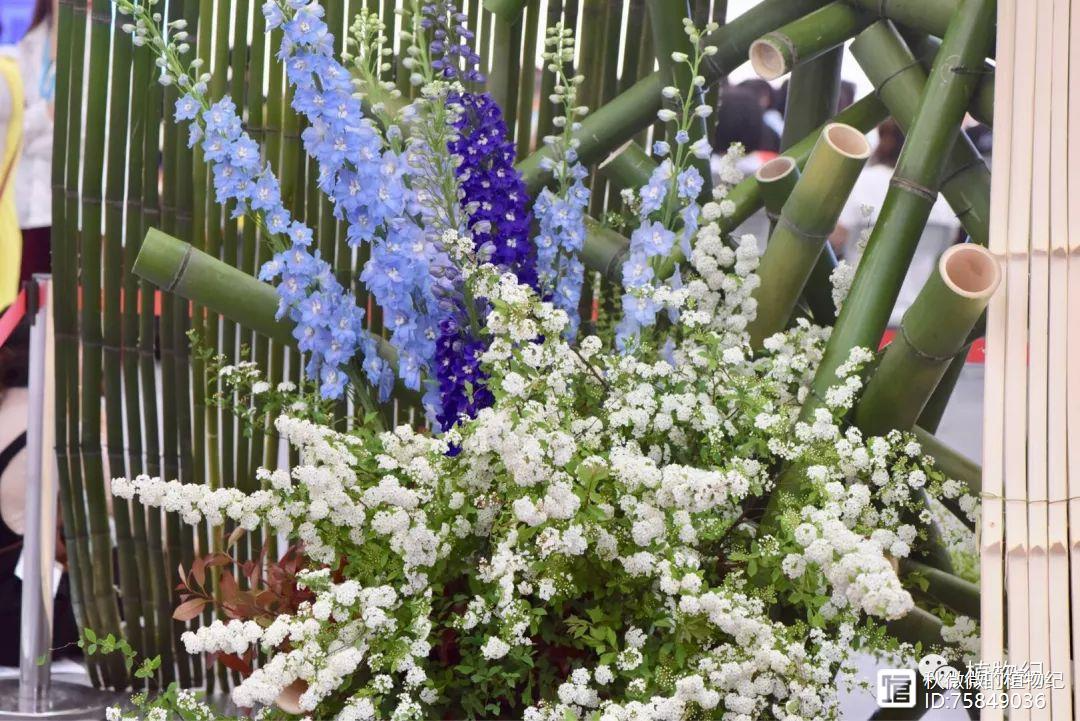
47. Adoxaceae, Viburnum, Viburnum opulus
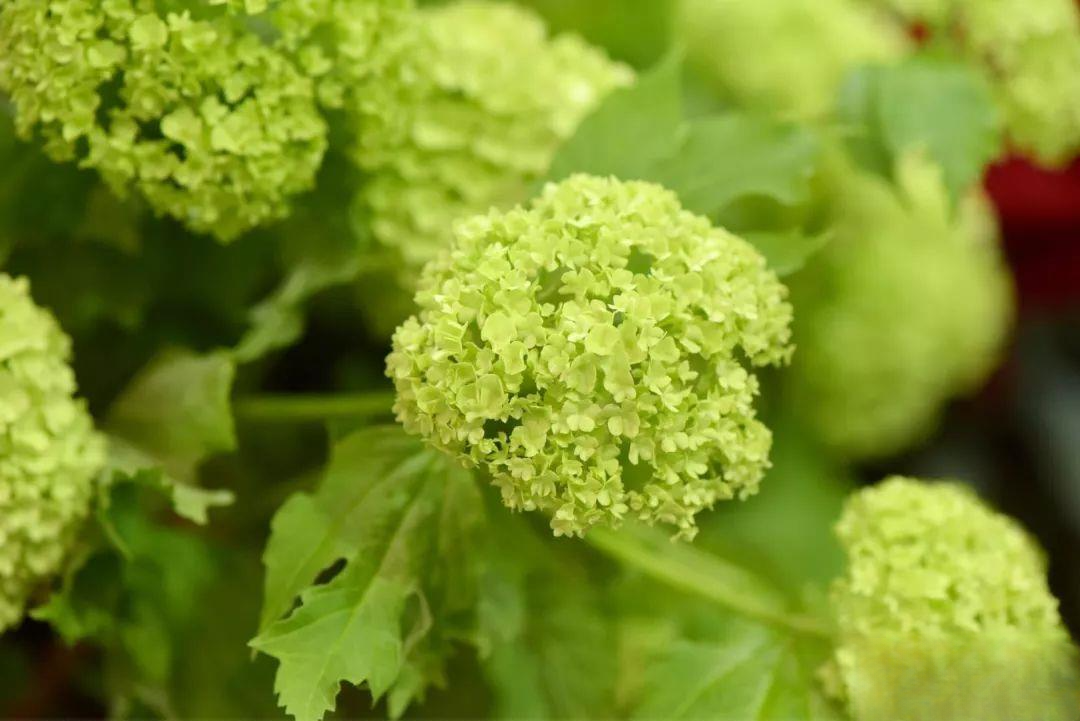 Also known as European snowball , the flowers are light green before they fully bloom. They are much smaller than the common wood hydrangeas, and the leaf shape is also different. Green flowers are relatively rare, so they have a special temperament, but the disadvantage is that they are more prone to water loss.
Also known as European snowball , the flowers are light green before they fully bloom. They are much smaller than the common wood hydrangeas, and the leaf shape is also different. Green flowers are relatively rare, so they have a special temperament, but the disadvantage is that they are more prone to water loss.
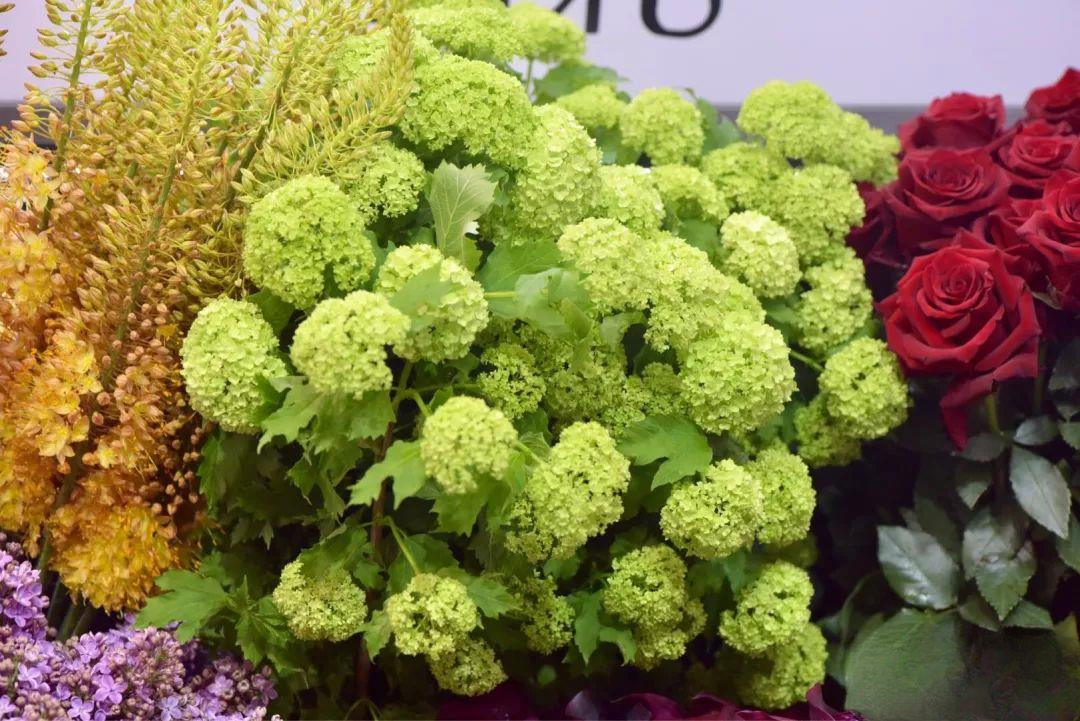
3. High-end category, mostly imported flowers
48. Liliaceae, Fritillaria, Imperial Fritillaria
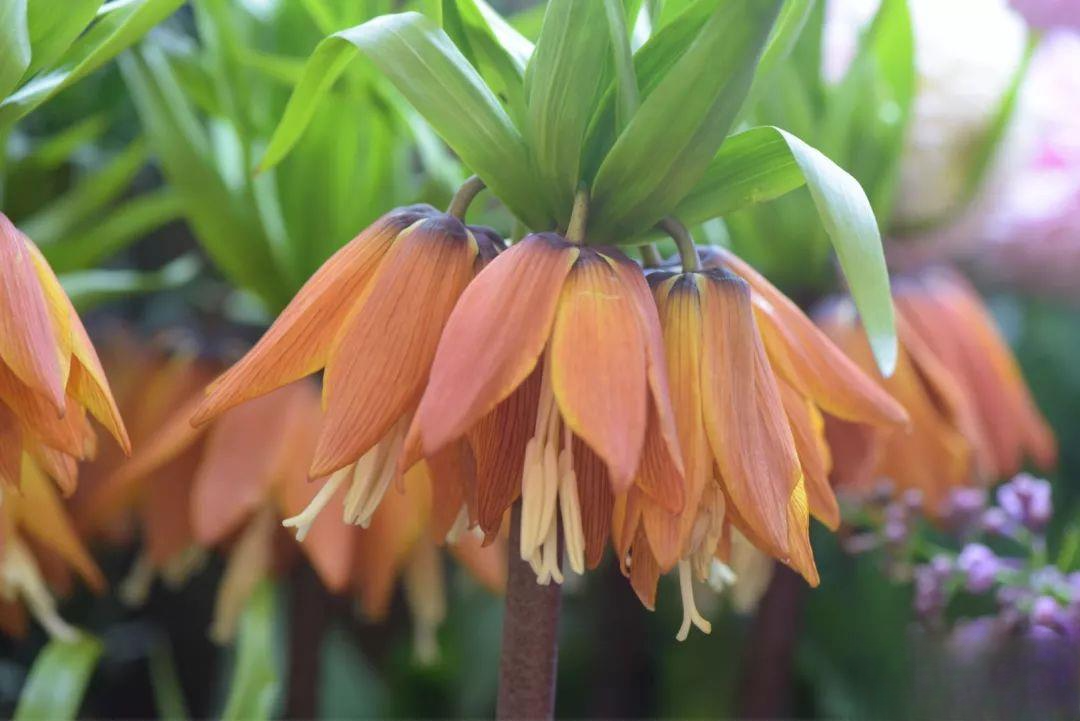 The flowers of the Crown Fritillary are gathered below the leaves at the top of the pedicel. The inflorescence is arranged in a ring, like a crown, hence the name. The common flower colors are yellow and orange.
The flowers of the Crown Fritillary are gathered below the leaves at the top of the pedicel. The inflorescence is arranged in a ring, like a crown, hence the name. The common flower colors are yellow and orange.
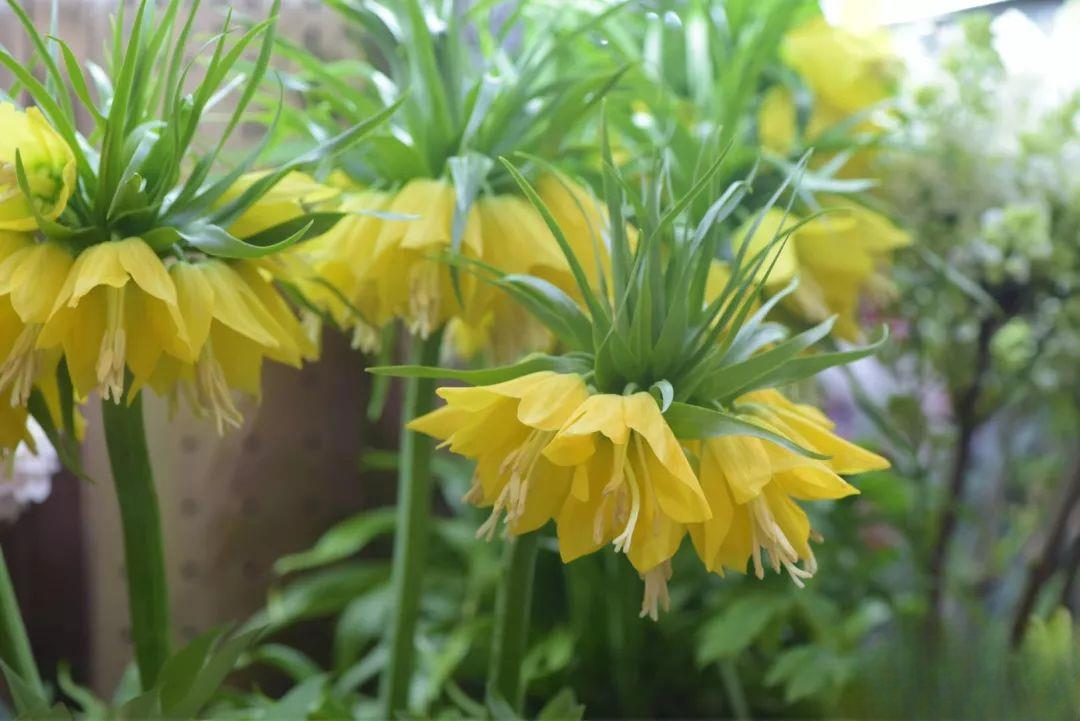
49. Liliaceae, genus Sandersonia, lantern flower, Sandersoniaaurantiaca Hook
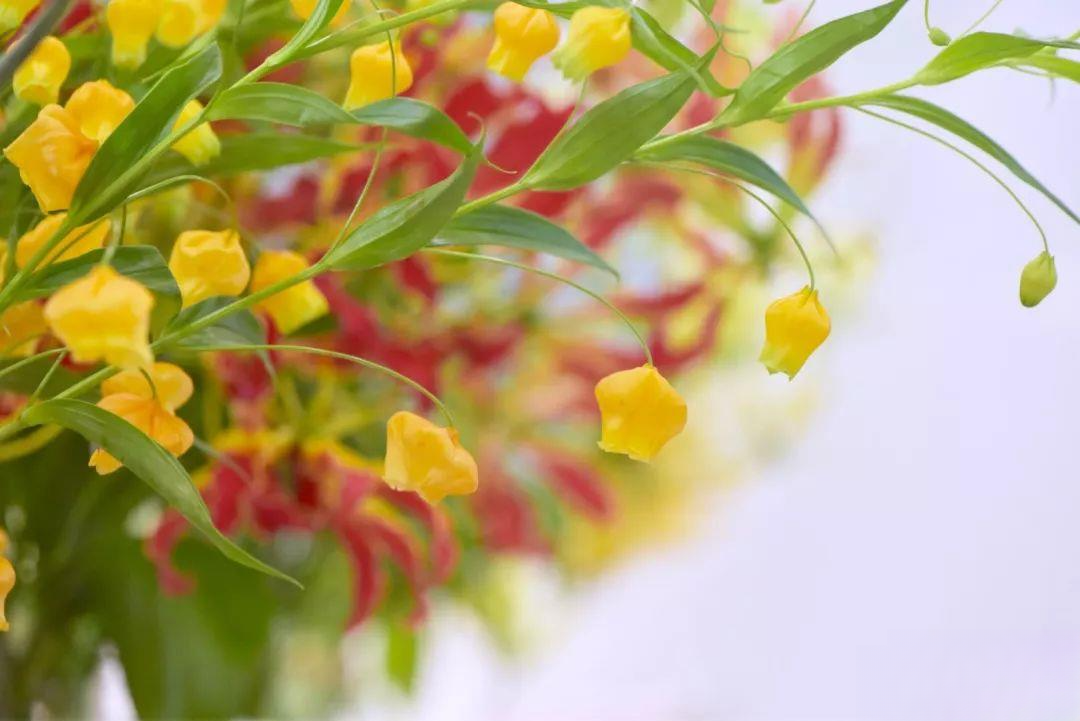
Because its flower shape resembles a Chinese lantern, it is often called lantern lily . The drooping flower shape is very unique, and one or two branches in a bouquet will be quite interesting.
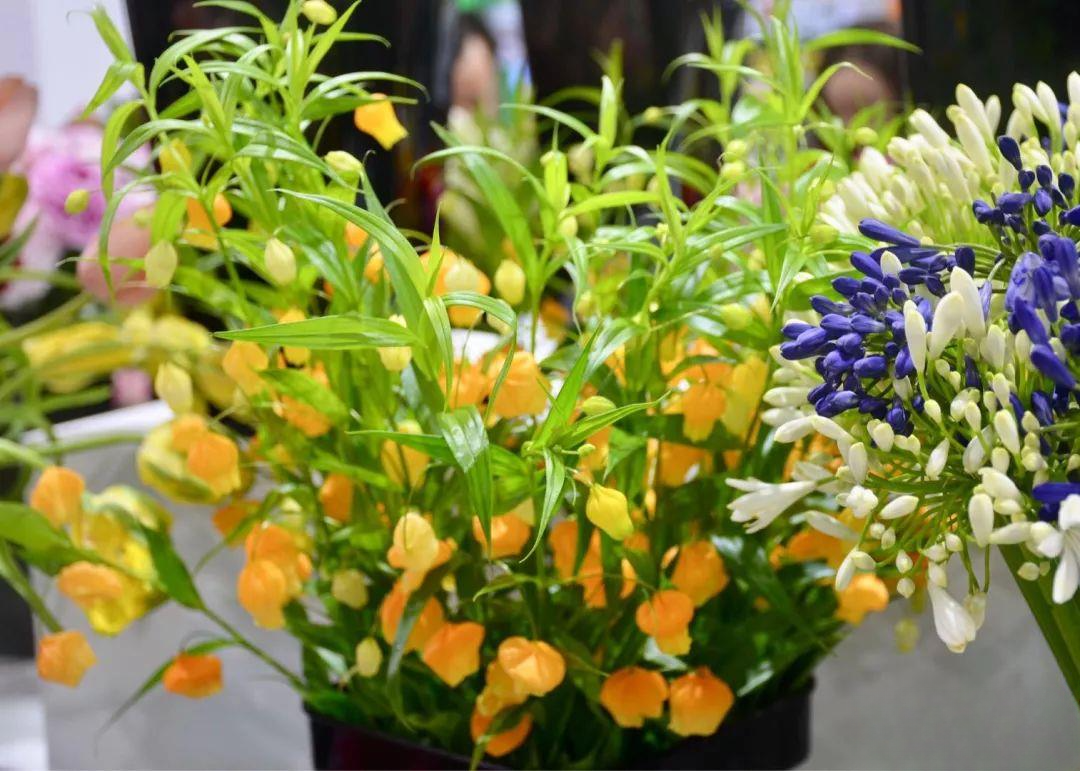
50. Amaryllidaceae Leucocoryne vittata Ravenna
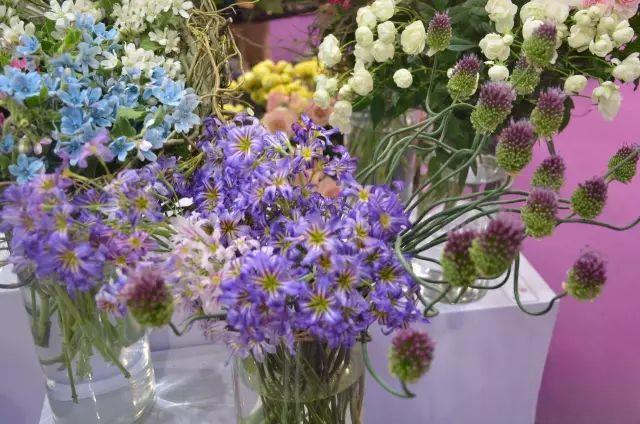 The overall plant of the Sunshine Lily is relatively small, with a single flower in the umbel being about 5 cm. The flowers come in colors such as blue, white, and purple, and most varieties have a fragrance.
The overall plant of the Sunshine Lily is relatively small, with a single flower in the umbel being about 5 cm. The flowers come in colors such as blue, white, and purple, and most varieties have a fragrance.
51. Amaryllidaceae, Nectaroscordum, Sicilian honey garlic, Nectaroscordum siculum
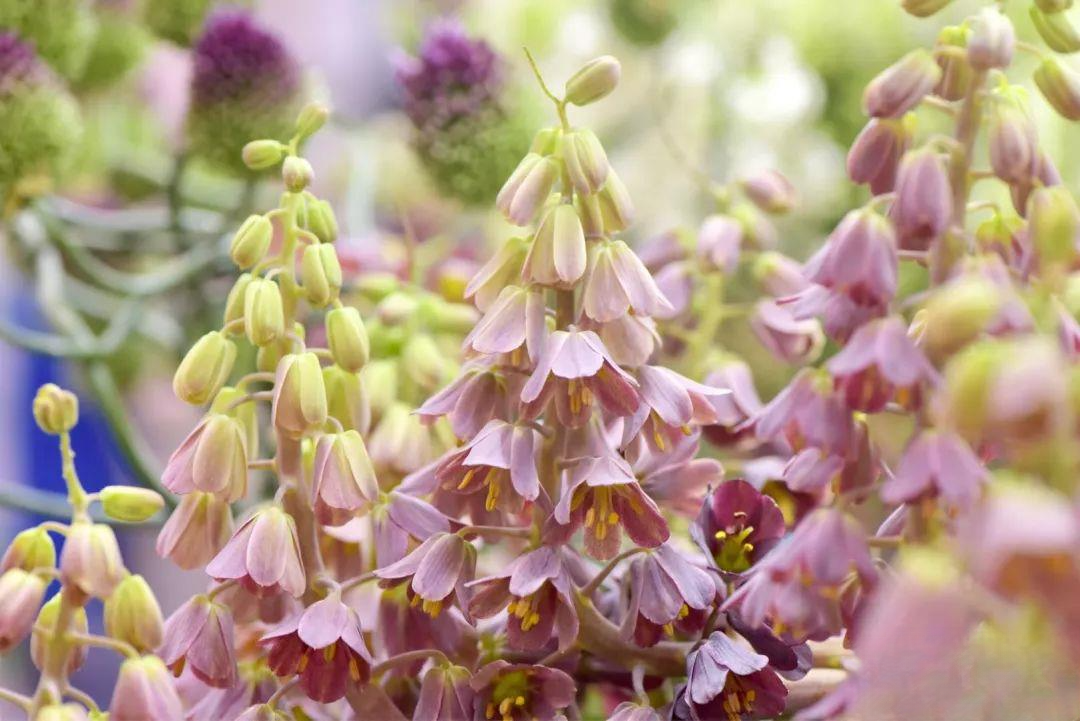 The drooping flowers look like upside-down bells or chandeliers hanging from the roof. The yellow-orange color is relatively rare. It is native to Europe and is the first time it has been seen in China.
The drooping flowers look like upside-down bells or chandeliers hanging from the roof. The yellow-orange color is relatively rare. It is native to Europe and is the first time it has been seen in China.
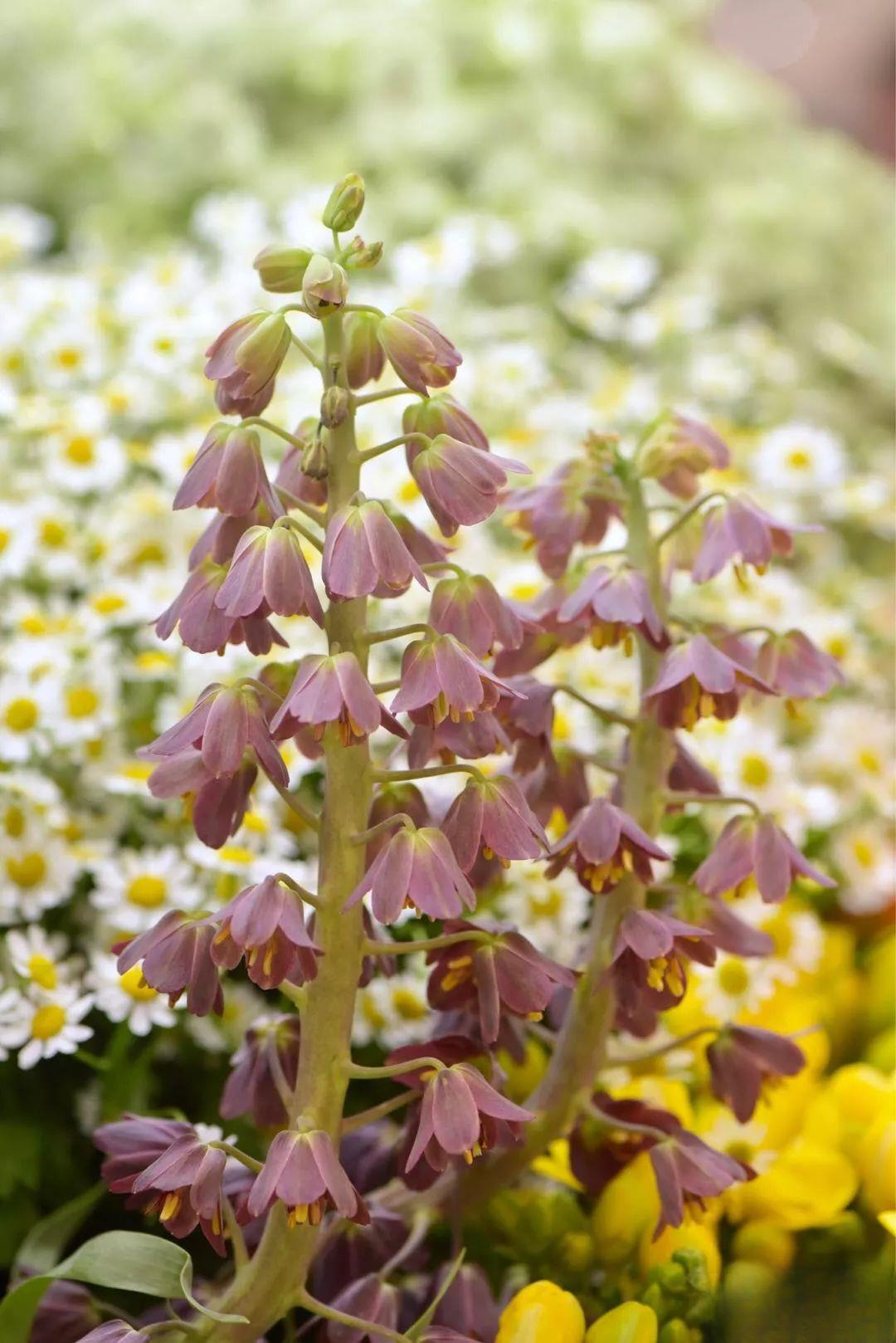
52.Lamiaceae, Phlomis, Phlomis tuberosa
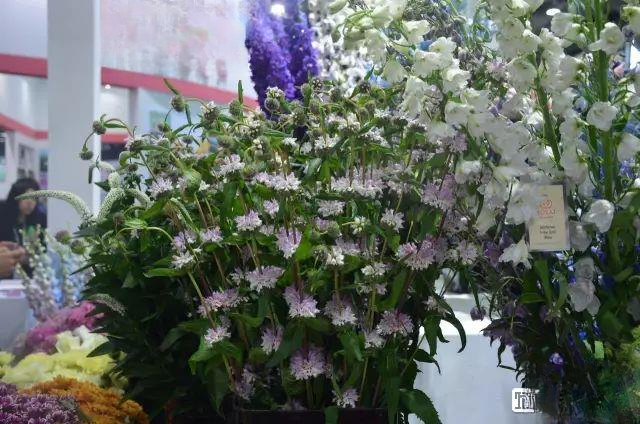 The shape of the flower is quite peculiar, and the hairs give people the feeling of being thick and "rough". The small flowers are clustered in a whorl on the purple-red stem, showing a strong linear feeling.
The shape of the flower is quite peculiar, and the hairs give people the feeling of being thick and "rough". The small flowers are clustered in a whorl on the purple-red stem, showing a strong linear feeling.
53. Lamiaceae, Moluccella, Moluccella laevis
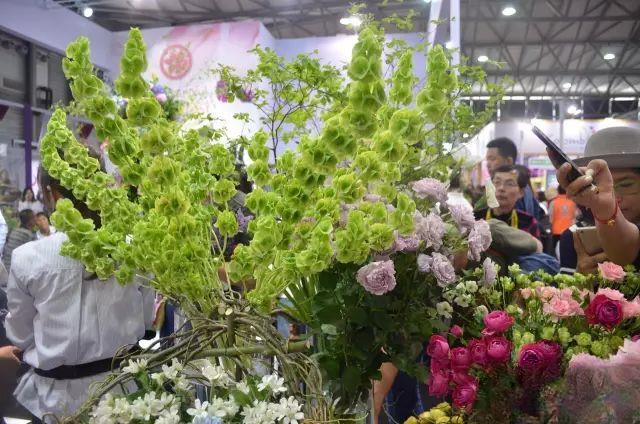 It is named for its leaves that resemble shells and its flowers that resemble collars. The plant has small white flowers of strange shapes, six in a whorl, and the part we admire is its cup-shaped yellow-green calyx.
It is named for its leaves that resemble shells and its flowers that resemble collars. The plant has small white flowers of strange shapes, six in a whorl, and the part we admire is its cup-shaped yellow-green calyx.
54. Haemodoraceae, Anigozanthos, Anigozanthosflavidus
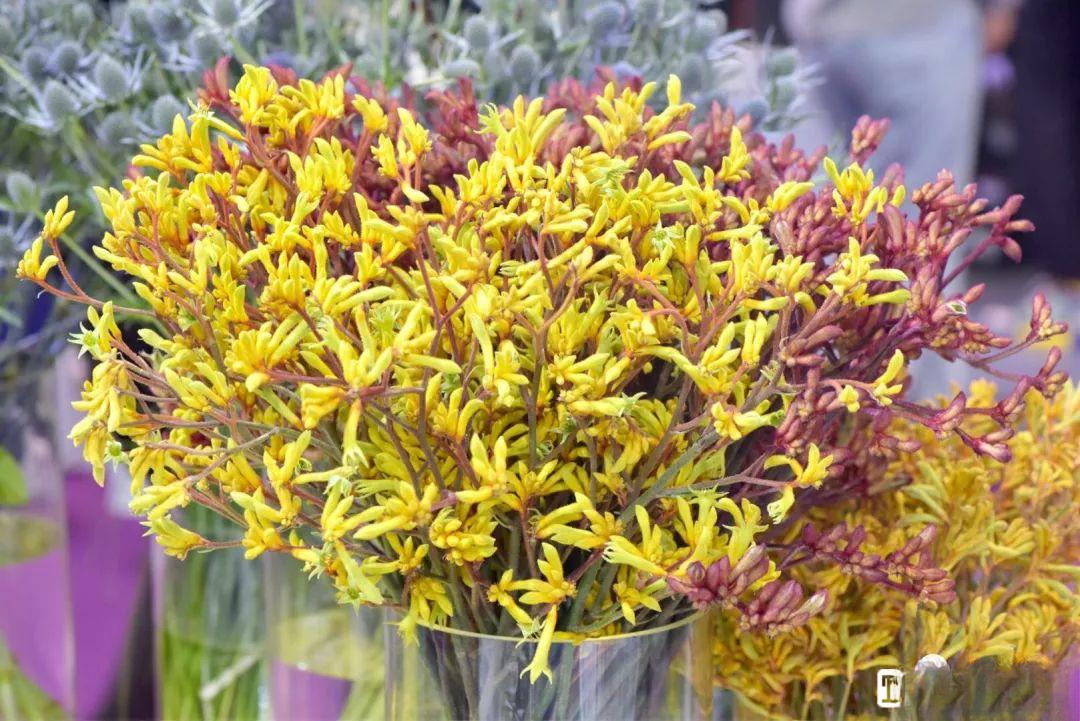 The pedicels are golden yellow and densely covered with velvet, resembling the paws of a kangaroo, hence the name. The inflorescence of the kangaroo paw is long and has 15 to 20 flowers.
The pedicels are golden yellow and densely covered with velvet, resembling the paws of a kangaroo, hence the name. The inflorescence of the kangaroo paw is long and has 15 to 20 flowers.
55. Asparagaceae, Ornithogalum, Ornithogalum arabicum
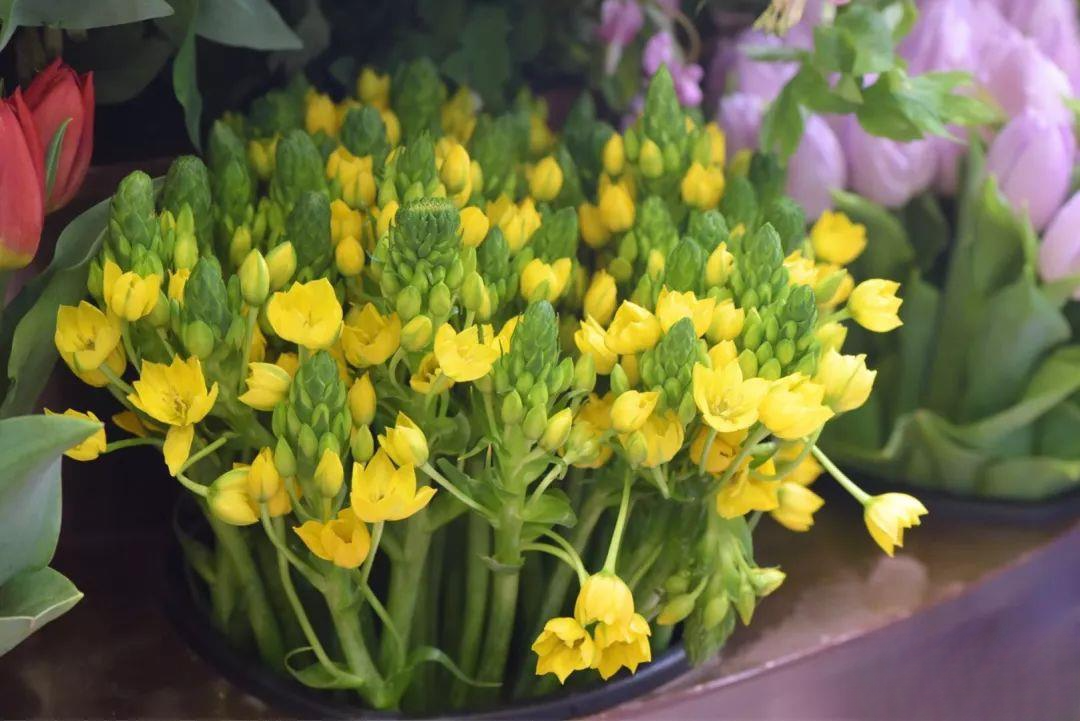
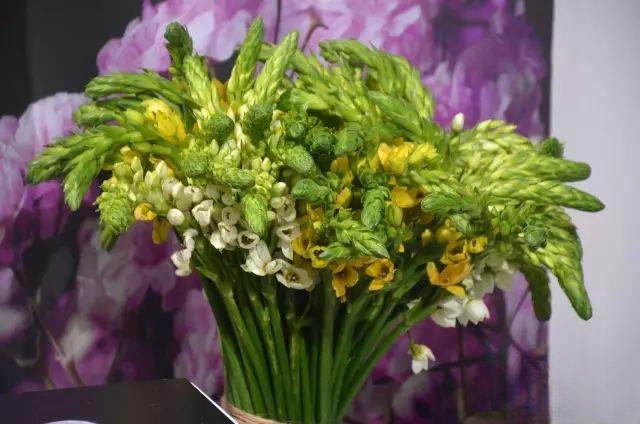 56. Asparagaceae, Ornithogalum dubium
56. Asparagaceae, Ornithogalum dubium
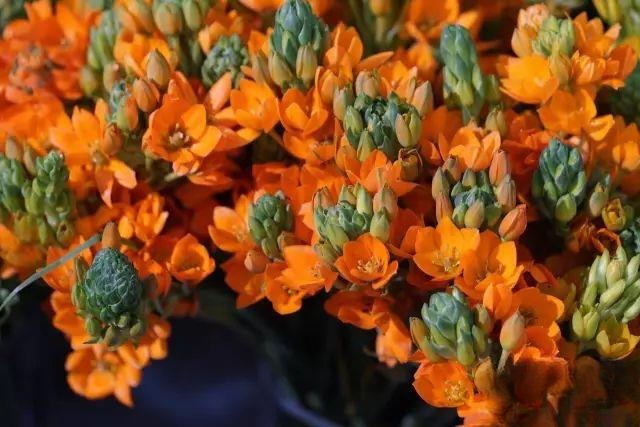 Because the shape of its flower resembles the Jewish symbol of the six-pointed star, its English name is "Star of Bethlehem".
Because the shape of its flower resembles the Jewish symbol of the six-pointed star, its English name is "Star of Bethlehem".
57. Amaranthaceae, Ptilotus, Ptilotus exaltatus
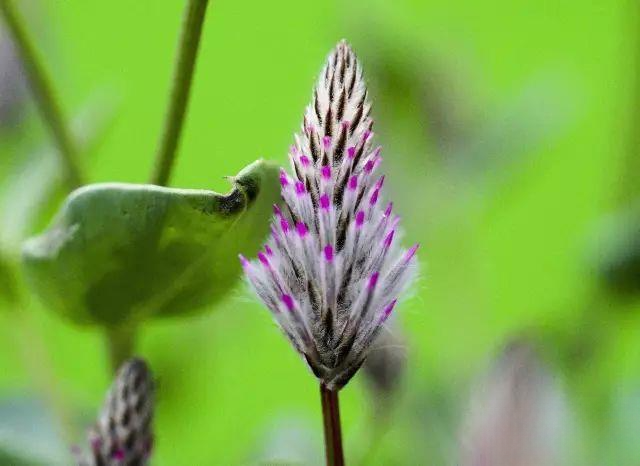 The most famous variety is Australian Foxtail 'Cub', which has silver-green leaves, a panicle inflorescence, a flower spike of 7 to 10 cm, deep neon pink flowers with dazzling silver fuzz on the edges, a strong visual impact, and a long flowering period.
The most famous variety is Australian Foxtail 'Cub', which has silver-green leaves, a panicle inflorescence, a flower spike of 7 to 10 cm, deep neon pink flowers with dazzling silver fuzz on the edges, a strong visual impact, and a long flowering period.
58. Asphodelaceae, Eremurus, Eremurus stenophyllus
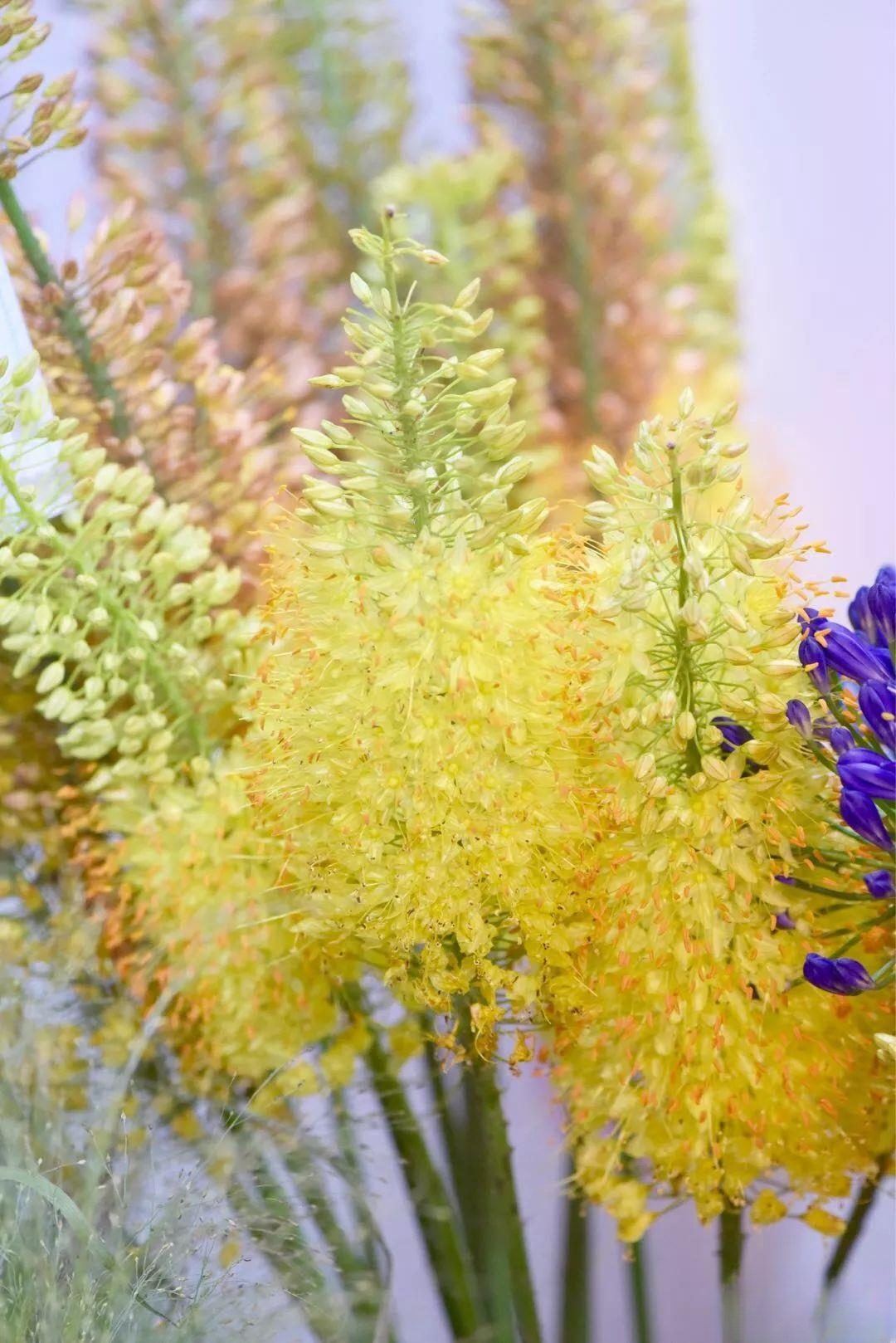
Also known as foxtail flower , dense yellow flowers are distributed on long branches, clustered like tails, making people want to touch them.
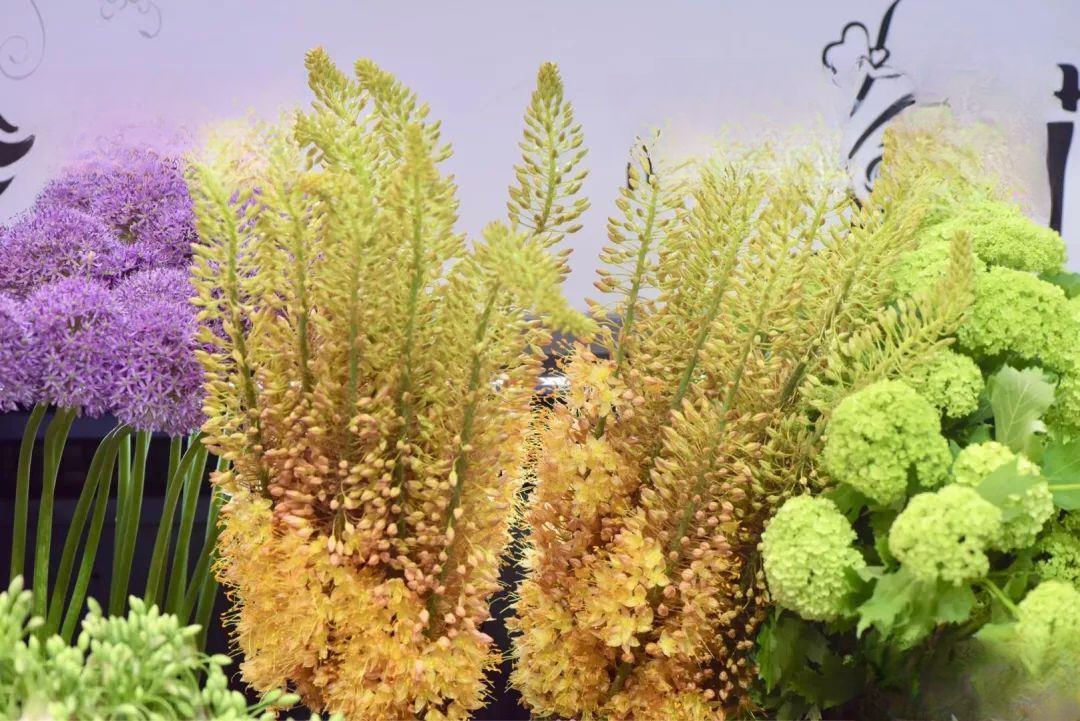
59. Proteaceae Protea Proteacynaroides
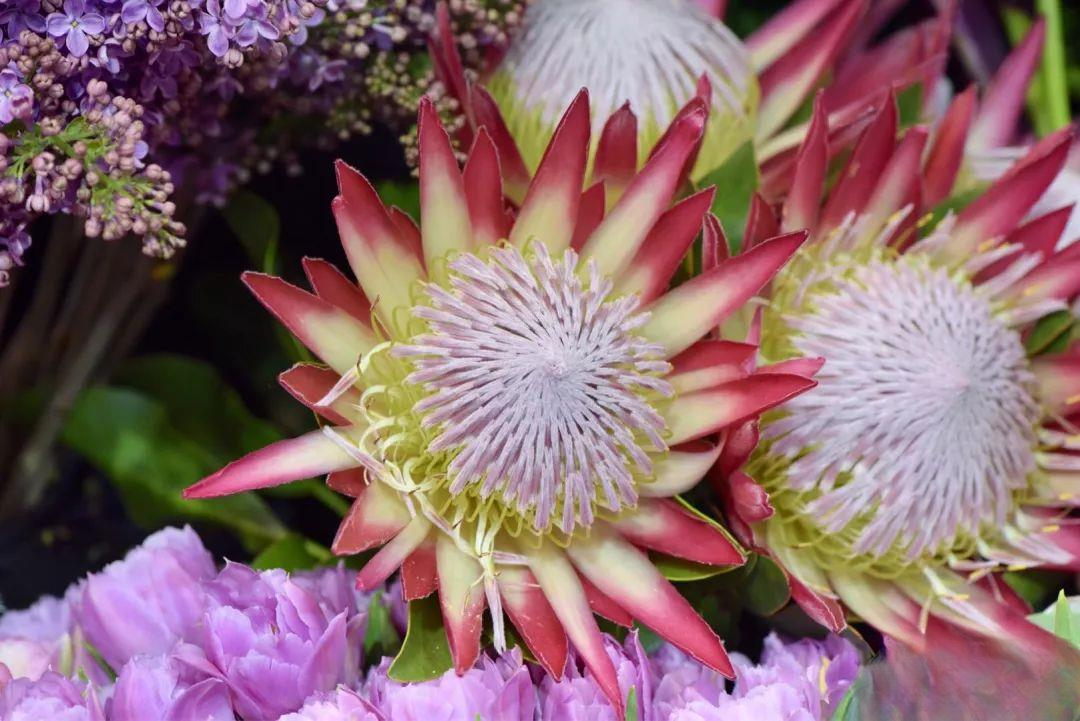
Of course, the king protea we are talking about is usually a general term for this genus, so their leaf and flower shapes will be different.
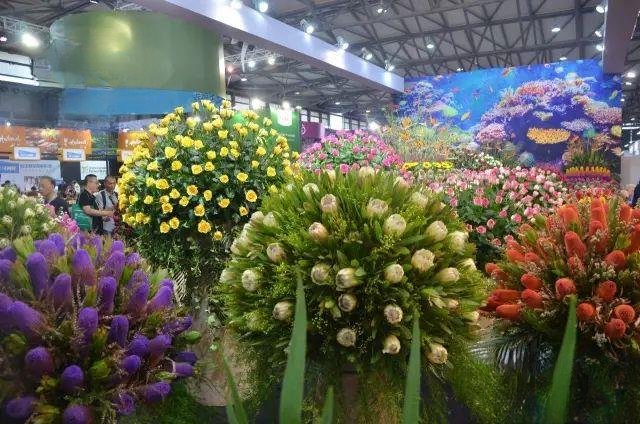
60. Proteaceae Banksia integrifolia
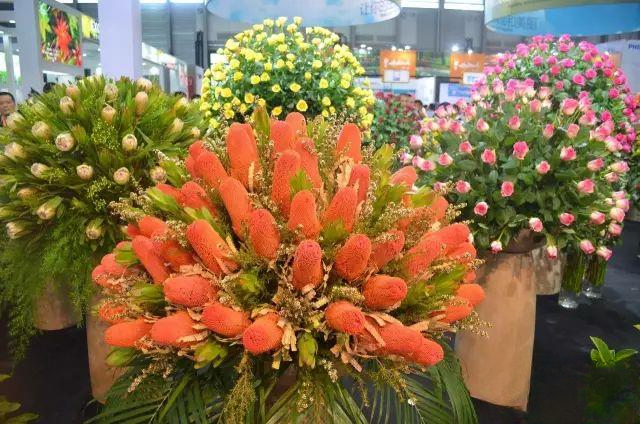 Large spikes of inflorescence are terminal, cylindrical or spherical, with dense, neatly arranged florets in a brush-like shape. They are often dyed when used as flower materials. Like the Protea, it is a general term for flowers of this genus.
Large spikes of inflorescence are terminal, cylindrical or spherical, with dense, neatly arranged florets in a brush-like shape. They are often dyed when used as flower materials. Like the Protea, it is a general term for flowers of this genus.
61. Proteaceae, Leucospermum, Leucospermumnutans
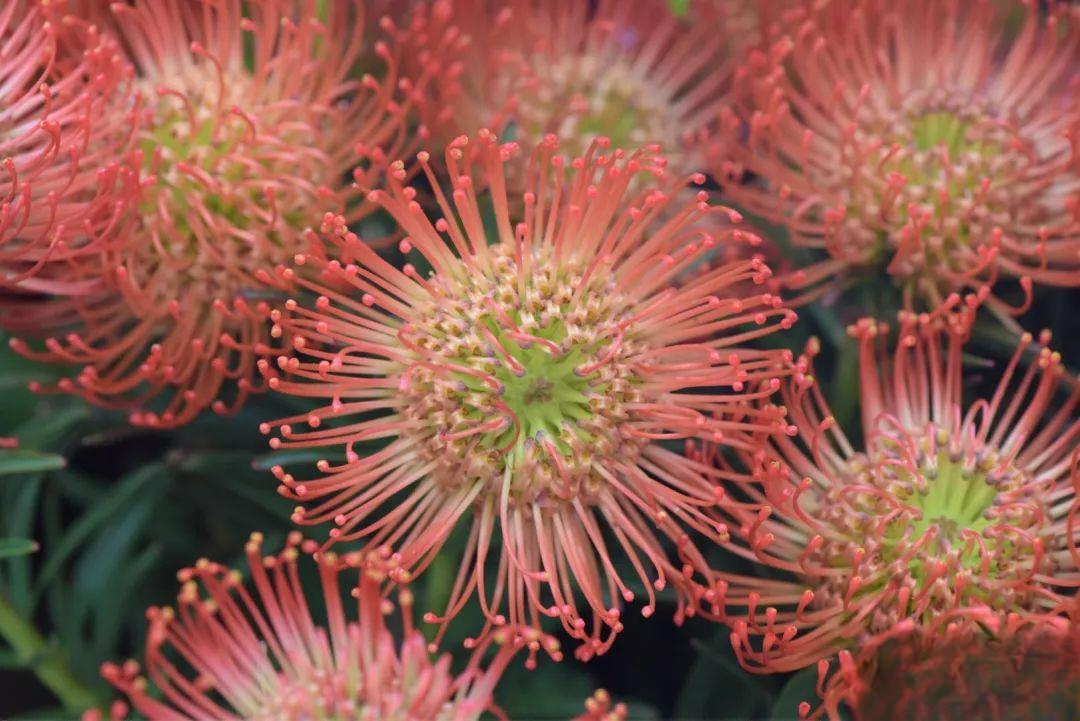 It is also called wind wheel flower because its flower ball looks like a pin stuck in a spherical pin cushion. It is also called firework chrysanthemum because its flowers look like fireworks in the night sky when they bloom. It is also a general name for flowers of this genus.
It is also called wind wheel flower because its flower ball looks like a pin stuck in a spherical pin cushion. It is also called firework chrysanthemum because its flowers look like fireworks in the night sky when they bloom. It is also a general name for flowers of this genus.
62. Proteaceae Leucadendron argenteum
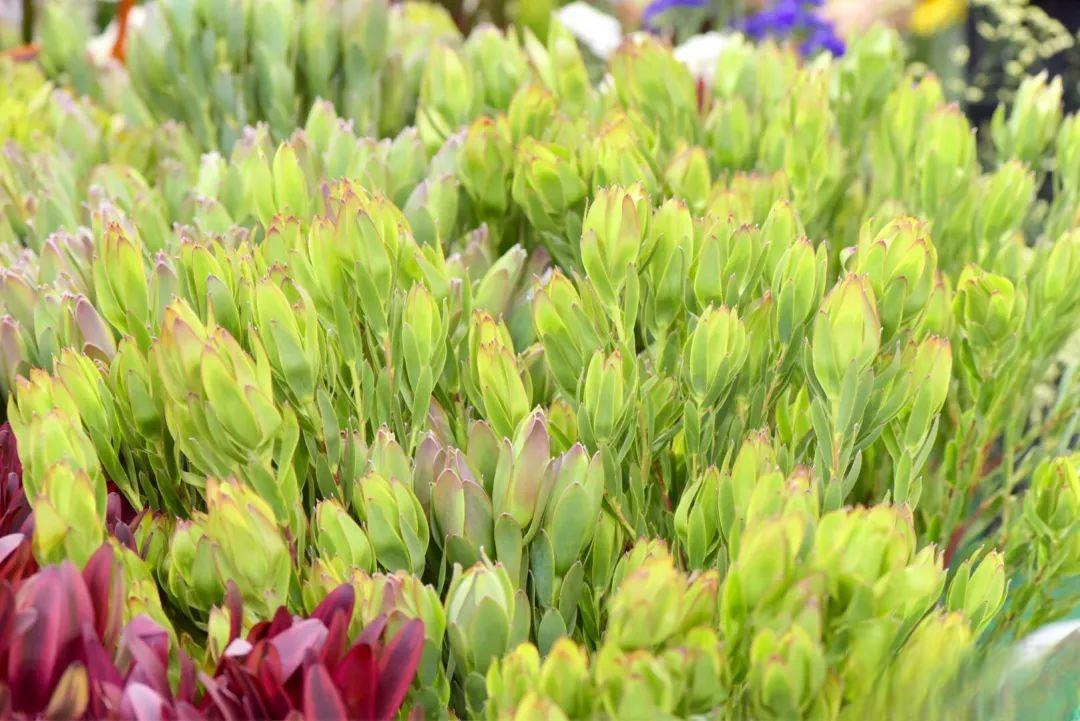 The national flower of the Republic of South Africa, the ornamental part is the bracts, the flowers and leaves have a variety of shapes and colors, which are quite similar to tulips, so it is called the "African tulip". It is also a general name for flowers of this genus.
The national flower of the Republic of South Africa, the ornamental part is the bracts, the flowers and leaves have a variety of shapes and colors, which are quite similar to tulips, so it is called the "African tulip". It is also a general name for flowers of this genus.
4. Accessories: small flowers, foliage and fruit
63. Plumbaginaceae Limonium bicolor
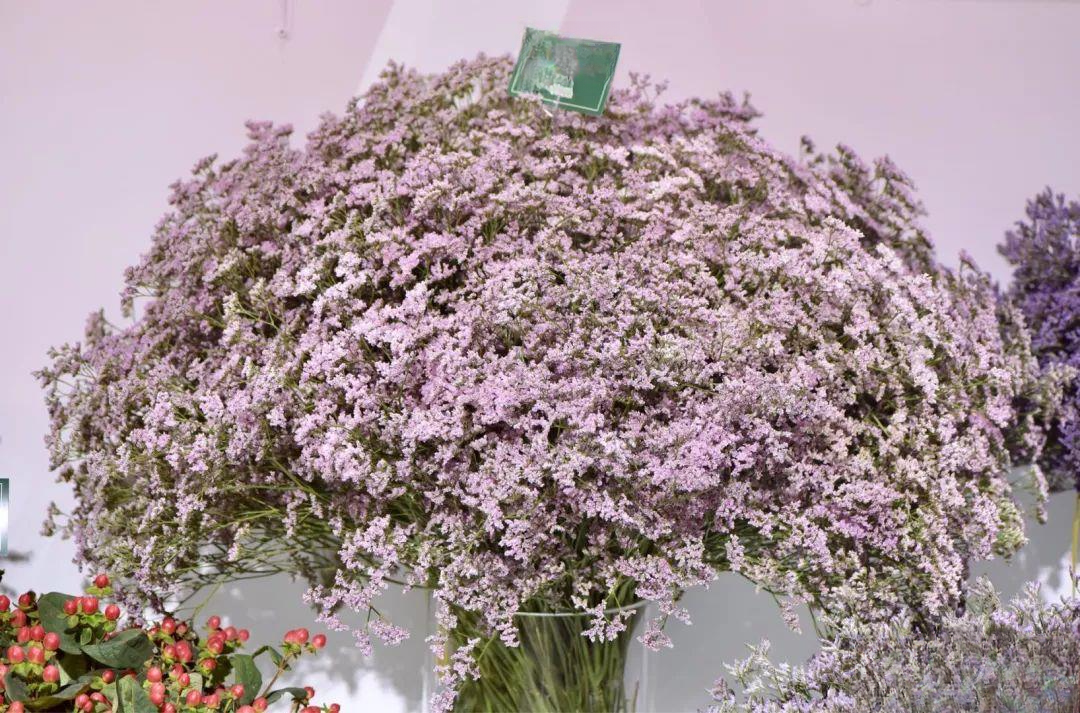 In floriculture, it is called lover's grass . The flowers are small, growing in a pagoda shape with distinct layers. The common flower colors are purple and pink, and they are mostly preserved as dried flowers.
In floriculture, it is called lover's grass . The flowers are small, growing in a pagoda shape with distinct layers. The common flower colors are purple and pink, and they are mostly preserved as dried flowers.
64. Plumbaginaceae, Limonium, Limoniumsinuatum
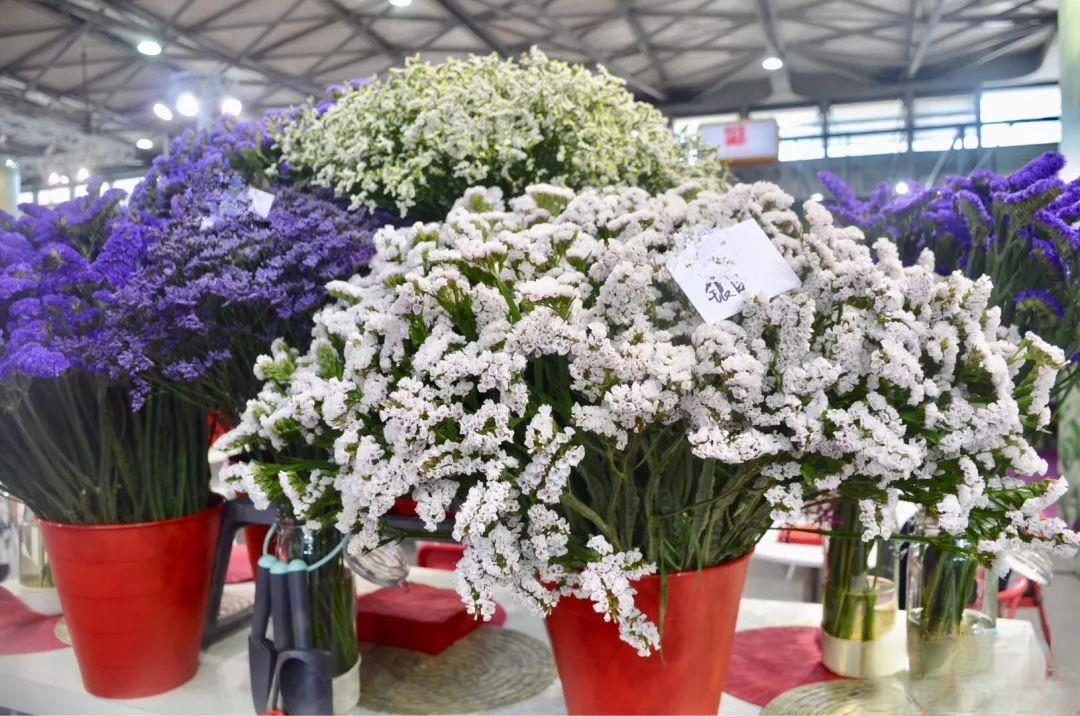
In floriculture, it is called forget-me-not . The ornamental part is actually the sepals. The small white flowers in the middle of the sepals are the real flowers. The common flower color is purple-pink, and most of them are preserved as dried flowers.
65. Caryophyllaceae, Gypsophila, Gypsophilaelegans. The double-petaled Gypsophila is the baby 's breath 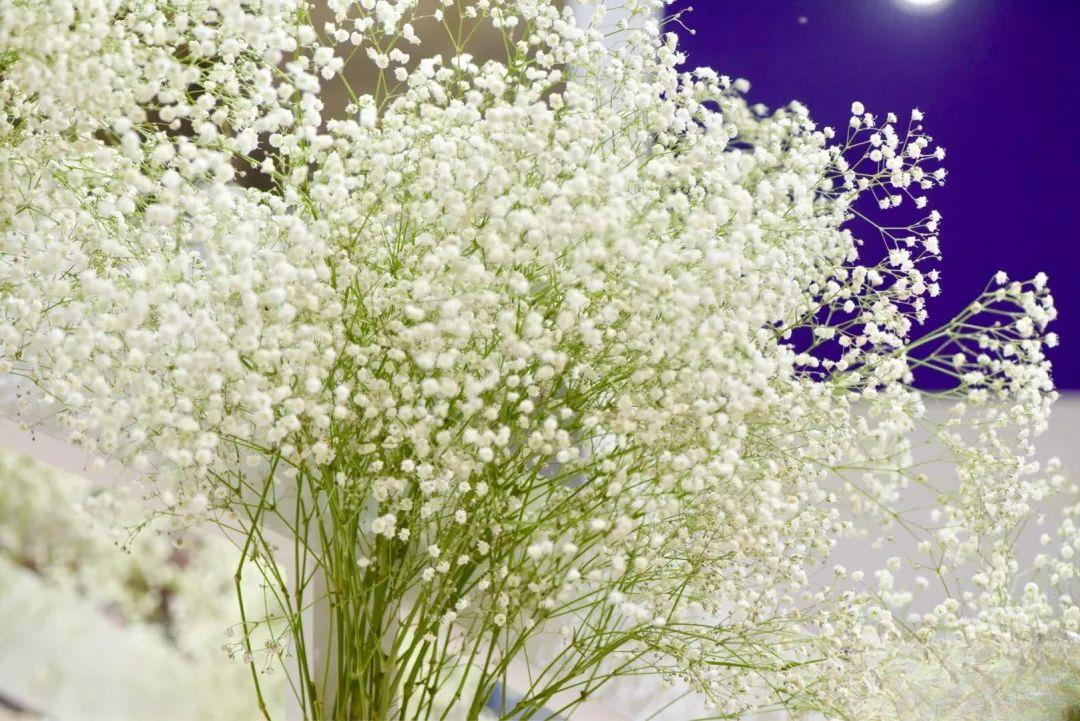 in floristry . The common flower color is white, and the texture is soft and delicate. It is often dyed and made into dried flowers. The English name "Baby's Breath" is very appropriate.
in floristry . The common flower color is white, and the texture is soft and delicate. It is often dyed and made into dried flowers. The English name "Baby's Breath" is very appropriate.
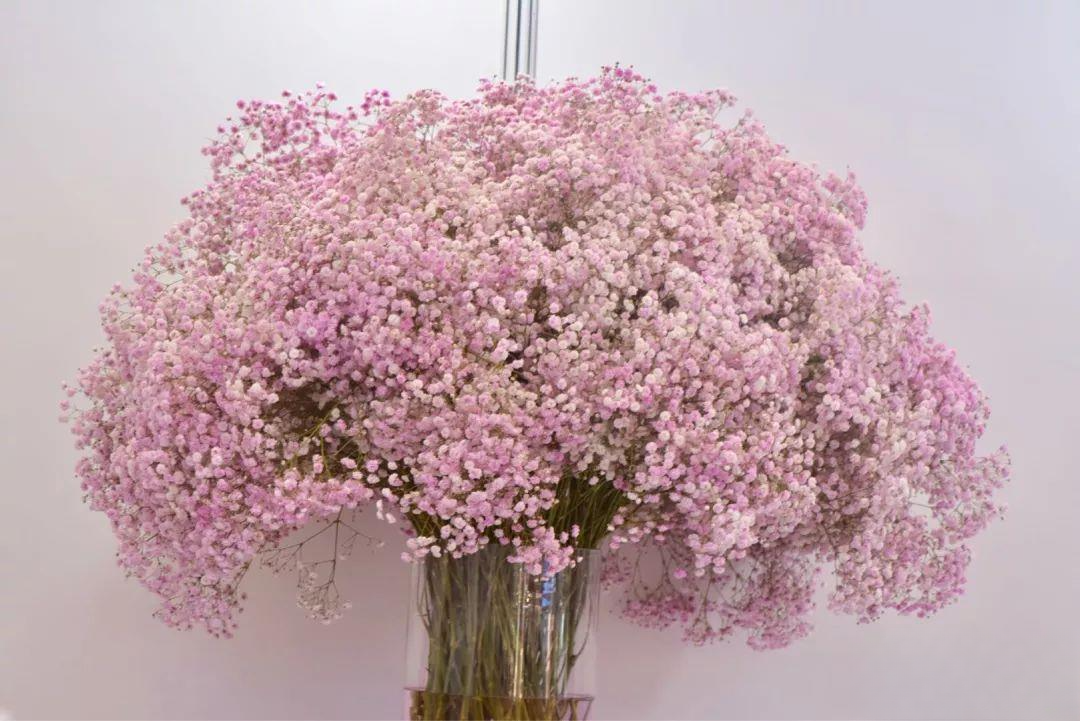
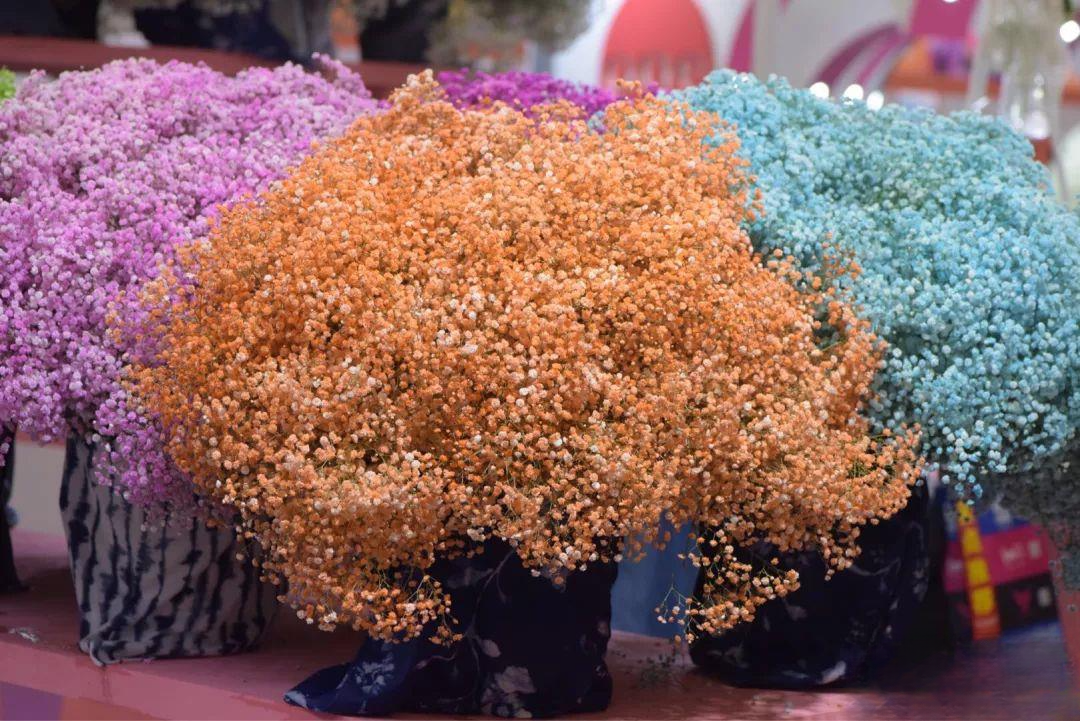
66. Caryophyllaceae Dianthus Dianthus barbatus
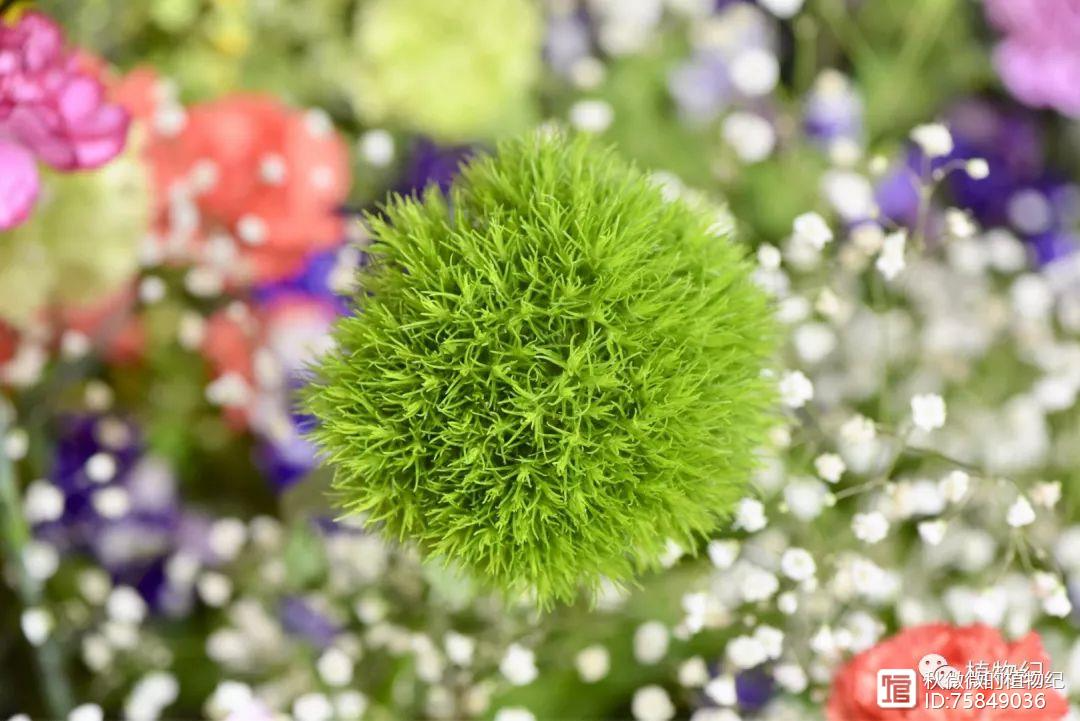 In floriculture, it is called green velvet ball , but it is actually a type of Dianthus barbatus that does not bloom or blooms very little. The variety in the series is 'Green Trick'.
In floriculture, it is called green velvet ball , but it is actually a type of Dianthus barbatus that does not bloom or blooms very little. The variety in the series is 'Green Trick'.
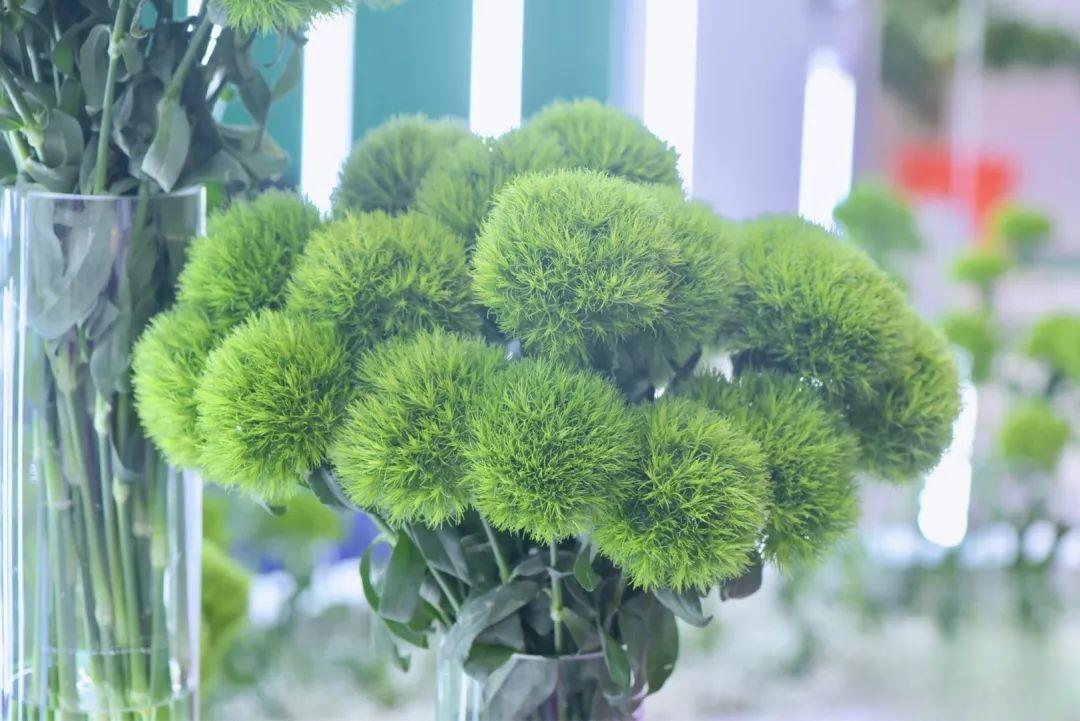 67. Umbelliferae, Daucus, Daucuscarota
67. Umbelliferae, Daucus, Daucuscarota
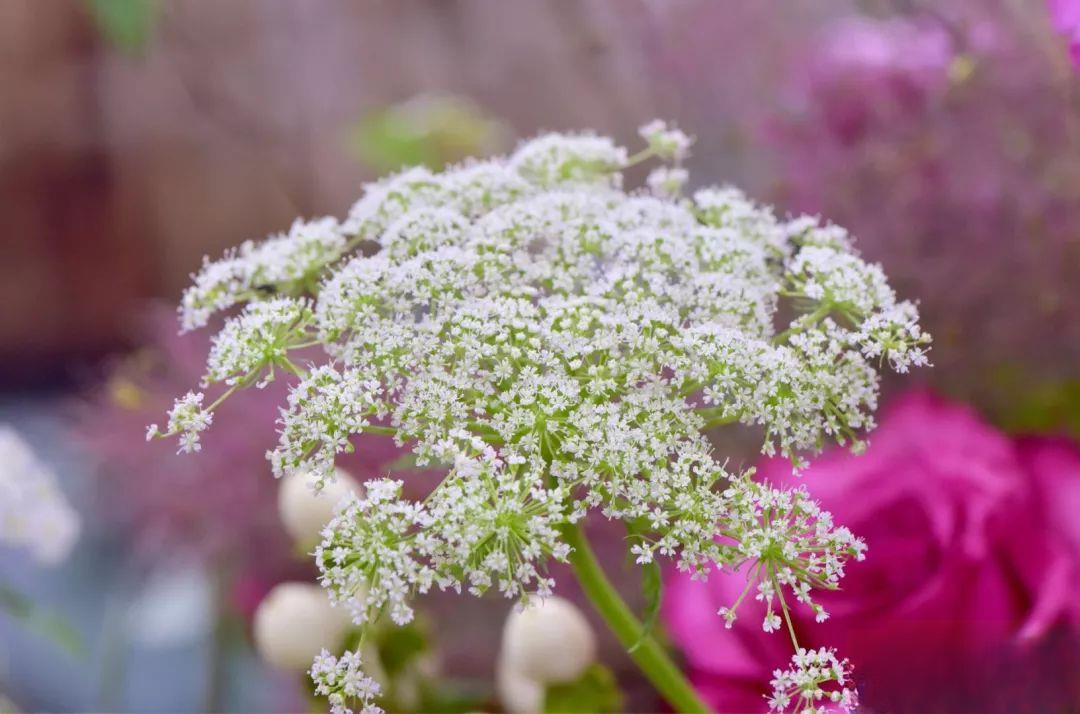 In floriculture, it is called lace flower , Queen Anne's lace . The compound umbel inflorescence, hundreds of small flowers densely gathered at the top of the branch, light and romantic, white and delicate. In fact, it is the flower of the wild carrot commonly seen in the countryside, but it has been given an elegant name.
In floriculture, it is called lace flower , Queen Anne's lace . The compound umbel inflorescence, hundreds of small flowers densely gathered at the top of the branch, light and romantic, white and delicate. In fact, it is the flower of the wild carrot commonly seen in the countryside, but it has been given an elegant name.
68. Apiaceae, Coriandrum, Coriandrum sativum
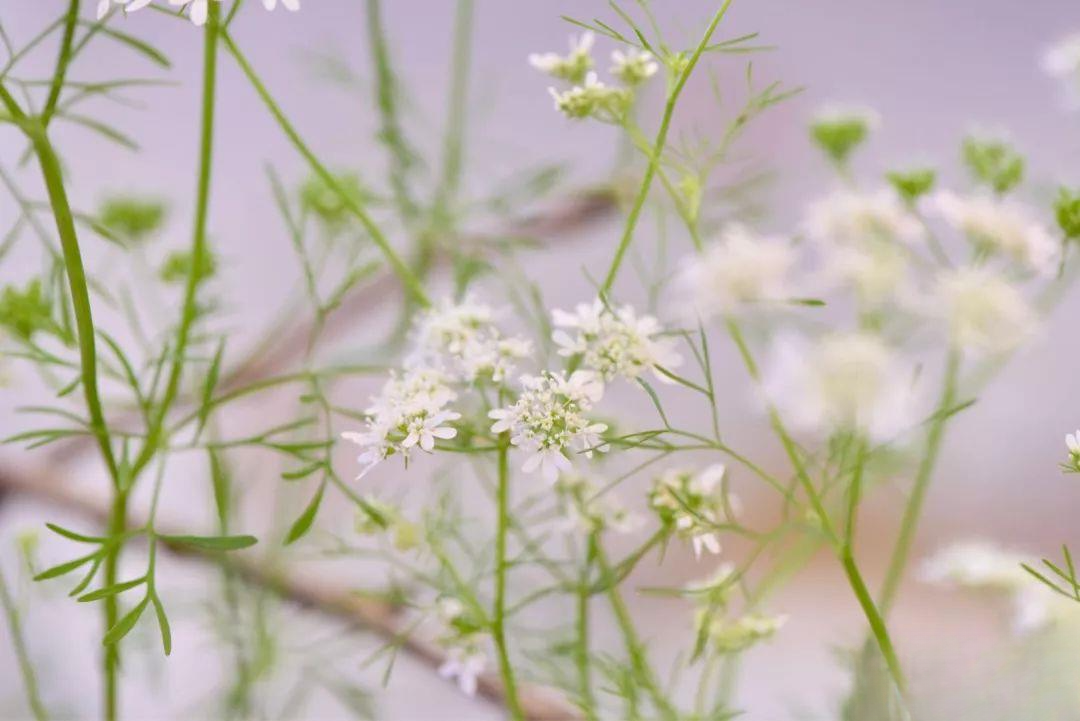 It is also called lace flower . It looks more delicate than wild carrot flower. The difference is that the middle one is fertile and the outer one is infertile. The petals are shaped like rabbit ears. Coriander is cilantro. Although I don’t like to eat it, it is undeniable that its flowers are still cute.
It is also called lace flower . It looks more delicate than wild carrot flower. The difference is that the middle one is fertile and the outer one is infertile. The petals are shaped like rabbit ears. Coriander is cilantro. Although I don’t like to eat it, it is undeniable that its flowers are still cute.
69. Umbelliferae, Trachymene coerulea
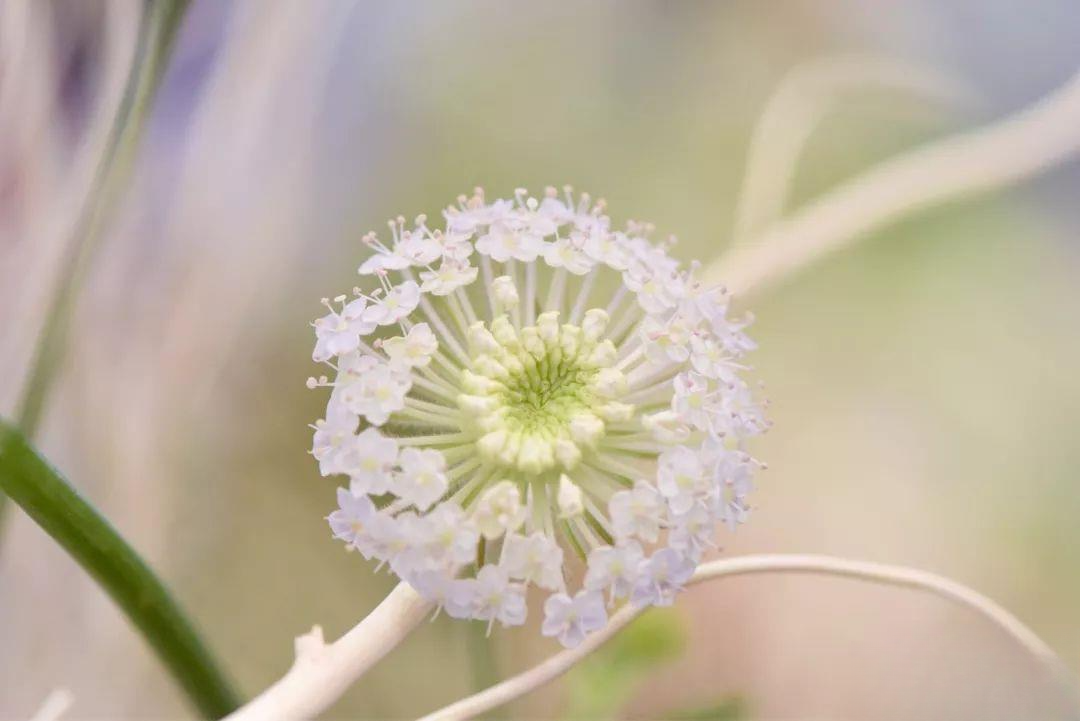
It is called blue lace flower in floriculture , the hemispherical inflorescence is about 3-5cm in size, and the common flower color is pink blue. It is native to Australia.
70. Apiaceae, Eryngium, Eryngium planum
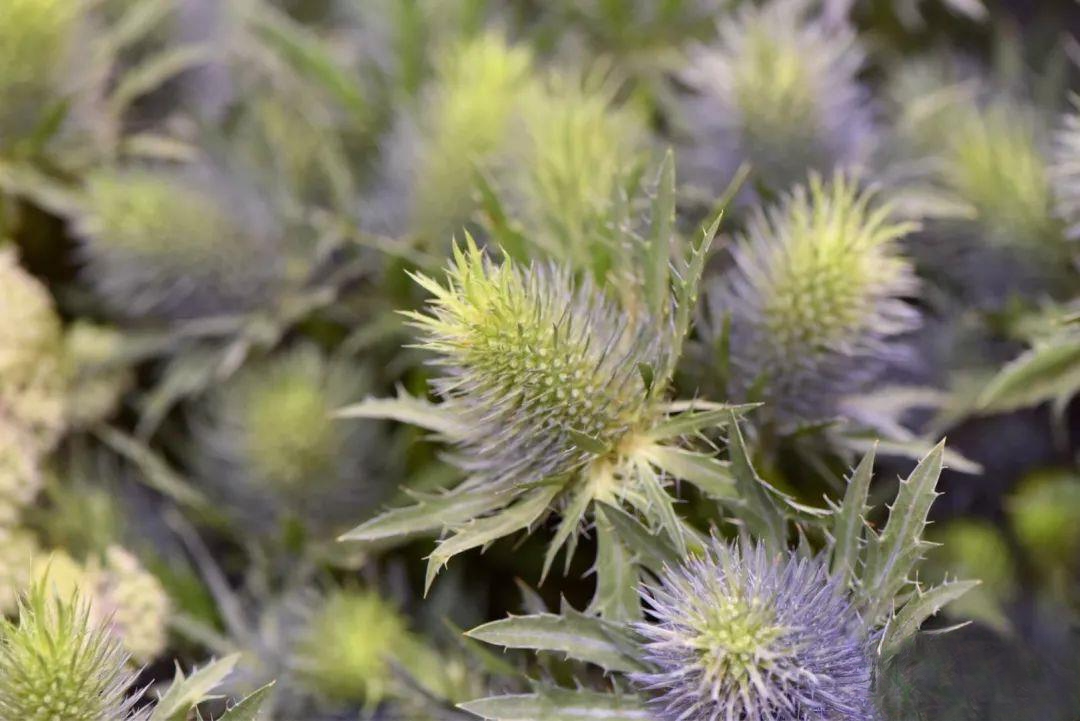 “Big Blue Eryngium”
“Big Blue Eryngium”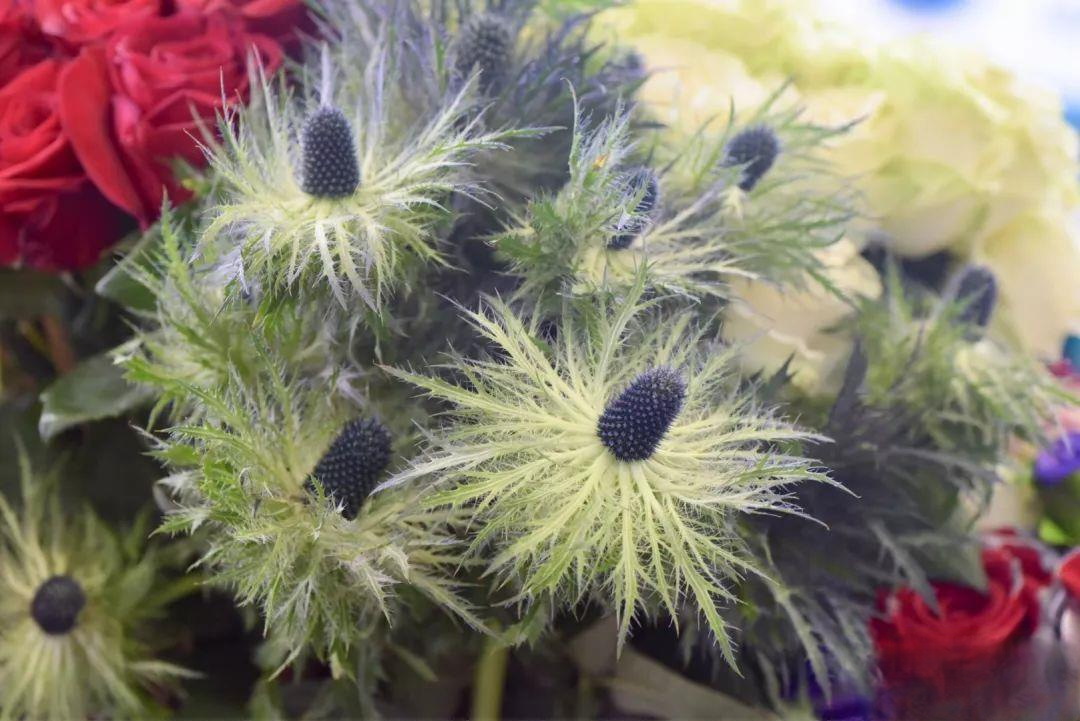 “Blue Jackpot Eryngium”
“Blue Jackpot Eryngium”
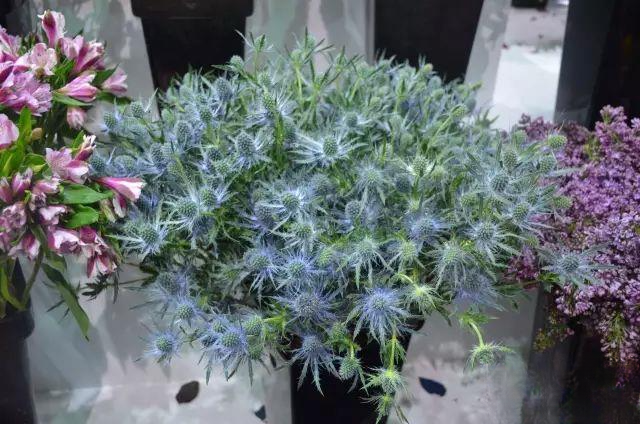 Eryngium flatleaf has a blue-purple glossy head-shaped flower ball and coarsely serrated sword-shaped leaves. The collision of hardness and softness has a rebellious temperament. It can be made into dried flowers and the color will not diminish even after being preserved for several years.
Eryngium flatleaf has a blue-purple glossy head-shaped flower ball and coarsely serrated sword-shaped leaves. The collision of hardness and softness has a rebellious temperament. It can be made into dried flowers and the color will not diminish even after being preserved for several years.
71. Asteraceae, Pycnosorus, Pycnosorus globosus
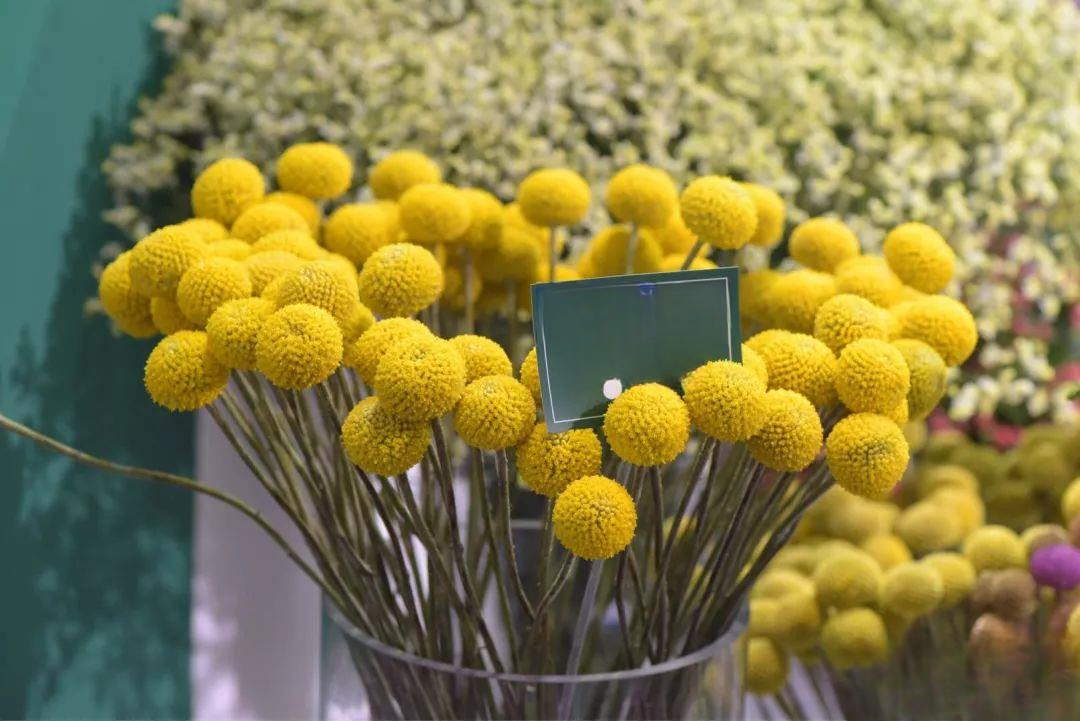 In flower art, it is called the golden ball . The yellow head inflorescence is quite cute and suitable for embellishment in bouquets or as dried flowers.
In flower art, it is called the golden ball . The yellow head inflorescence is quite cute and suitable for embellishment in bouquets or as dried flowers.
72. Compositae Echinops sphaerocephalus
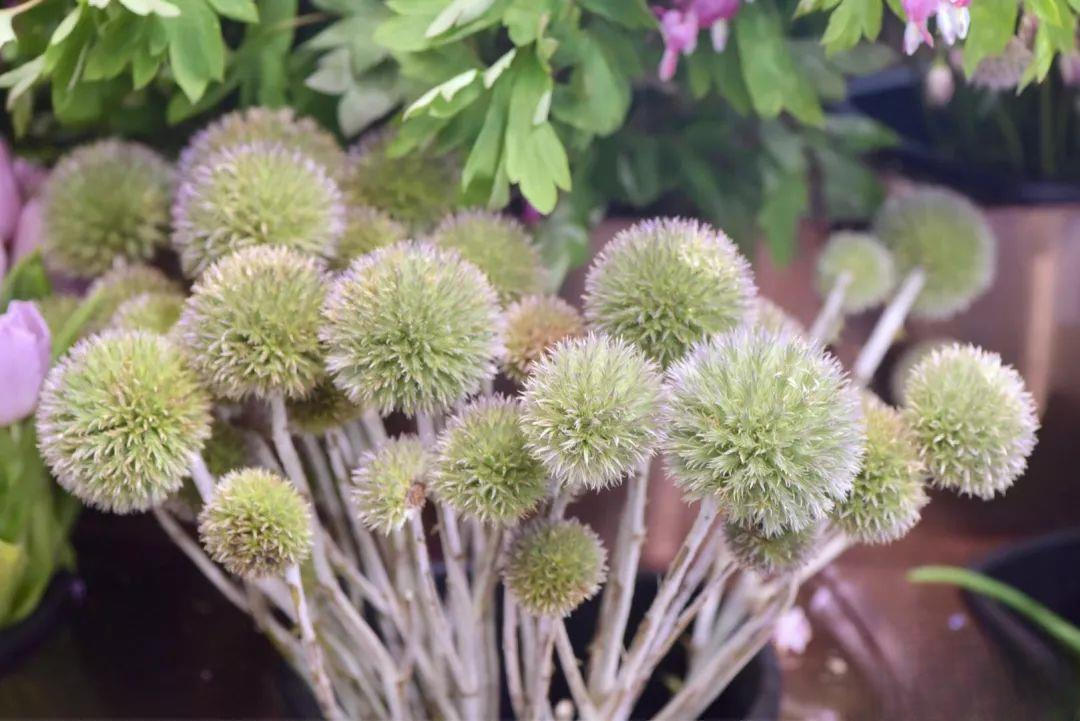 It is also called the blue planet in flower arrangement . The head-shaped inflorescence is like a hedgehog, a little cute and a little strong, and has the same unique temperament as the flat-leaved Eryngium.
It is also called the blue planet in flower arrangement . The head-shaped inflorescence is like a hedgehog, a little cute and a little strong, and has the same unique temperament as the flat-leaved Eryngium.
73. Asteraceae Ozothamnus Ozothamnus diosmifolius
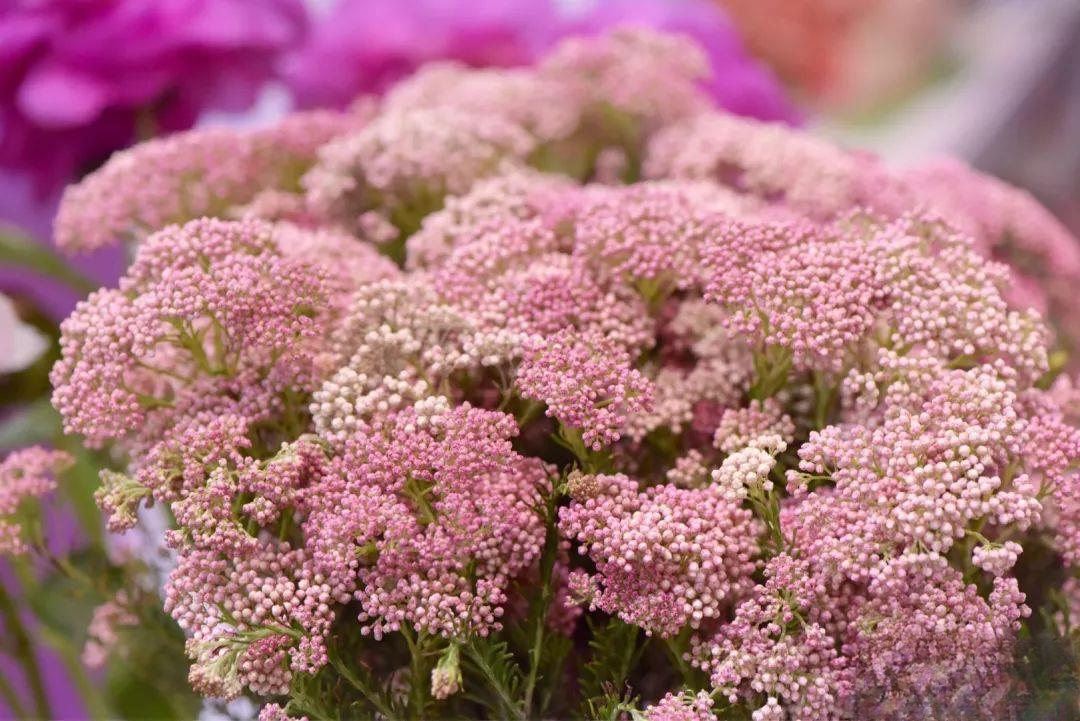
Clusters of small, snow-like and jade-like flowers grow on the terminal branches. The flowers are usually white and pink and have a fragrance. The leaves are small and linear. They are often used as filling ingredients and can also be air-dried as dried flowers.
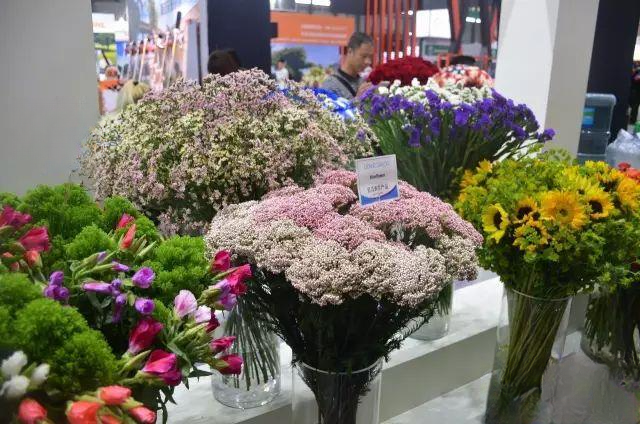
74. Bruniaceae Berzelia Berzelia lanuginosa
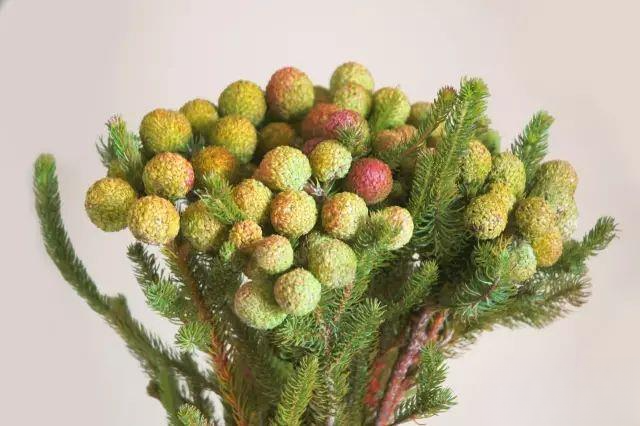 Also known as green coral , it is native to South Africa and is a local endemic species. The flowers are small and dense, with several head inflorescences clustered at the end of short branches, in the shape of pompoms; the color of the flowers is milky white to light yellow, and the flowering period is from June to November.
Also known as green coral , it is native to South Africa and is a local endemic species. The flowers are small and dense, with several head inflorescences clustered at the end of short branches, in the shape of pompoms; the color of the flowers is milky white to light yellow, and the flowering period is from June to November.
75. Euphorbiaceae Euphorbia Euphorbia helioscopia
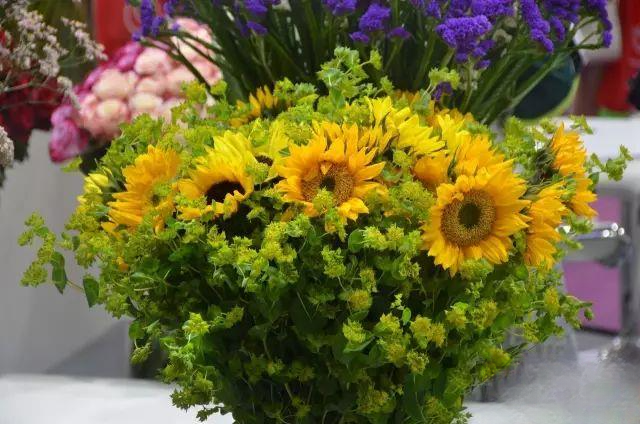 In floriculture, it is called leaf gold . It is a horticultural variety of the common wild grass, and is often used as a material. It should be noted that its milky white juice is highly irritating to the skin and mucous membranes. Try not to directly contact the skin when using flowers.
In floriculture, it is called leaf gold . It is a horticultural variety of the common wild grass, and is often used as a material. It should be noted that its milky white juice is highly irritating to the skin and mucous membranes. Try not to directly contact the skin when using flowers.
76. Euphorbiaceae Jatropha Jatropha podagrica
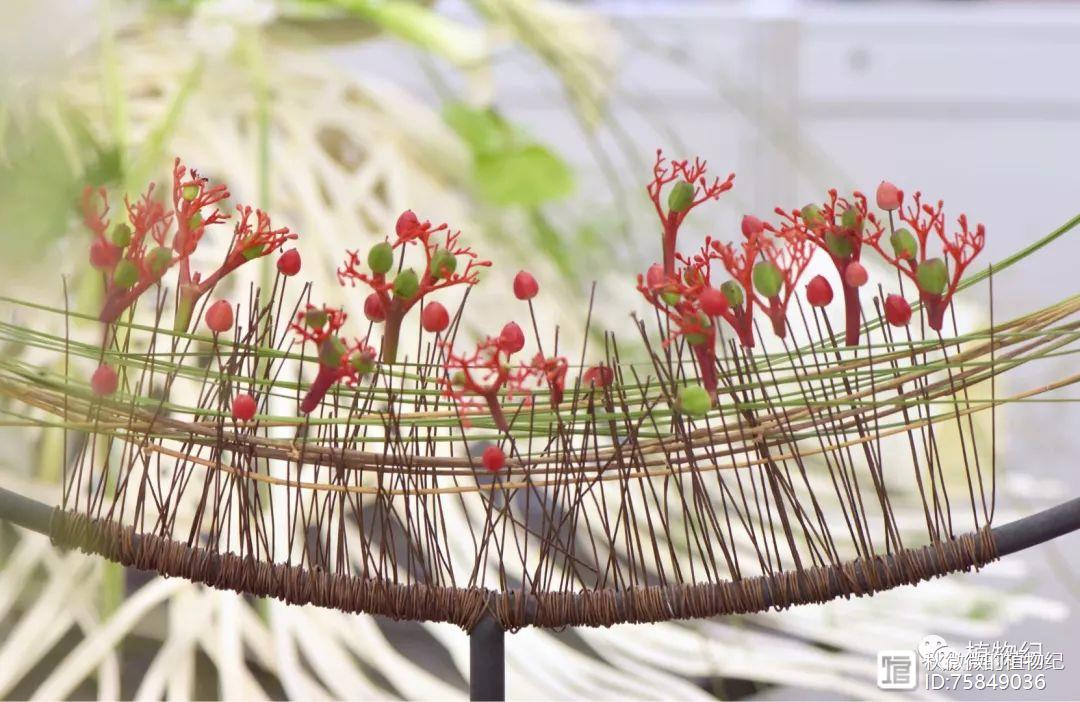
In floriculture, it is called coral flower , but it is actually the inflorescence of the Buddha's belly tree, which belongs to the Euphorbiaceae family like the Rhus zedoaria . The sap is poisonous, so you need to be careful when handling it.
77. Hypericaceae Hypericum Hypericum monogynum
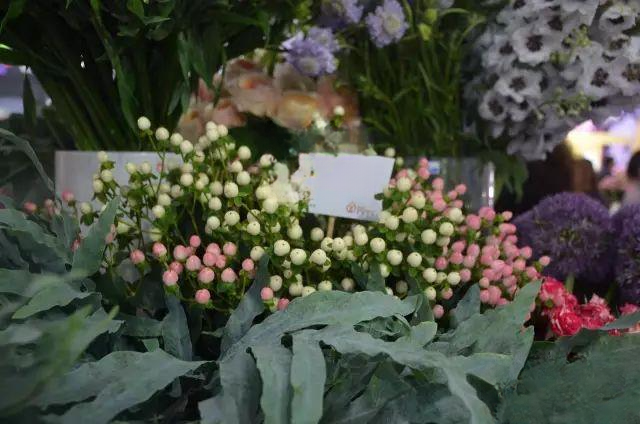 Often called fire dragon balls or red beans , the fruit is bright red and shiny, and the color remains unchanged after long-term storage. The more common colors are red, pink and white. In fact, it is the fruit of the ornamental species cultivated from the yellow flowers of Hypericum that we often see in spring and summer.
Often called fire dragon balls or red beans , the fruit is bright red and shiny, and the color remains unchanged after long-term storage. The more common colors are red, pink and white. In fact, it is the fruit of the ornamental species cultivated from the yellow flowers of Hypericum that we often see in spring and summer.
Friends who can see this are all true fans, and I will give you three beautiful pictures~
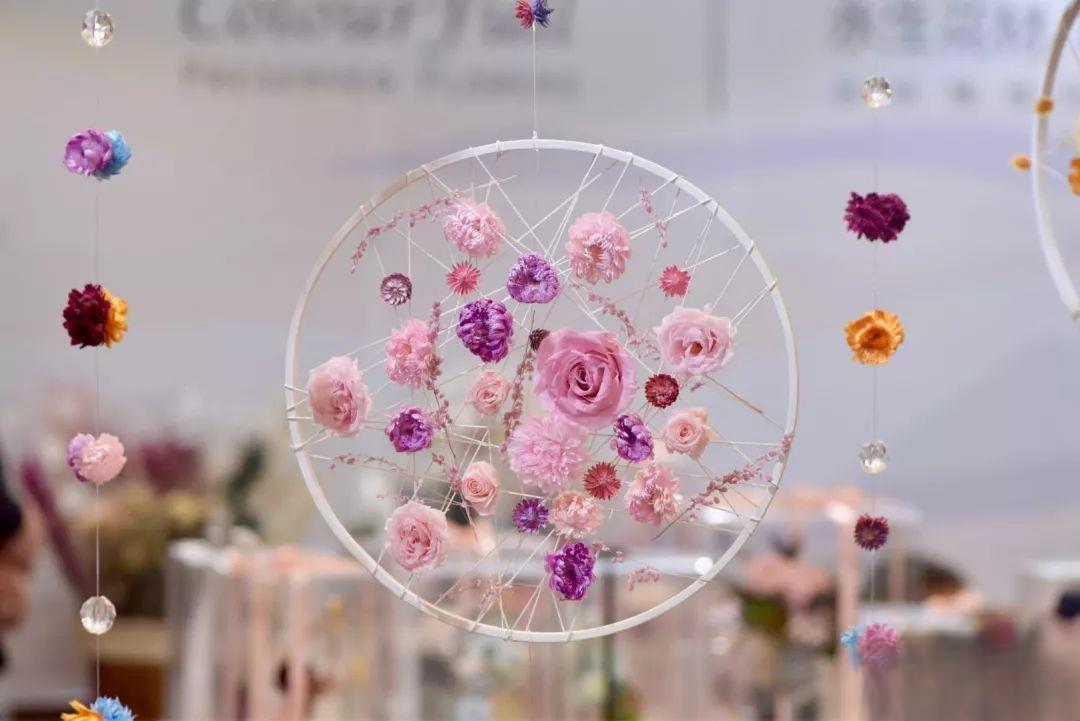
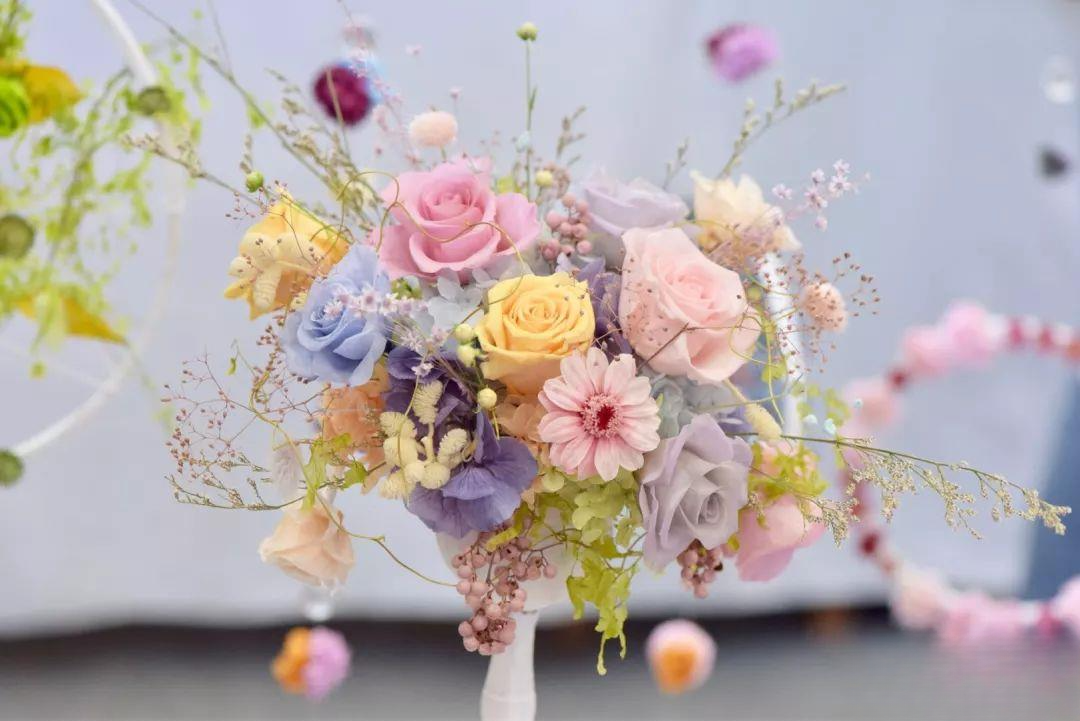
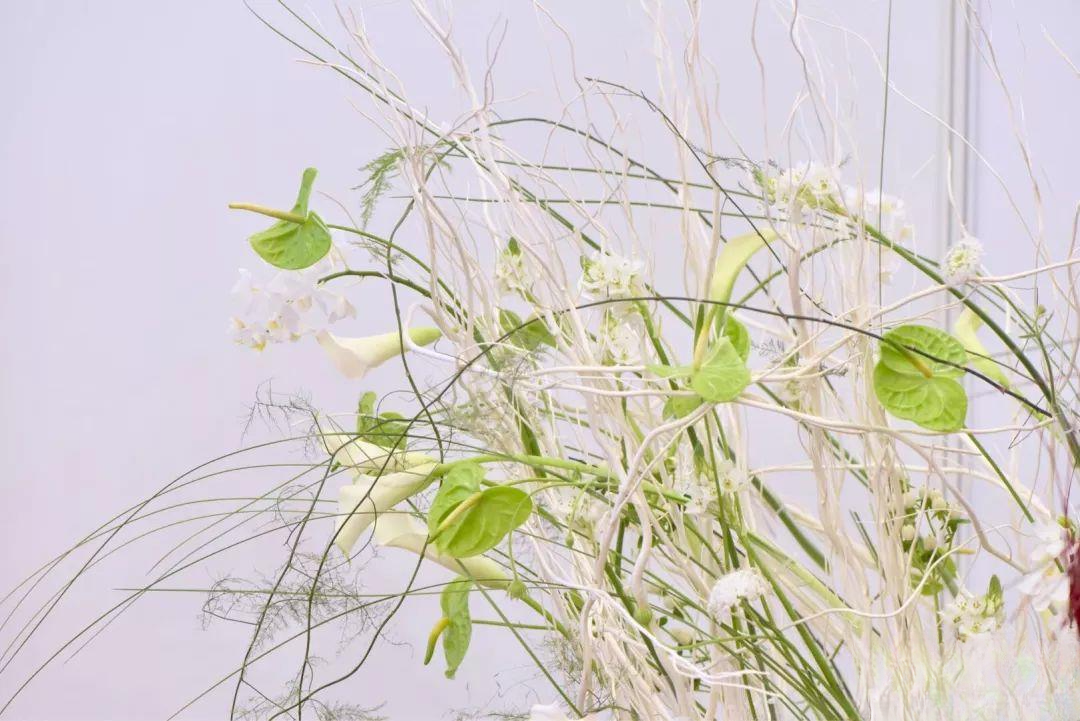
Finally, a friendly reminder: The International Flower Show is held in Beijing and Shanghai every year. The venue is Shanghai in odd-numbered years and Beijing in even-numbered years. It is generally held from April to May. You can make an appointment on the official website before the show starts. The exhibition lasts three days, and most exhibits are usually for sale on the last day of the flower show, so friends who are interested in this can pay attention to it.